Week 56: Colorado (before we moved there)
After leaving behind the awesomeness of Glacier National Park and spending a few days moving across Montana (it’s big!), we were planning to go to the Black Hills in South Dakota. However… how do we put this politely?
We needed some goddamn Internet.
The unlimited Internet hotspot we had at this point in our trip used Sprint’s network. But there is a giant hole in Sprint’s network coverage in the northern Rocky Mountain area, and that was where we had been living for months.
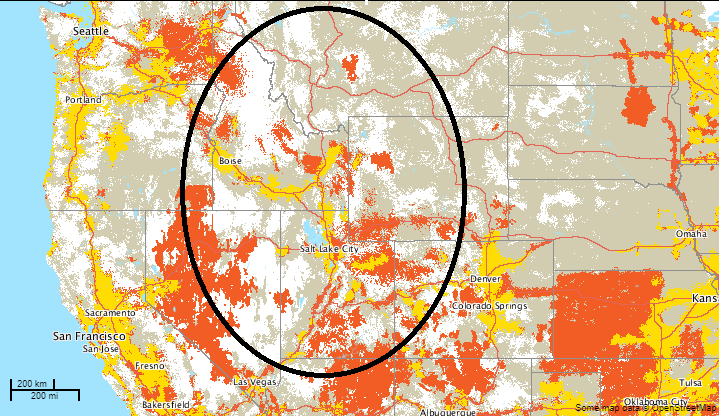
In the map above, the yellow represents “good service” and the red represents “good luck.” Note the circled area in the map above. We were within that circle, or someplace with even less service, between May 6 late July. Let’s just say the idea of going weeks longer without Internet as we explored the Dakotas was a real non-starter.
No Internet and no civilization make Jake and Heather… something something.
So we called an audible and headed down to the bright yellow at Longmont, Colorado, a little bit north of Denver (where we live now). It is an area full of brand-new big box stores and strip malls, restaurants, breweries, and — glory of glories — a strong 4G Sprint signal.
Not much to say about the drive there. Wyoming is huge and empty, and although it can be beautiful, it is also very easy to drive through. Then we hit Colorado, and suddenly – people!! It’s an odd feeling to go from days of driving through nothing to gridlock all at once.
We stayed in Longmont’s county fairgrounds / RV park, which was both a good deal and the only open place to stay for about fifty miles. It was a good spot to visit Jake’s sister Kate in Boulder, and also to explore Denver a little, since it was on our list of possible locations to move to. And since we did pick Denver, we actually came back and lived at the fairgrounds for a while when we moved out to Colorado, several months later.
It was a pretty great time. We hiked up the Flatirons, a famous set of vertical plate-like mountains near Boulder.
We hung out at a heavy metal-themed brewery, which was exactly as weird and awesome as it sounds, then caught a Rockies game at Coors Field.
We also caught a show at the iconic Red Rocks amphitheater. They have movie nights during the summer, and we saw Labyrinth. You know, that 80s one with David Bowie? It’s a very strange movie, but Red Rocks is a pretty amazing place to see it.
Plus: there was a whole David Bowie tribute band competition thing!
Mistakes Were Made
A few days after getting to Colorado, we decided to do what Colorado is famous for: get high!
Yes, we climbed a so-called “14er” – a 14,000 foot peak – with Kate. What did you think we meant?
It’s not quite as crazy as it sounds – the trailhead starts at around 11,000 feet. Still, it is high, and both Fischers have had issues with elevation in the past. We chose Mt. Bierstadt, a “beginner” 14er.
First note: we got there way too late. It was almost two hours to get to the trailhead, and we didn’t make it until about 9 a.m. Getting there early is important because the mountains in Colorado are notorious for afternoon thunderstorms.
Second note: it was a pretty hike. Very pretty. And not too steep!
Third note: Oh god, the elevation! Heather was relatively unaffected. For Jake and Kate, every step was basically exhausting… and there were a lot of steps.
Taking frequent breaks, we slooooooooowly made our way to the top. Halfway up, college-age workers were repairing the trail, moving heavy stones with ease while we quietly panted. Occasionally, someone wearing Lycra would run past us, sprinting up the trail without seeming to sweat.
We finally made it to the top around noon. No problem – the clouds were all fluffy and white. We rested, ate some lunch, and took a few photos of the awesome landscape.
The actual peak was on a small mound nearby. It required boulder scrambling, but we (Jake and Heather) decided to try it. We made it up in about fifteen minutes, and assumed we would be just fine. Jake posed for the cheerfully oblivious photo below.
See those dark clouds behind him? Yeah…
Storms come fast in the mountains.
About ten minutes after that photo was taken, we were booking it down the trail while pouring rain and hail blasted down around us. Soon, lightning started slamming down onto the mountains around us. We took a look around and gulped – we were still above the treeline. In fact, we were the highest thing around for miles.
No need to linger. It was bad, but we survived. Plus, so far as anyone knows, Jake didn’t get hit by lightning and then reanimated in a gross violation of biology and physics.
So. Don’t need to ask about that.
Rocky Road
We did lots of fun stuff in Colorado, but one other stands out – our visit to Rocky Mountain National Park. We were fresh off our Glacier high, but being National Park completionists, we couldn’t turn down the opportunity.
The main claim to fame at Rocky Mountain’s name is Trail Ridge Road. It’s a scenic drive that winds along a deep mountain valley, stunning peaks visible in the background. Unfortunately it was raining on and off while we were there, but we still liked it quite a bit.
But if we’re being honest… all we could think about was that Glacier’s is better. (Note: that is not a popular opinion in Colorado.)
We do have to say that we live close to Rocky Mountain now, and we’ve been back a few times and really enjoyed it. Even better, there’s a lot more to explore. It might not be Glacier, but if you can’t be with the one you love, love you one you’re with. – Michael Scott.
Final verdict? Rocky Mountain is awesome.
(But it’s not Glacier.)

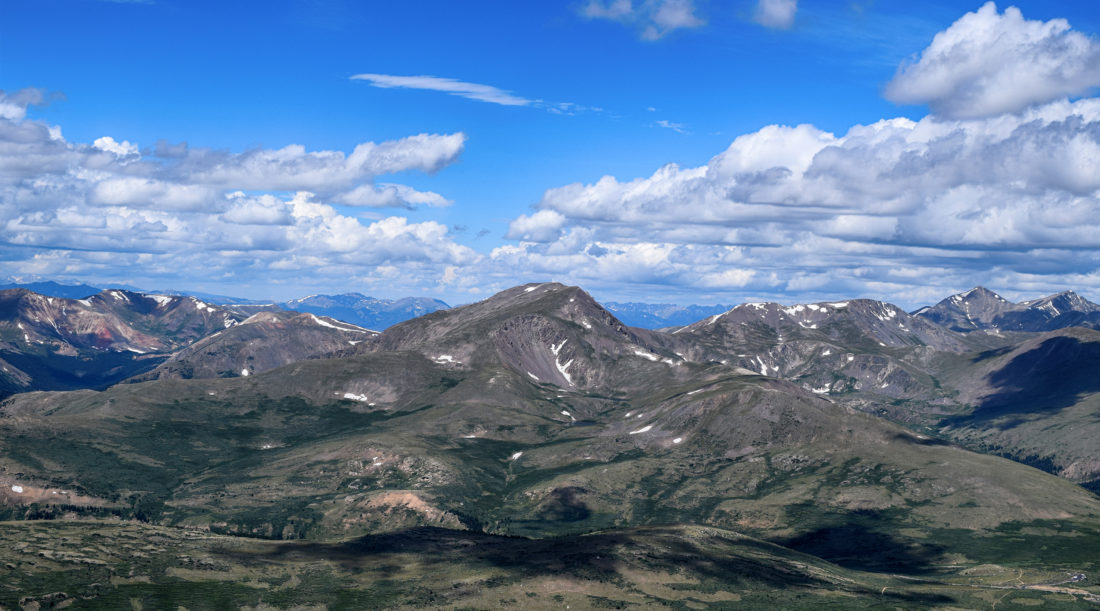
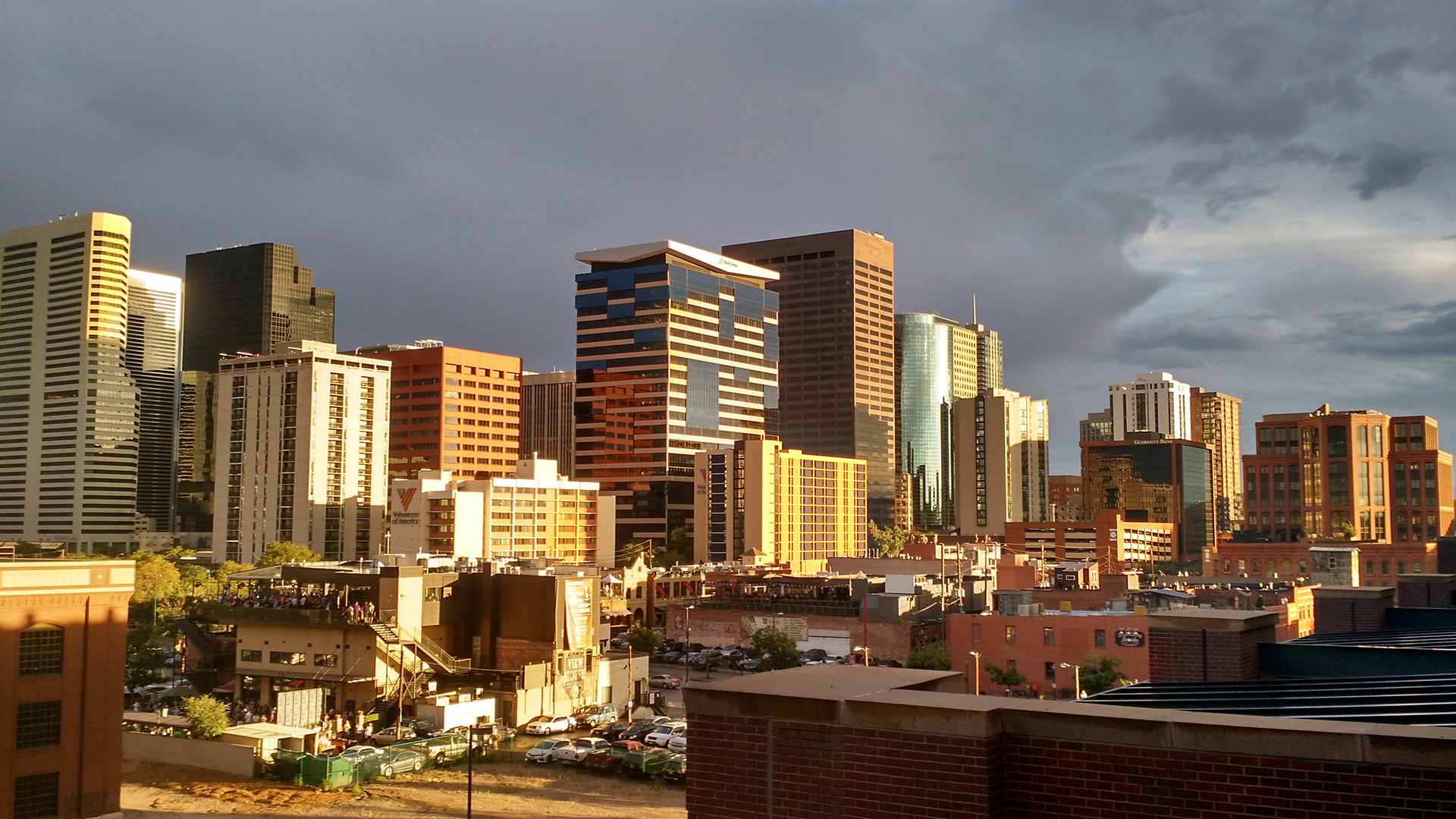
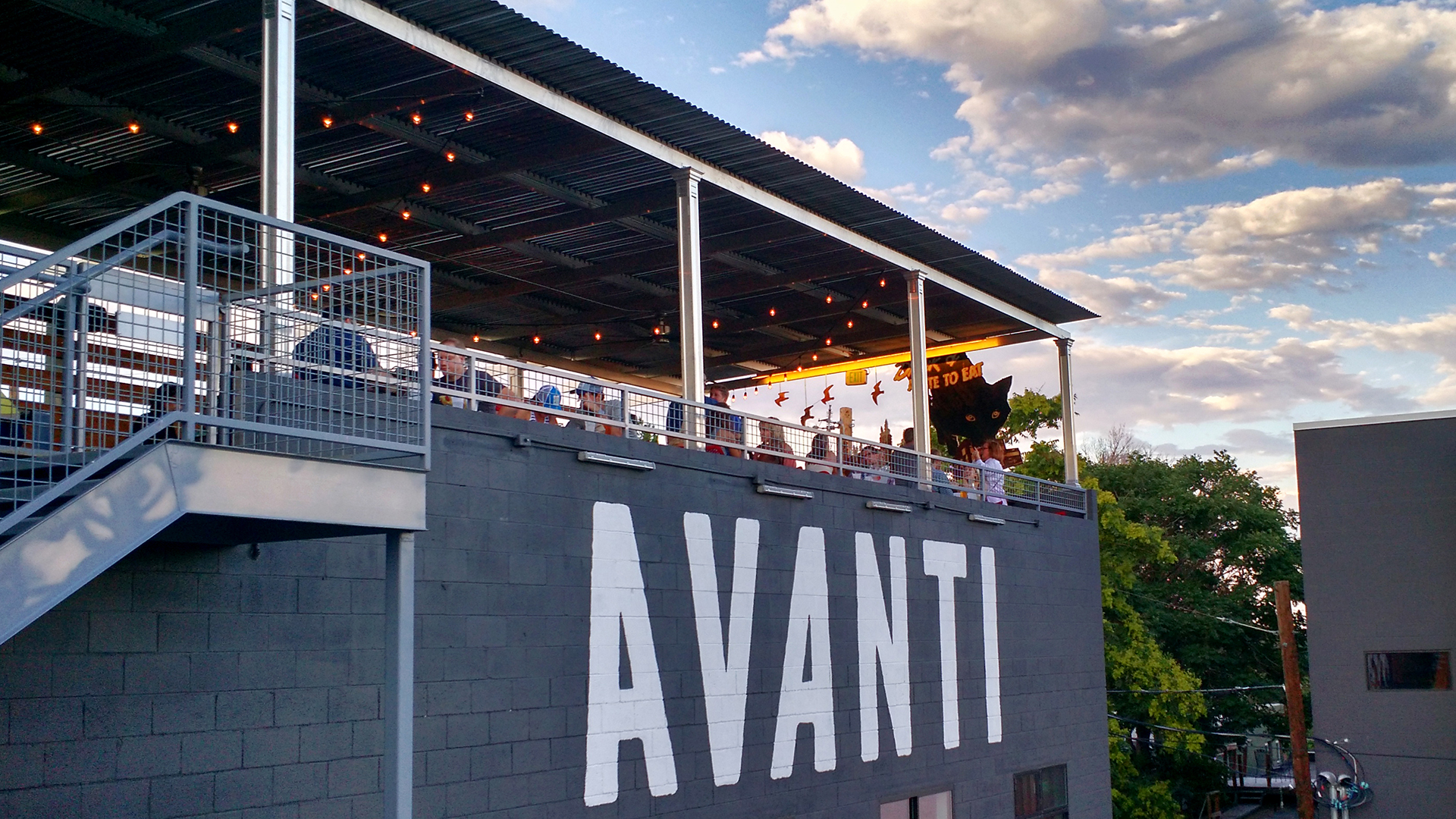


















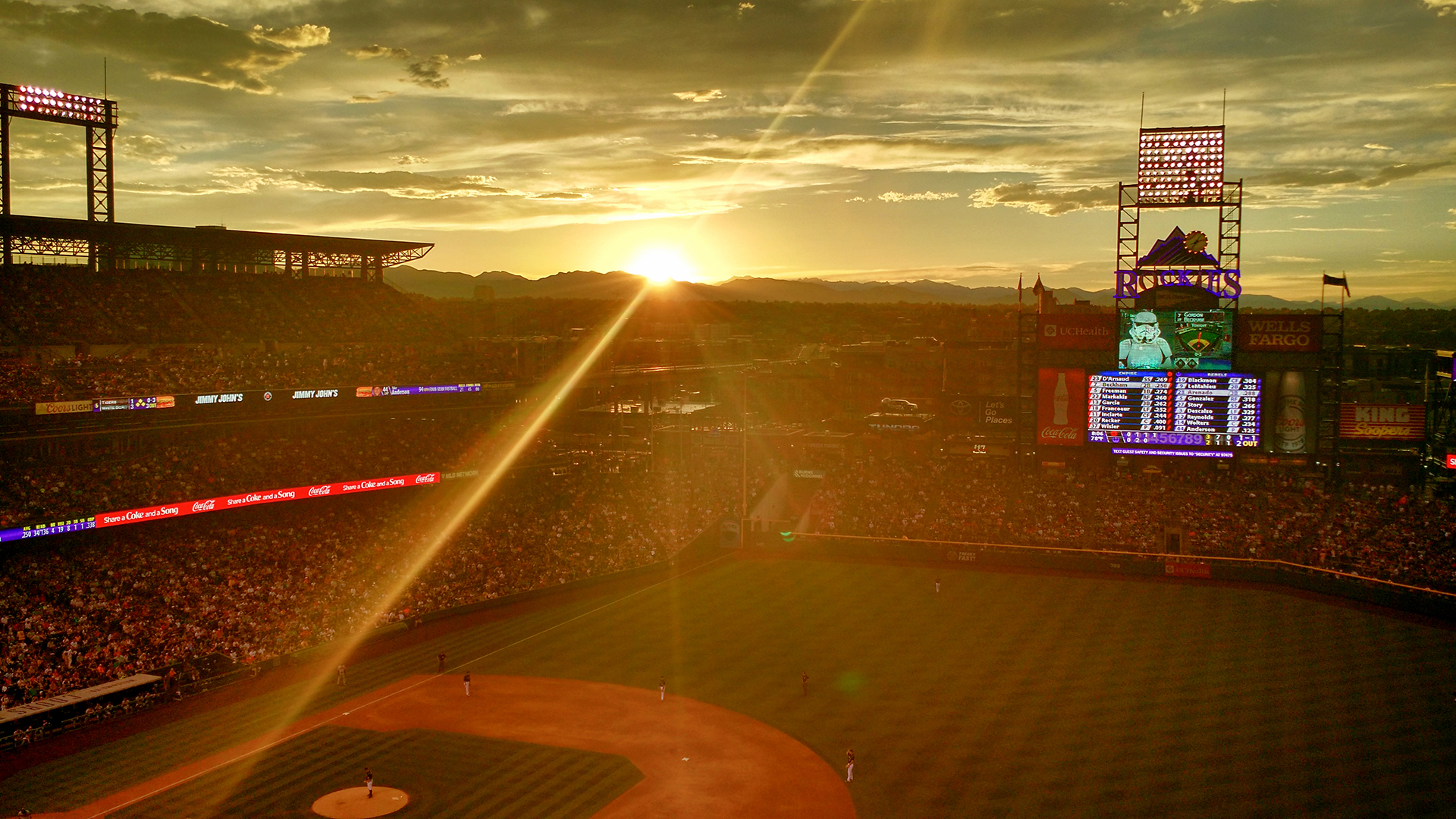
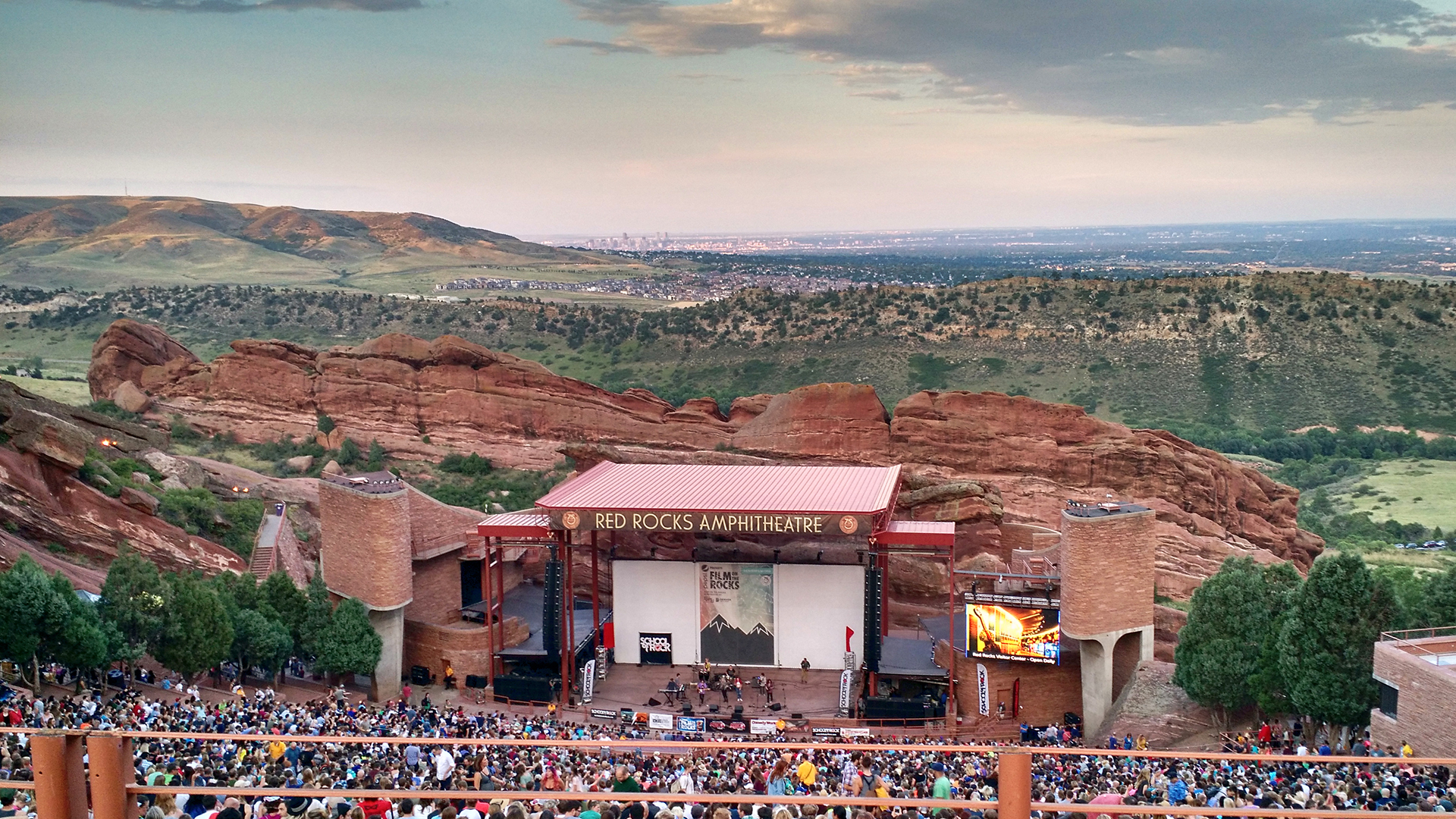
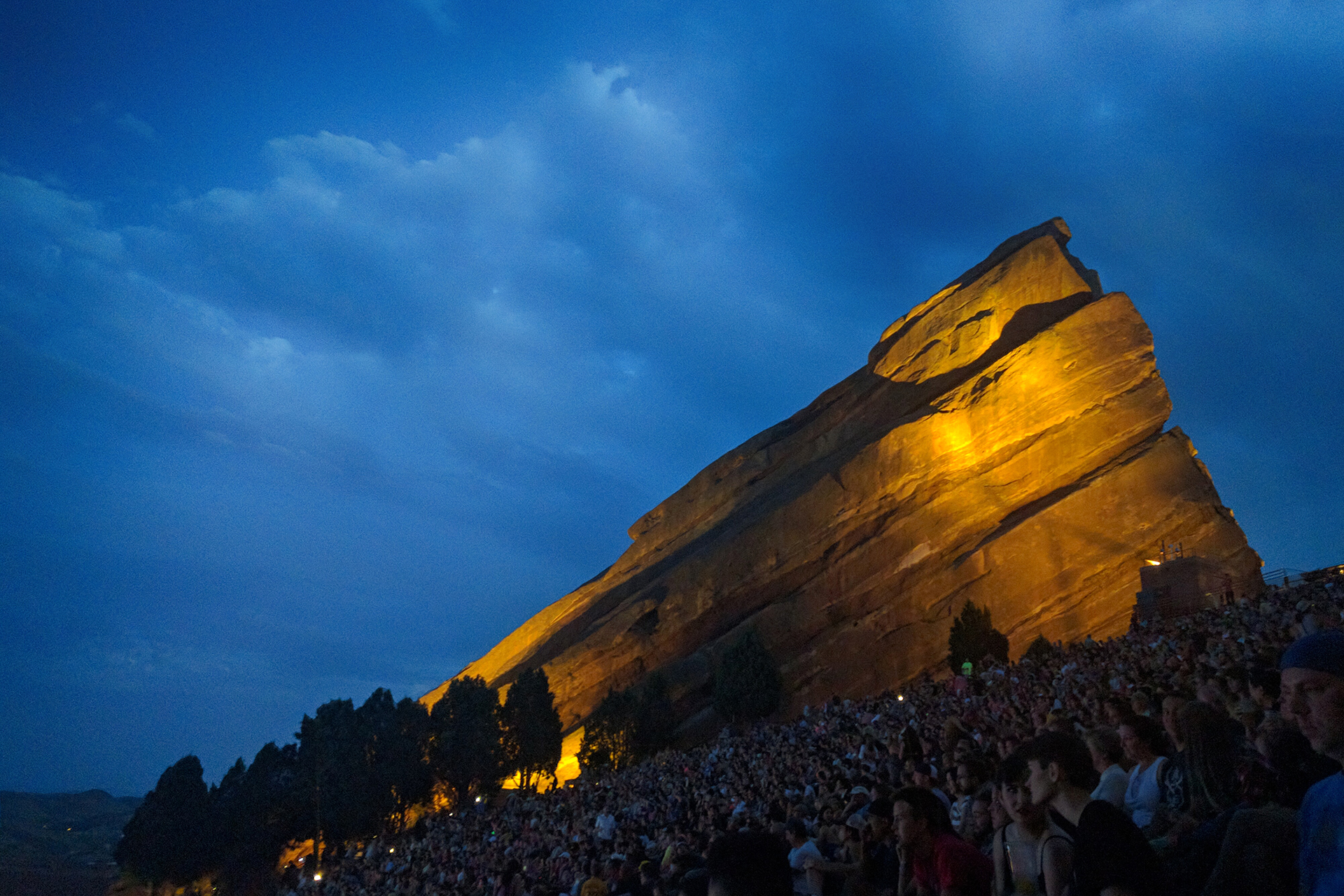
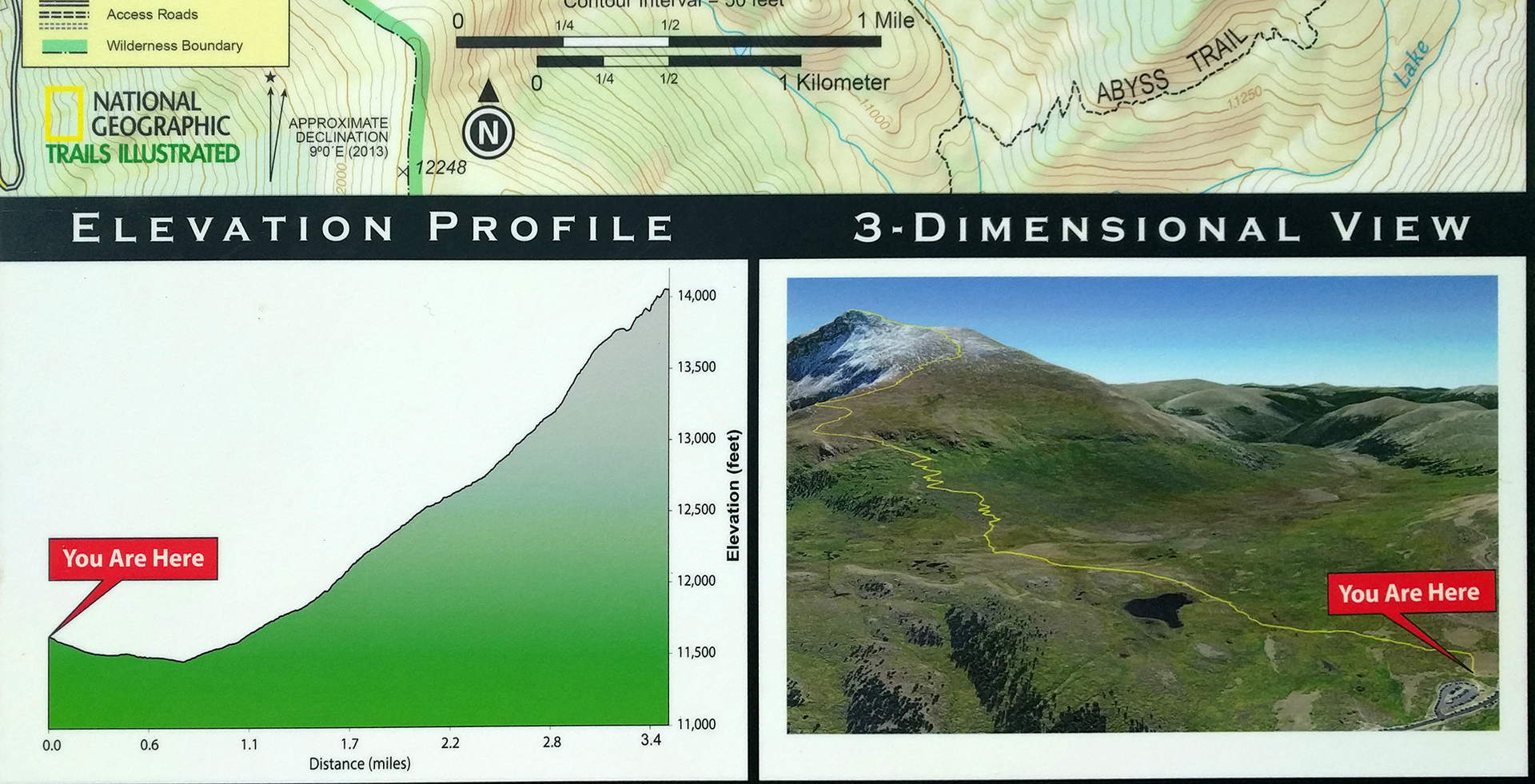
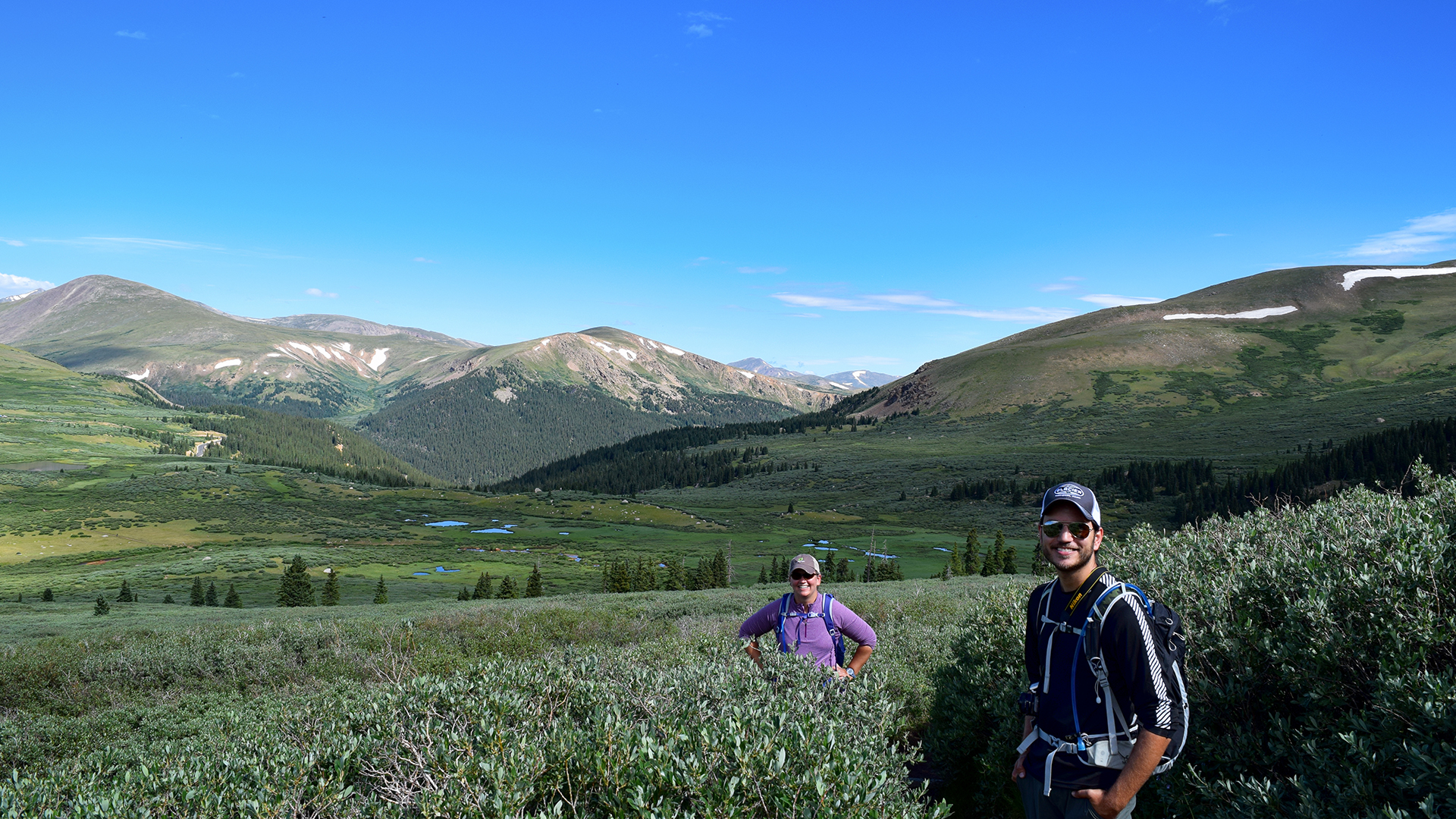
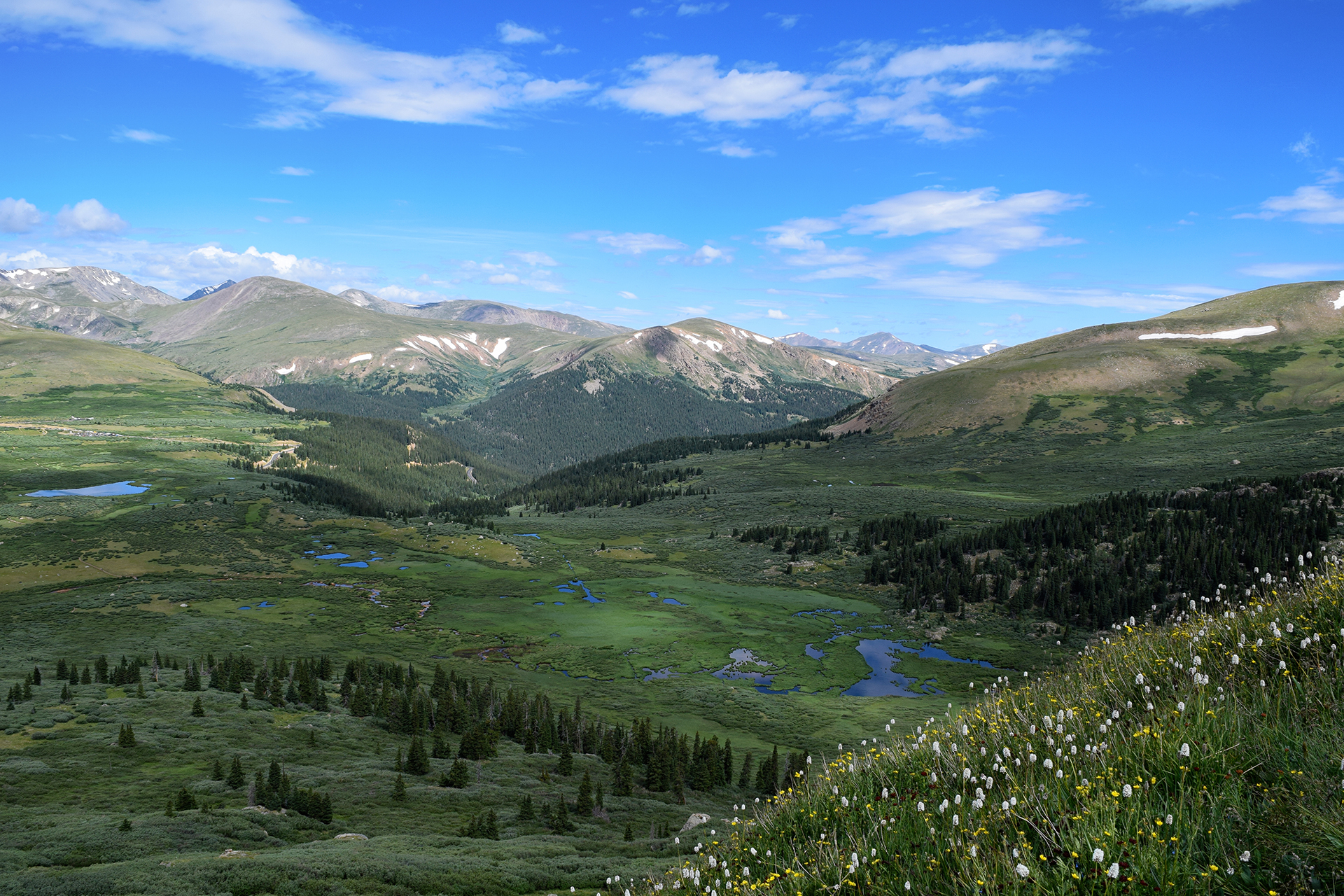













































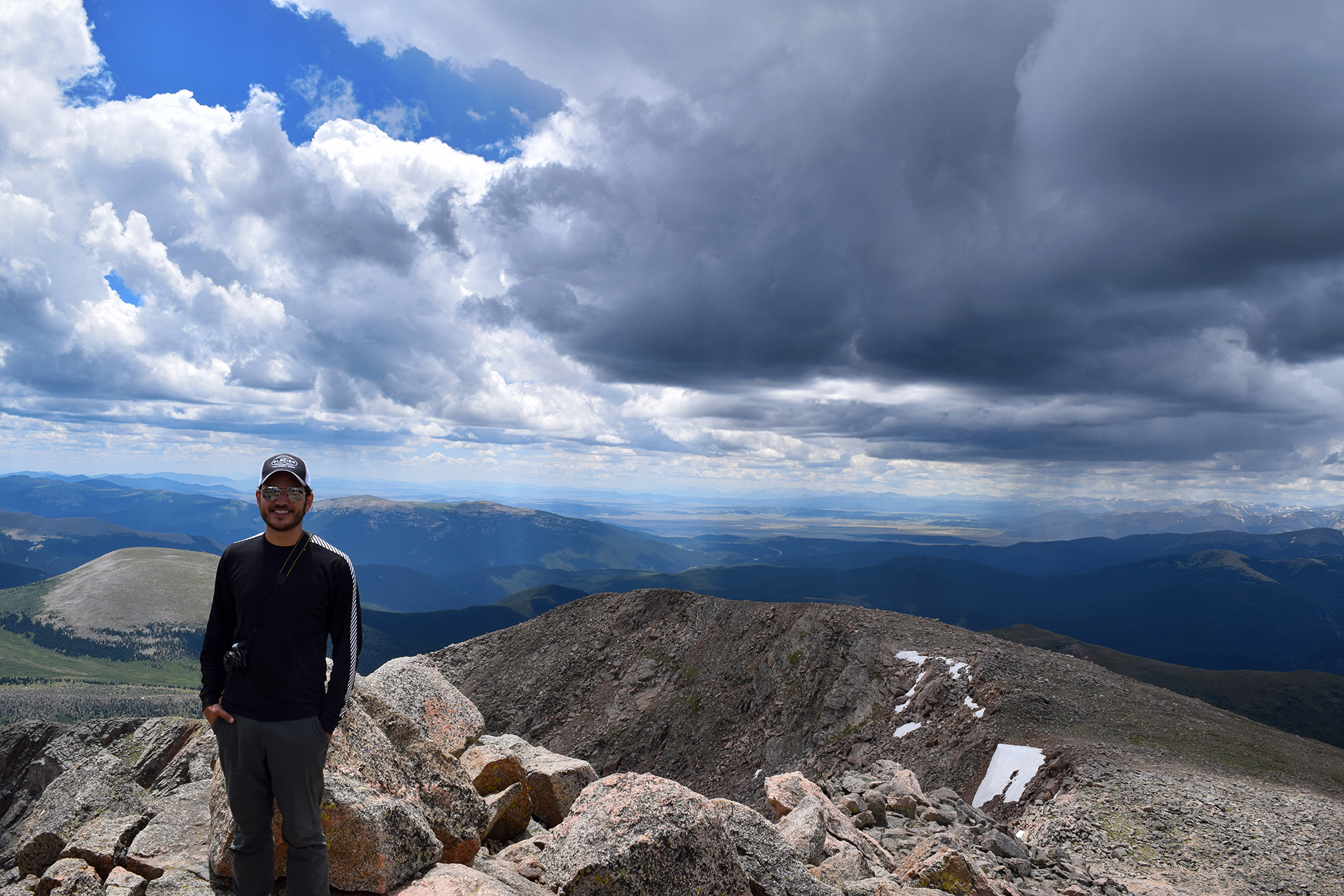
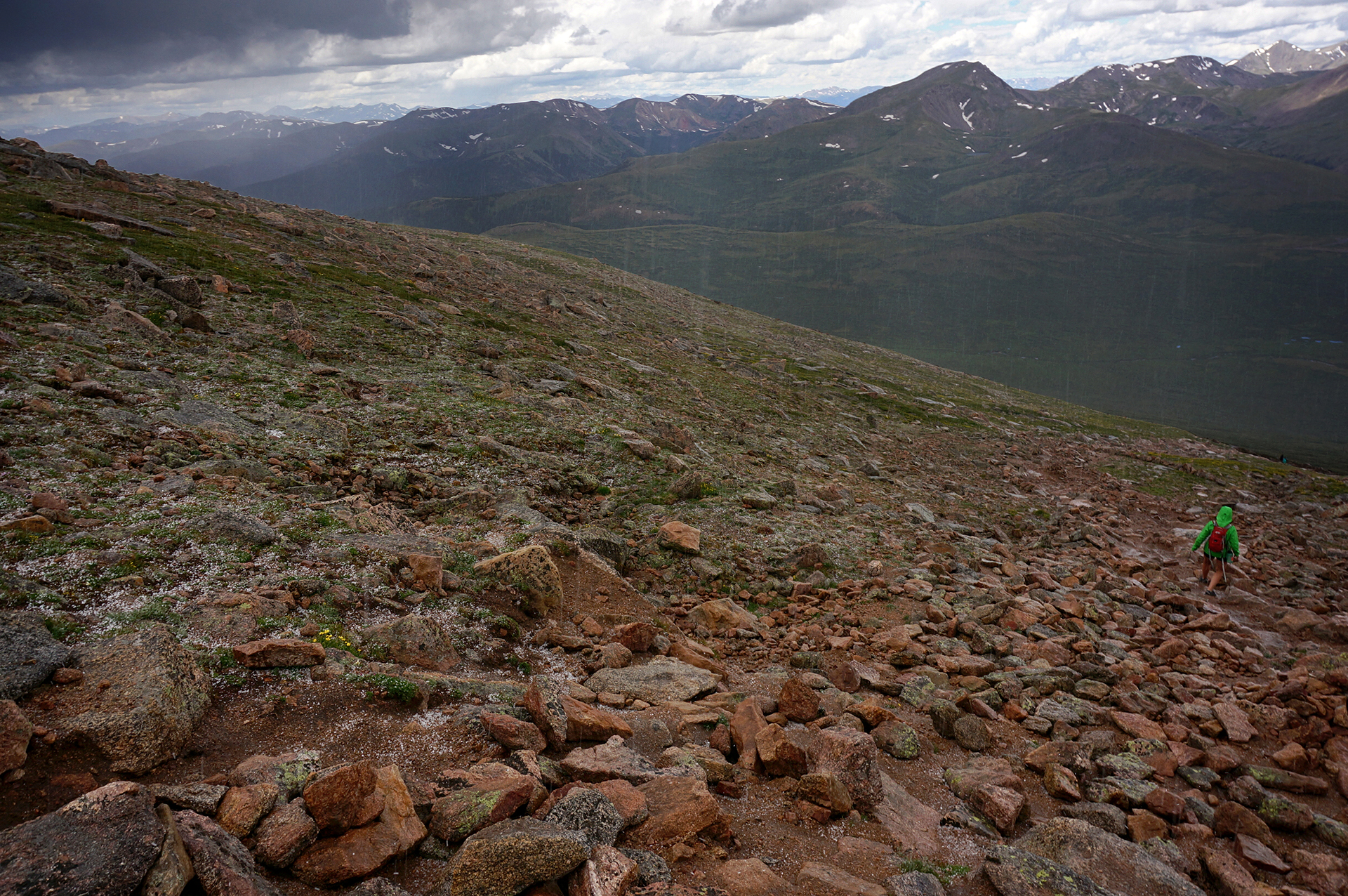































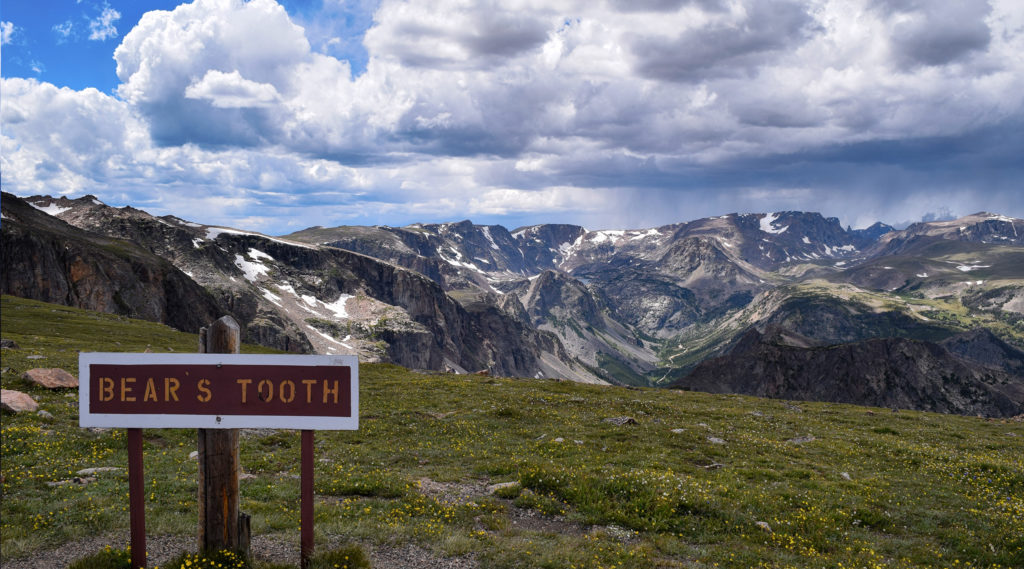
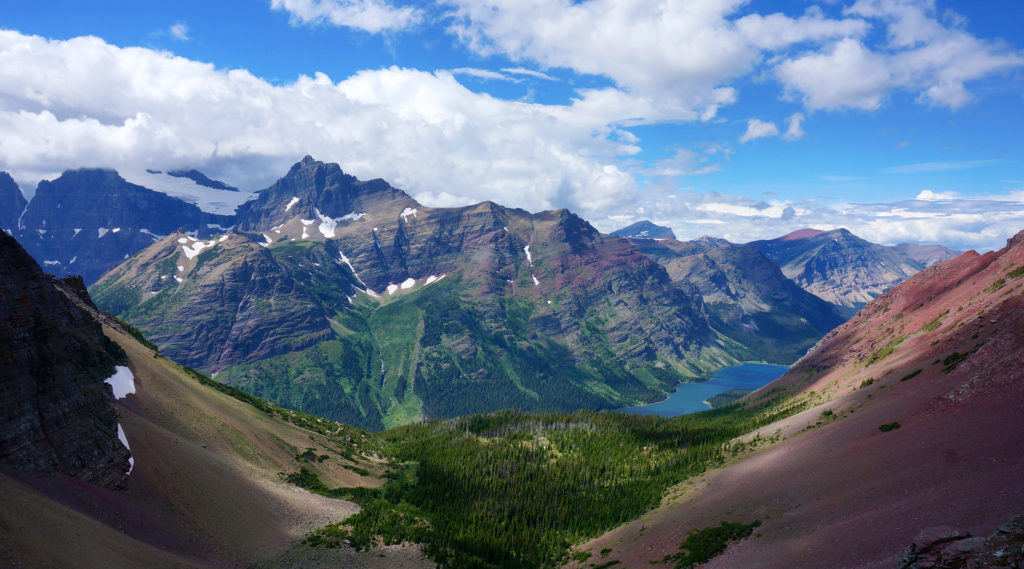
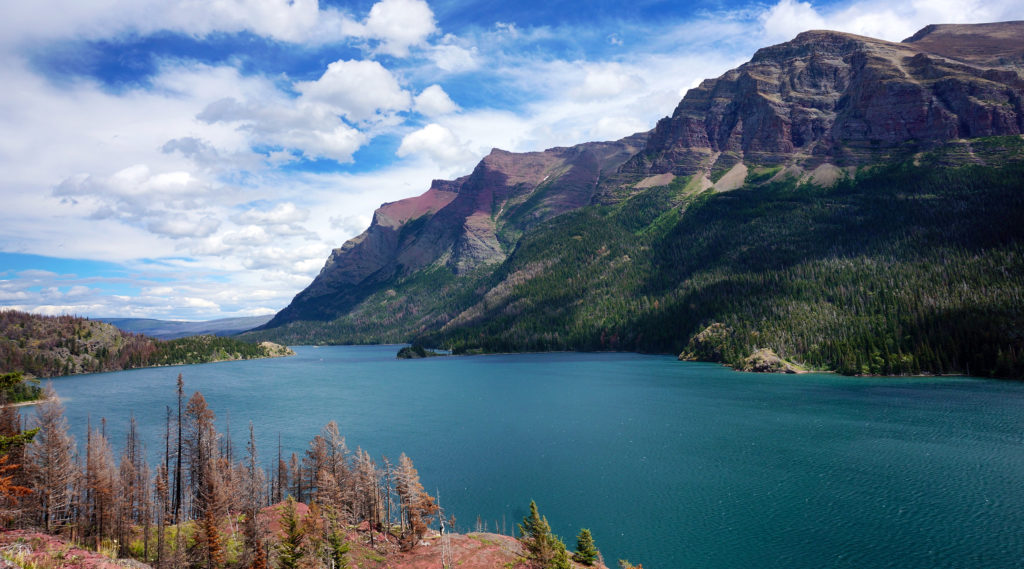
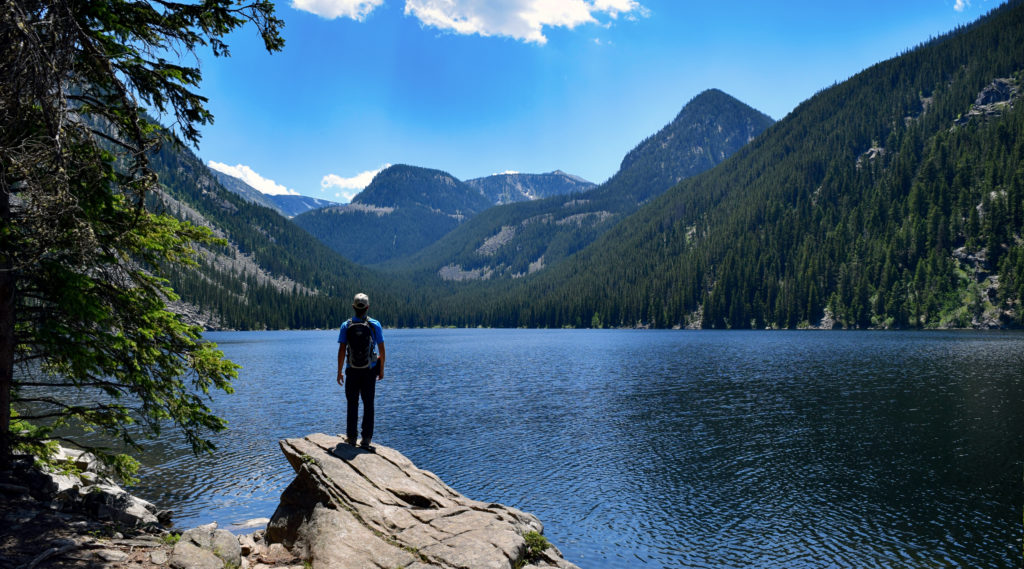
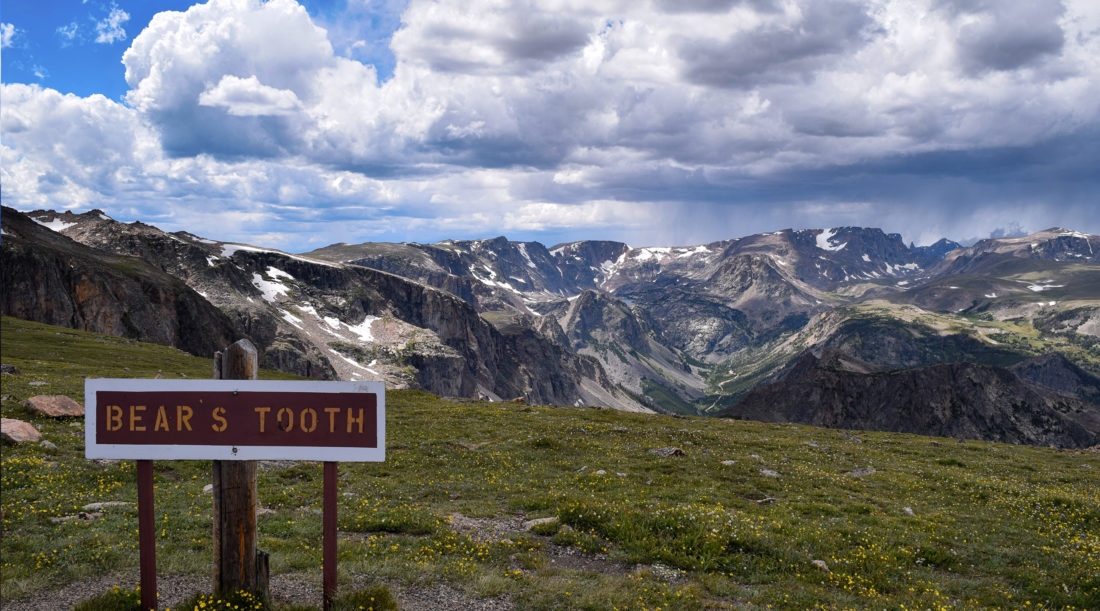
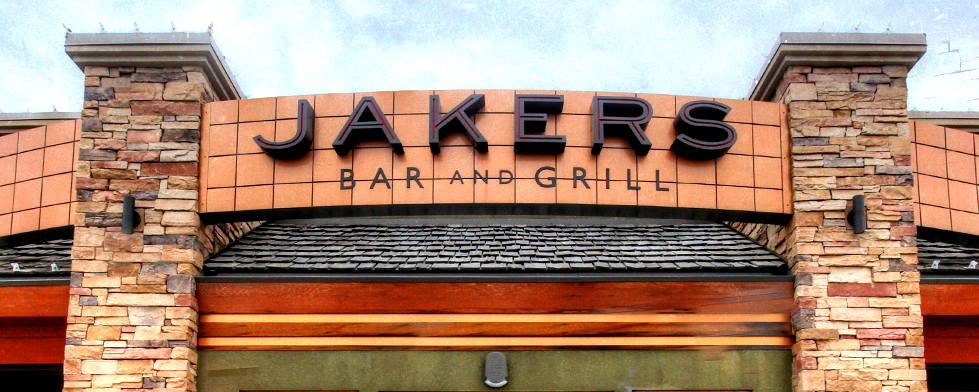














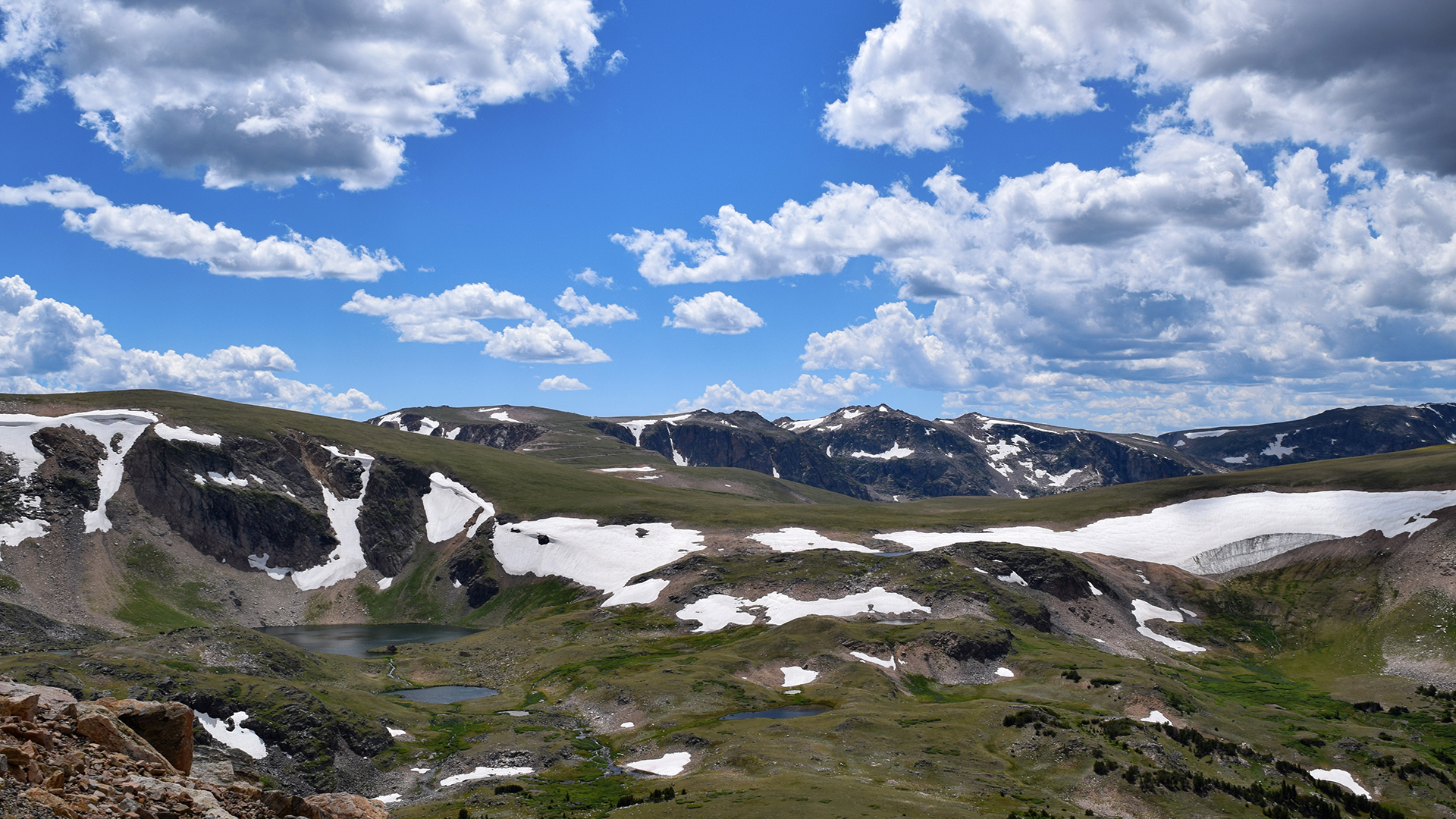


















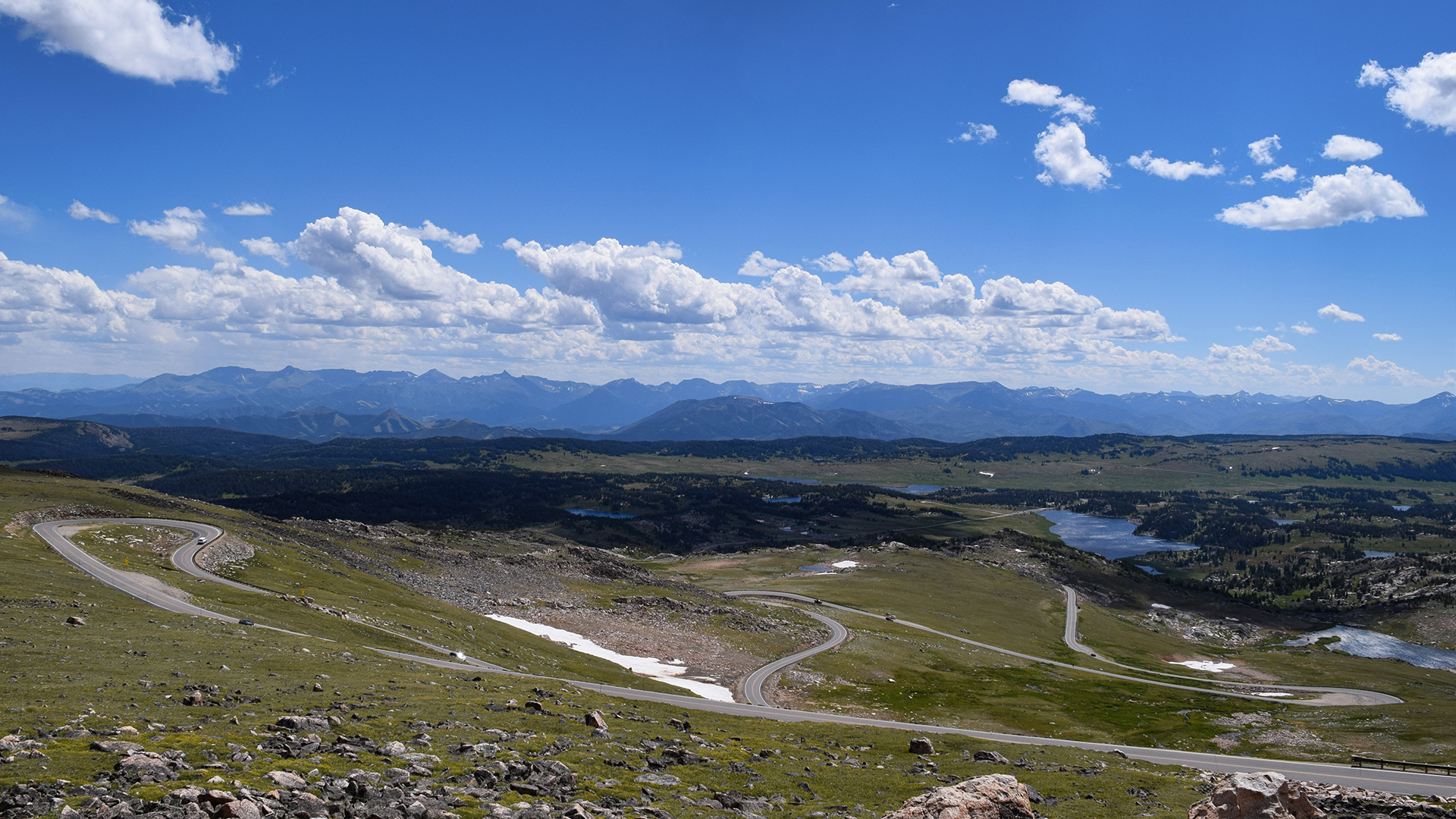
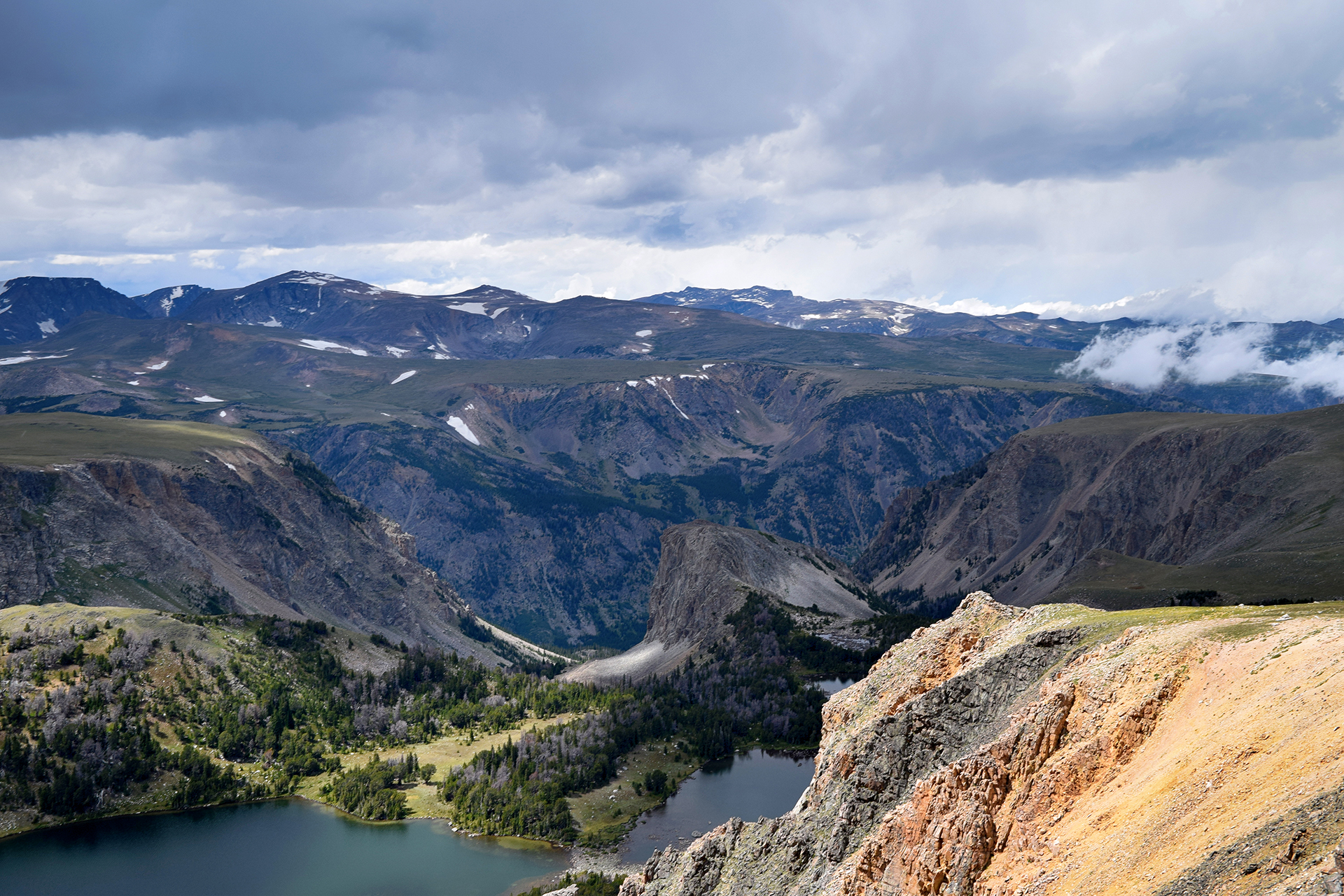
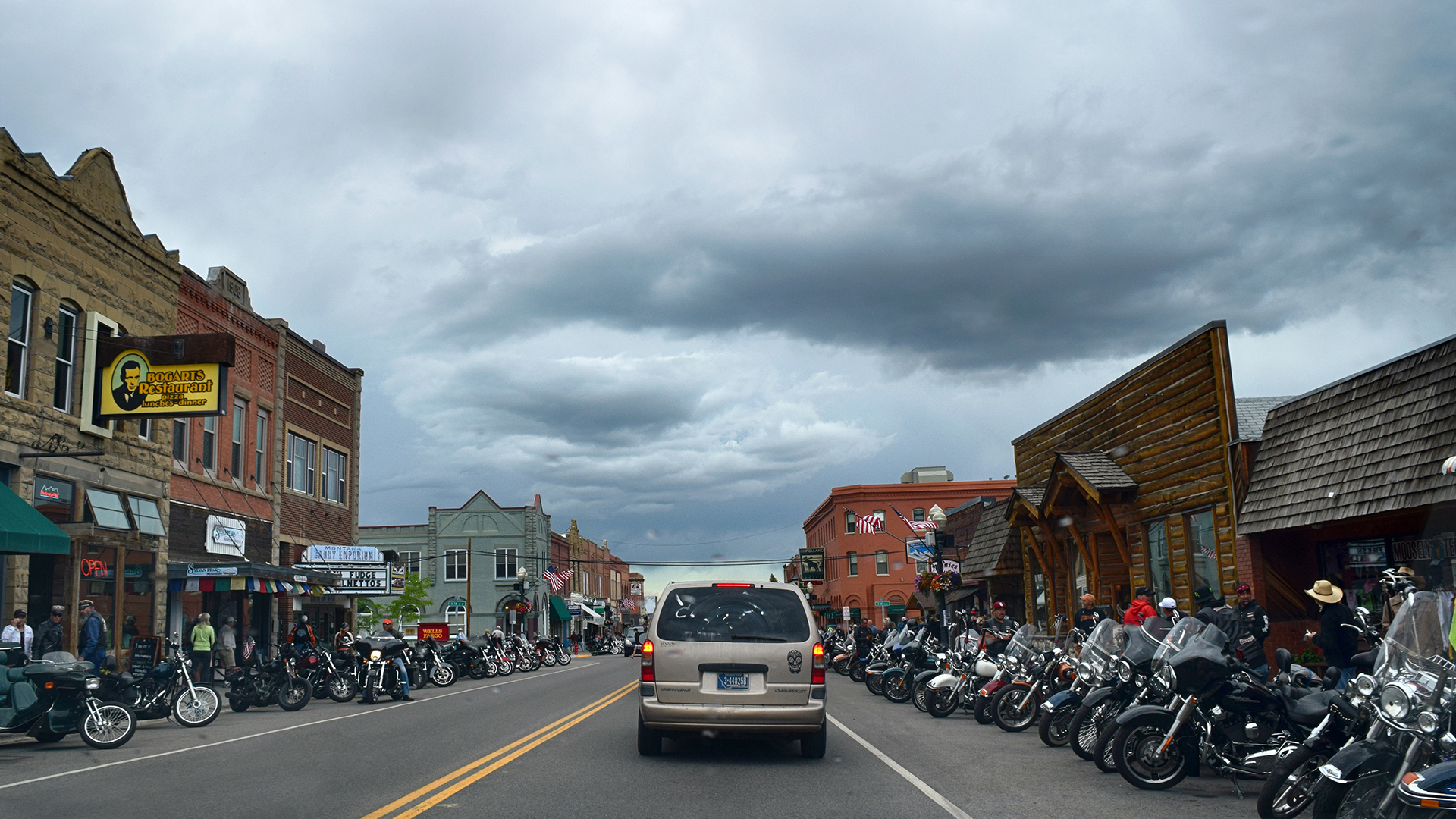
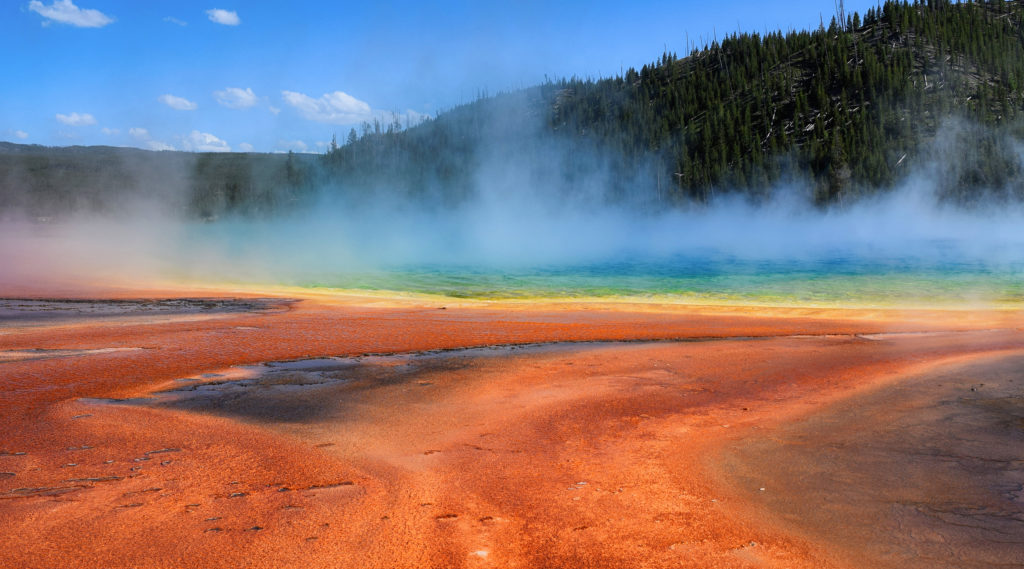

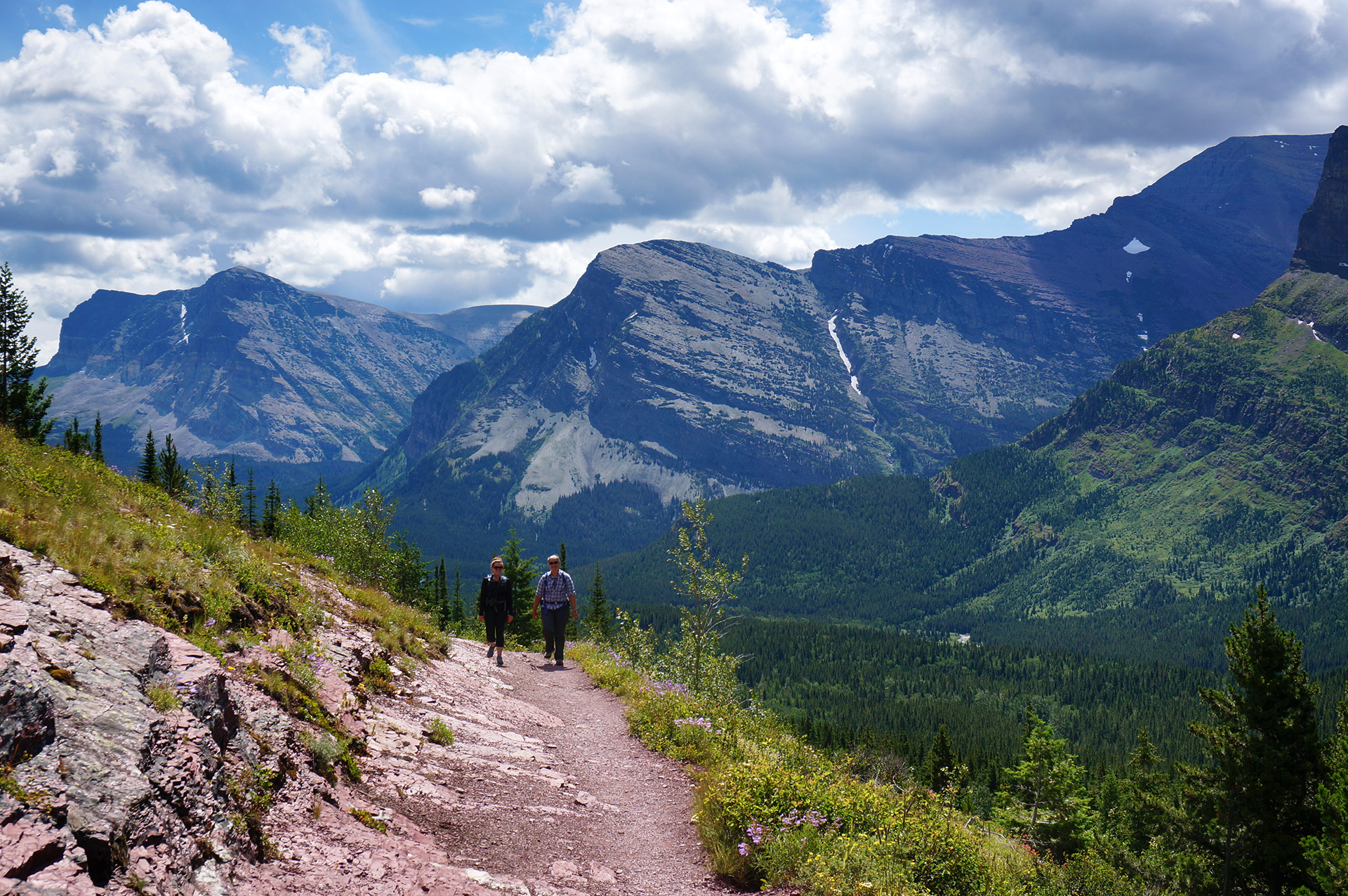
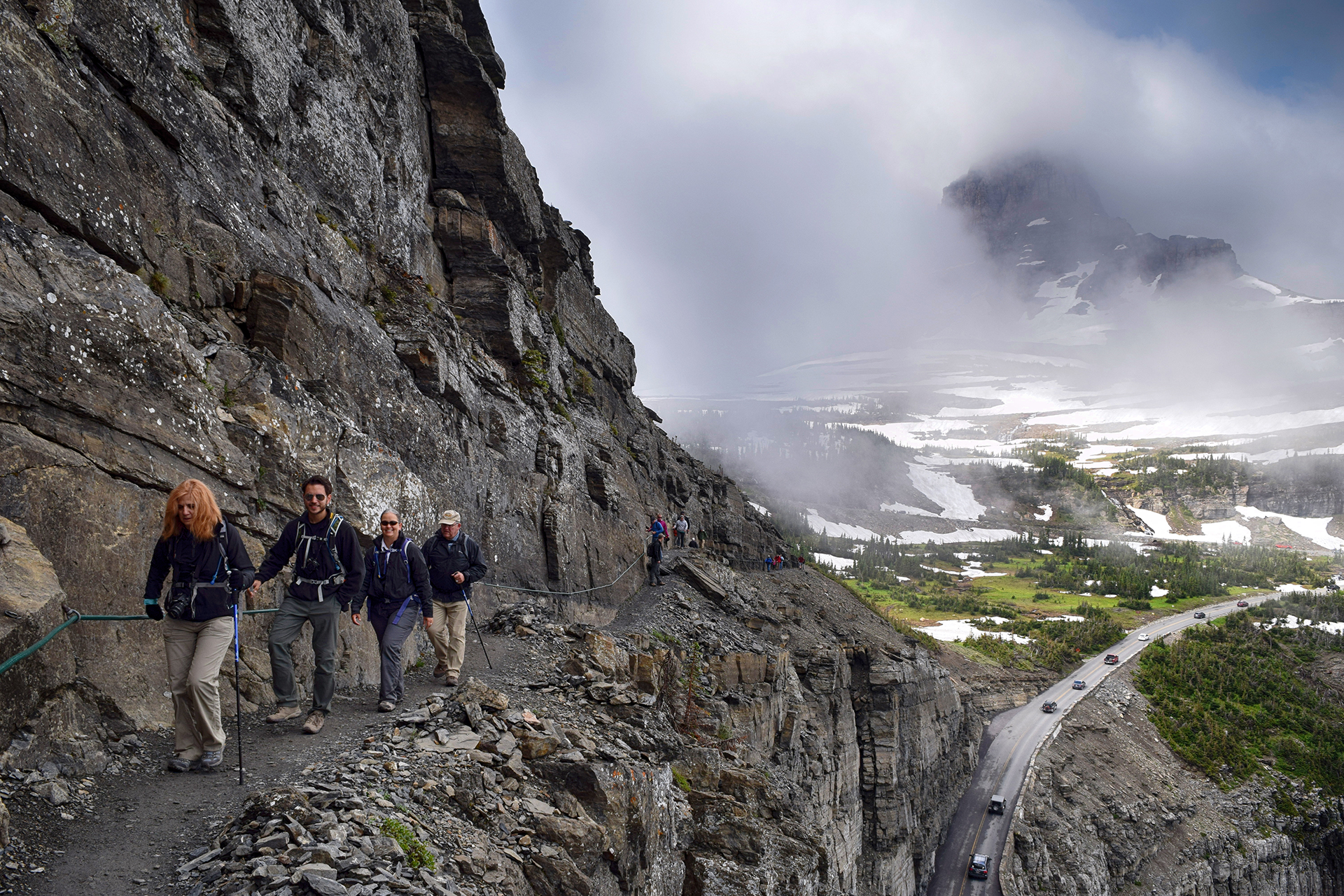
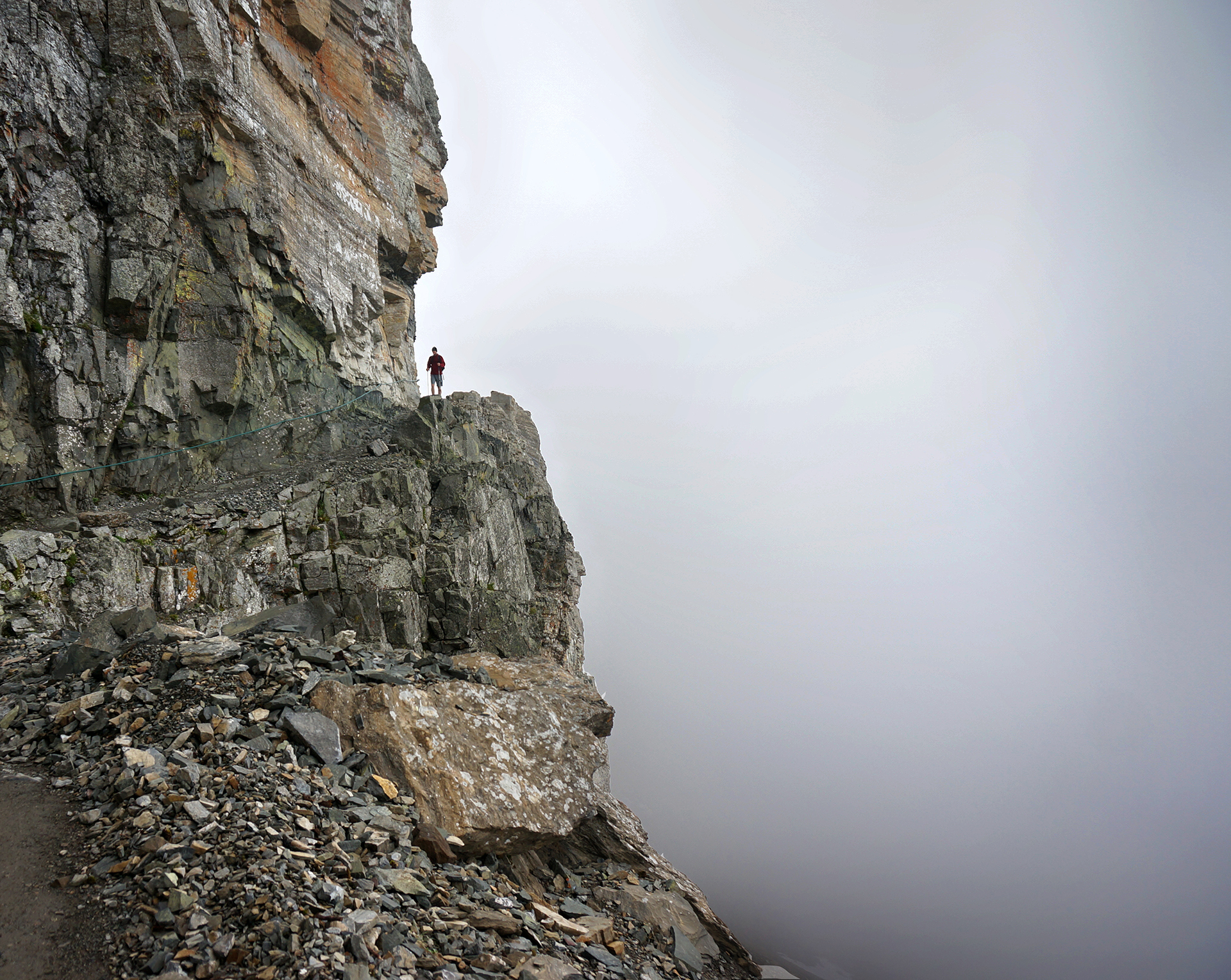














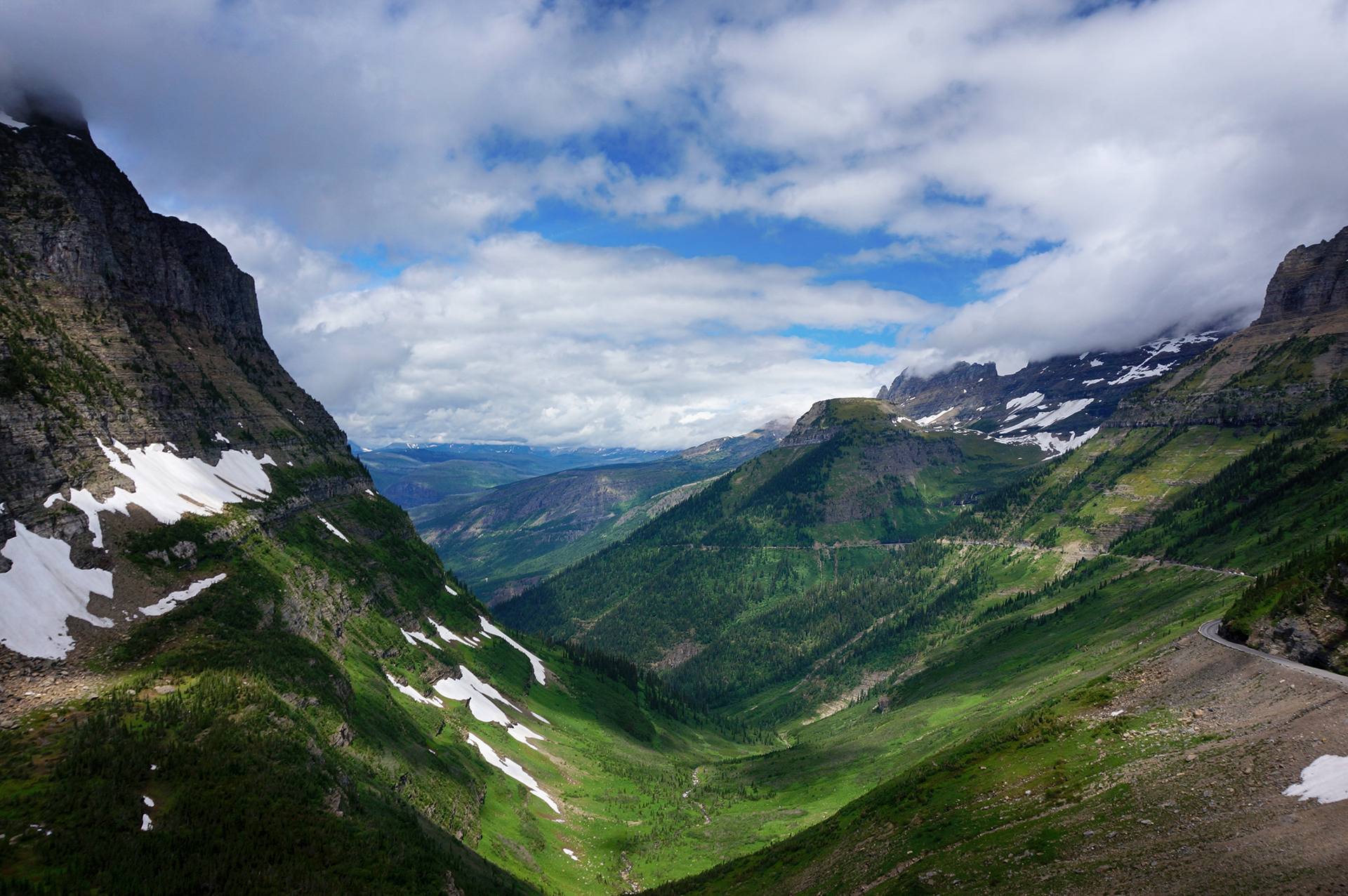
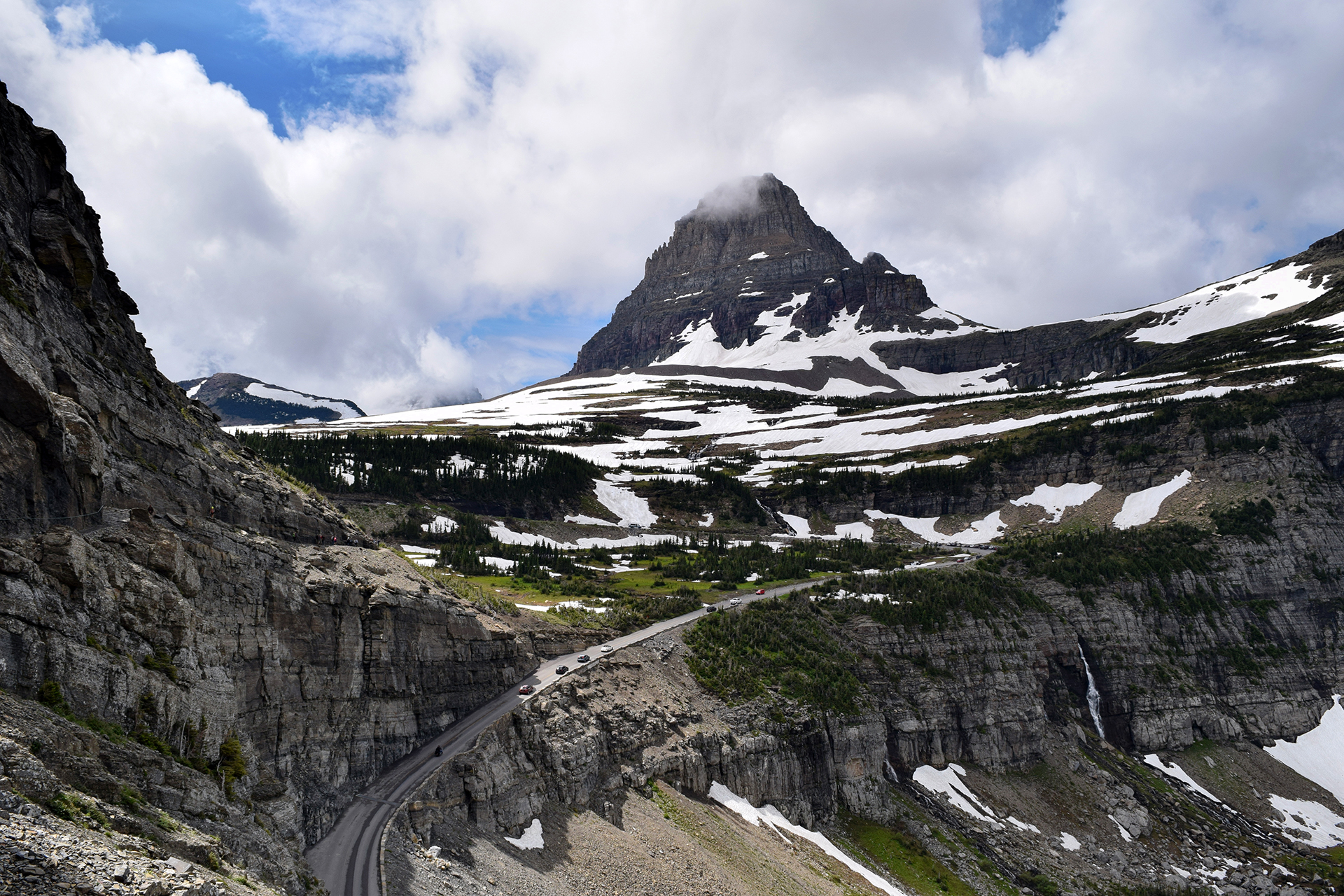






















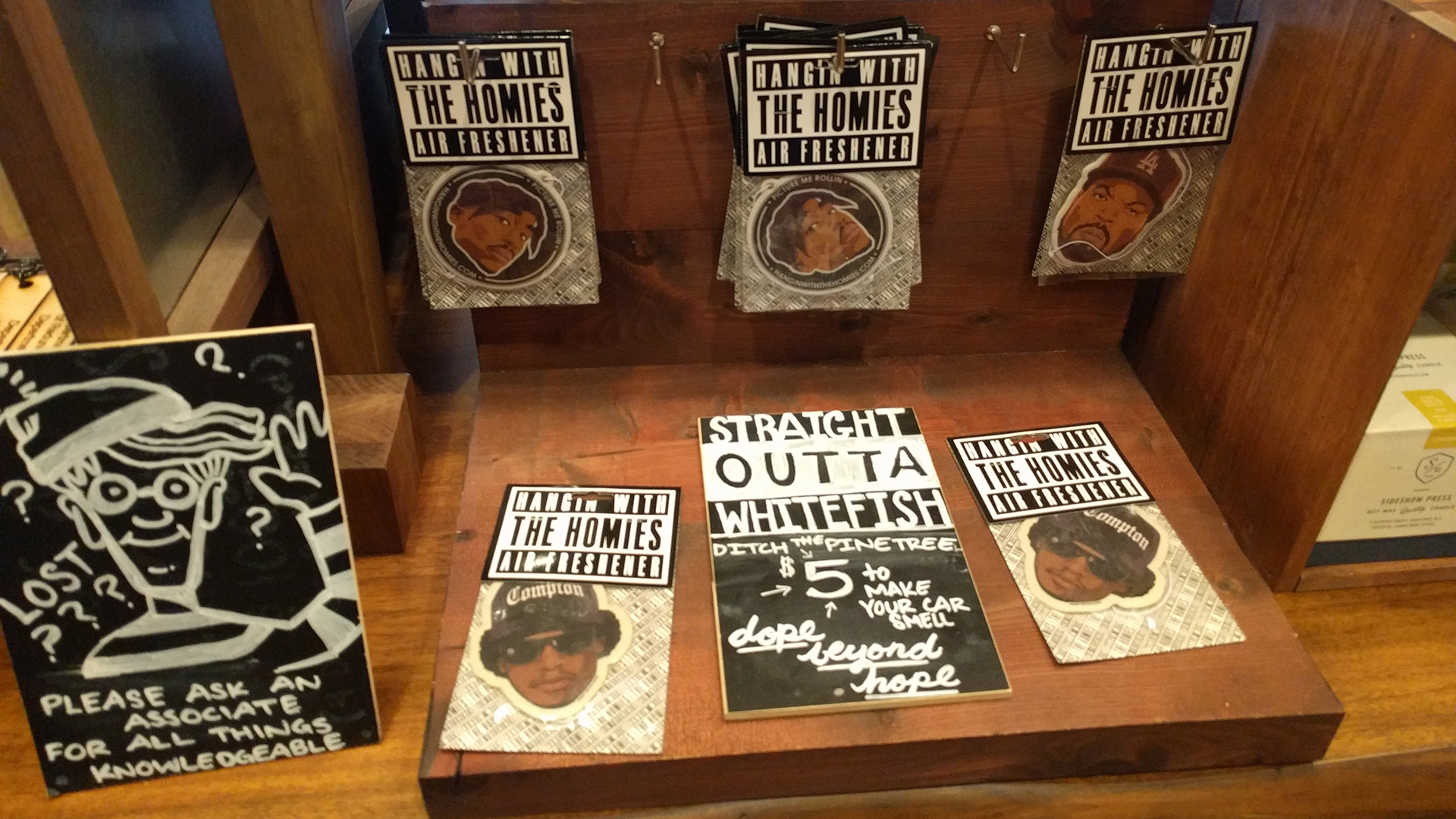
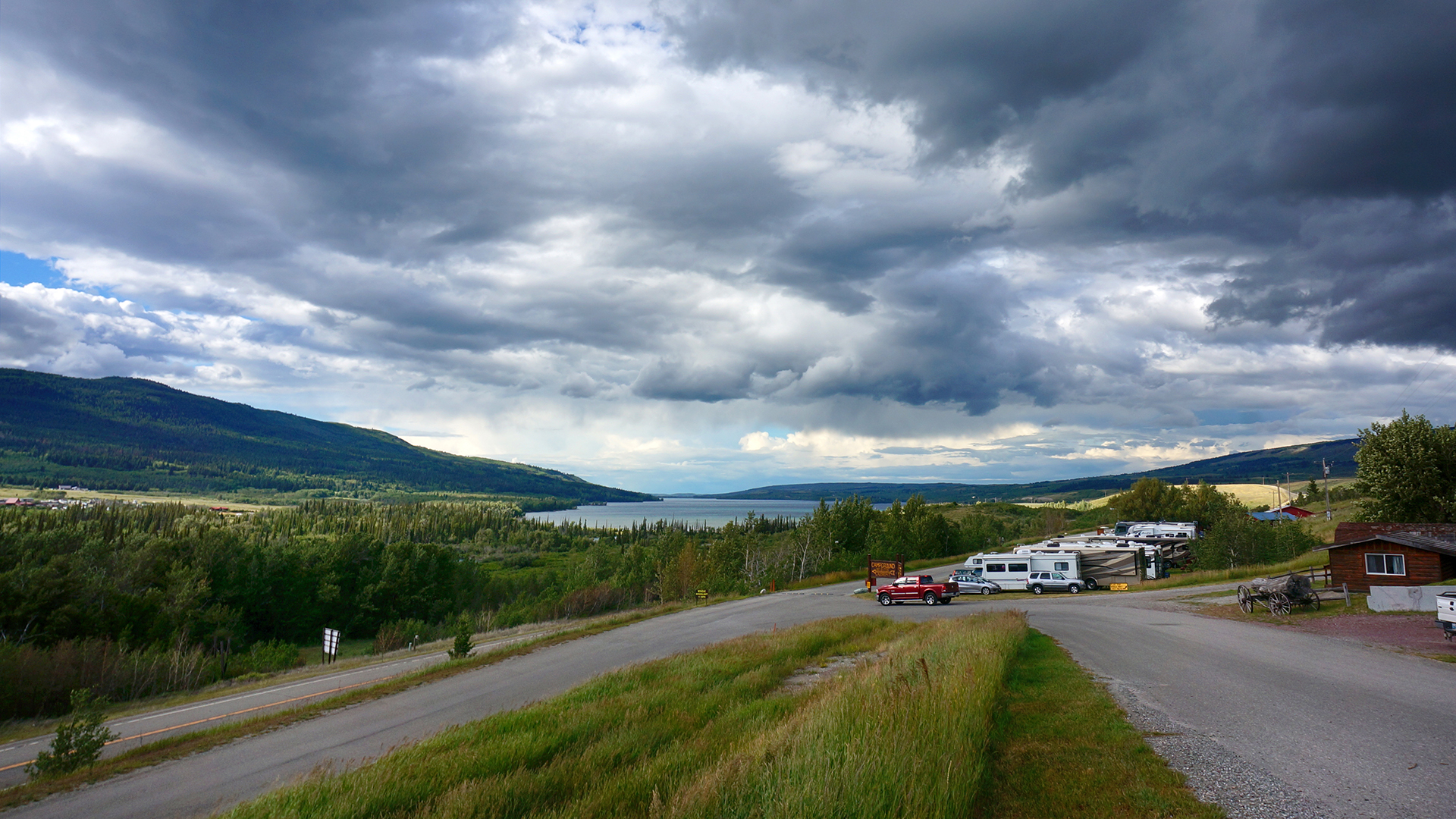
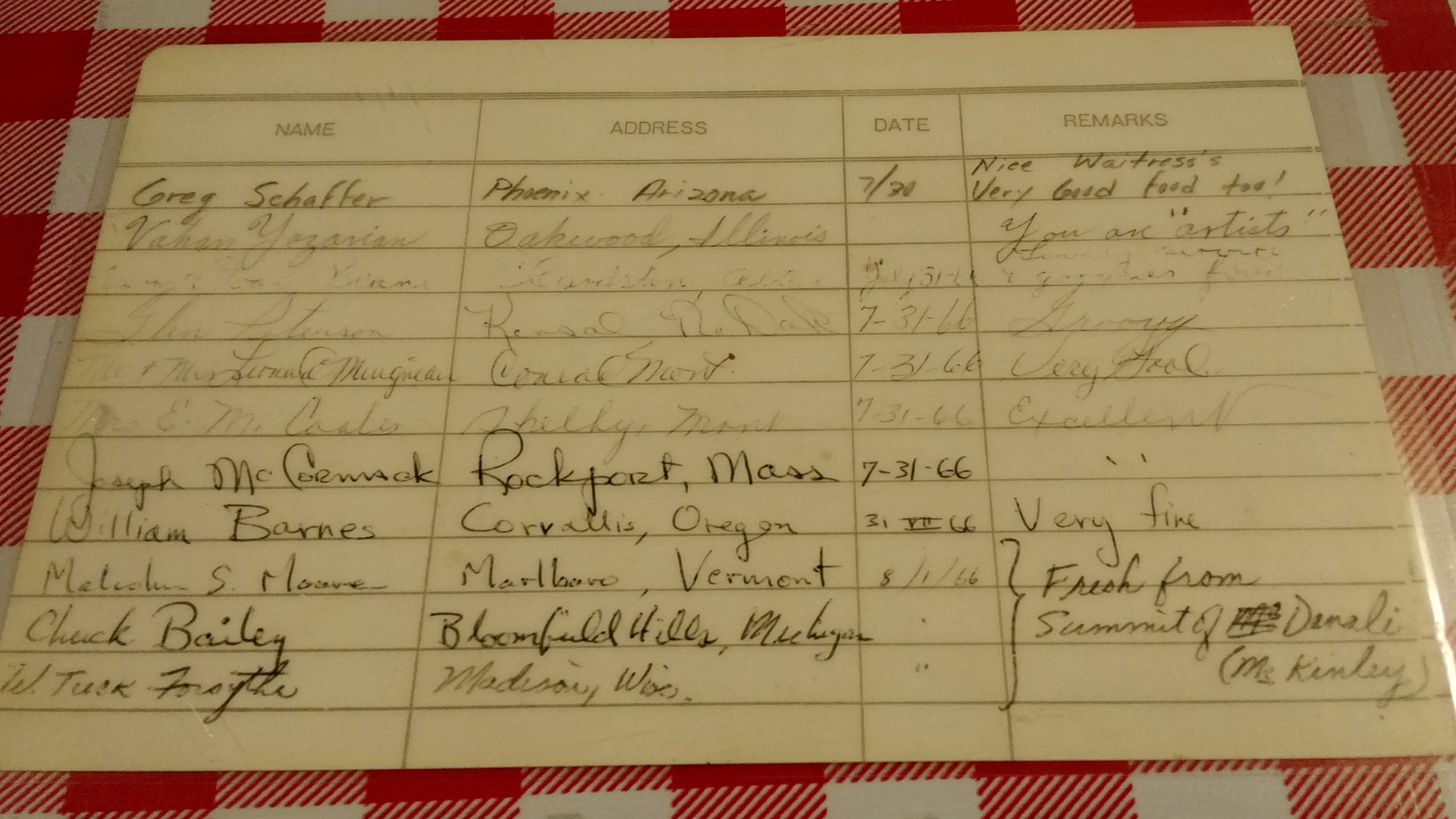
























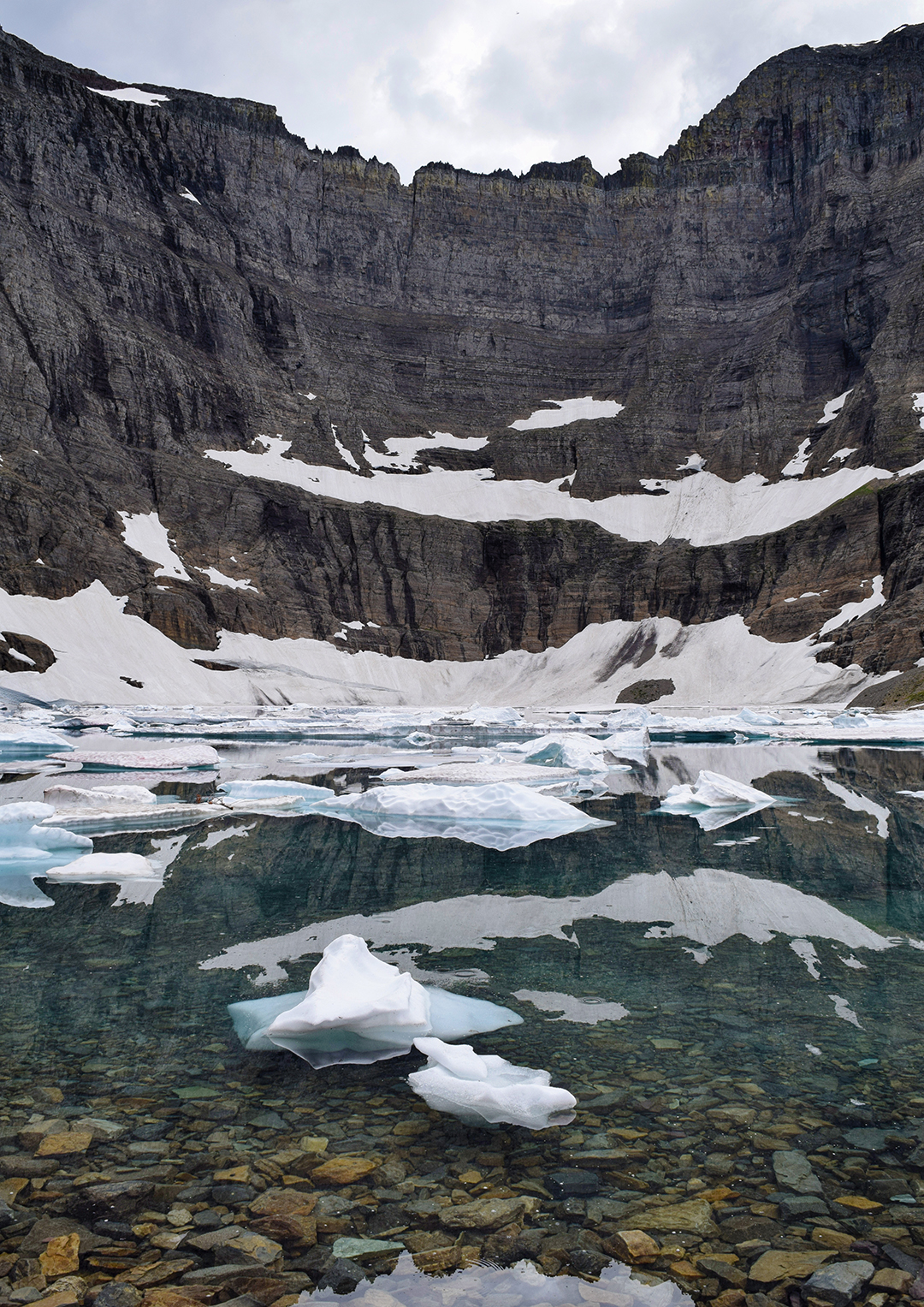
























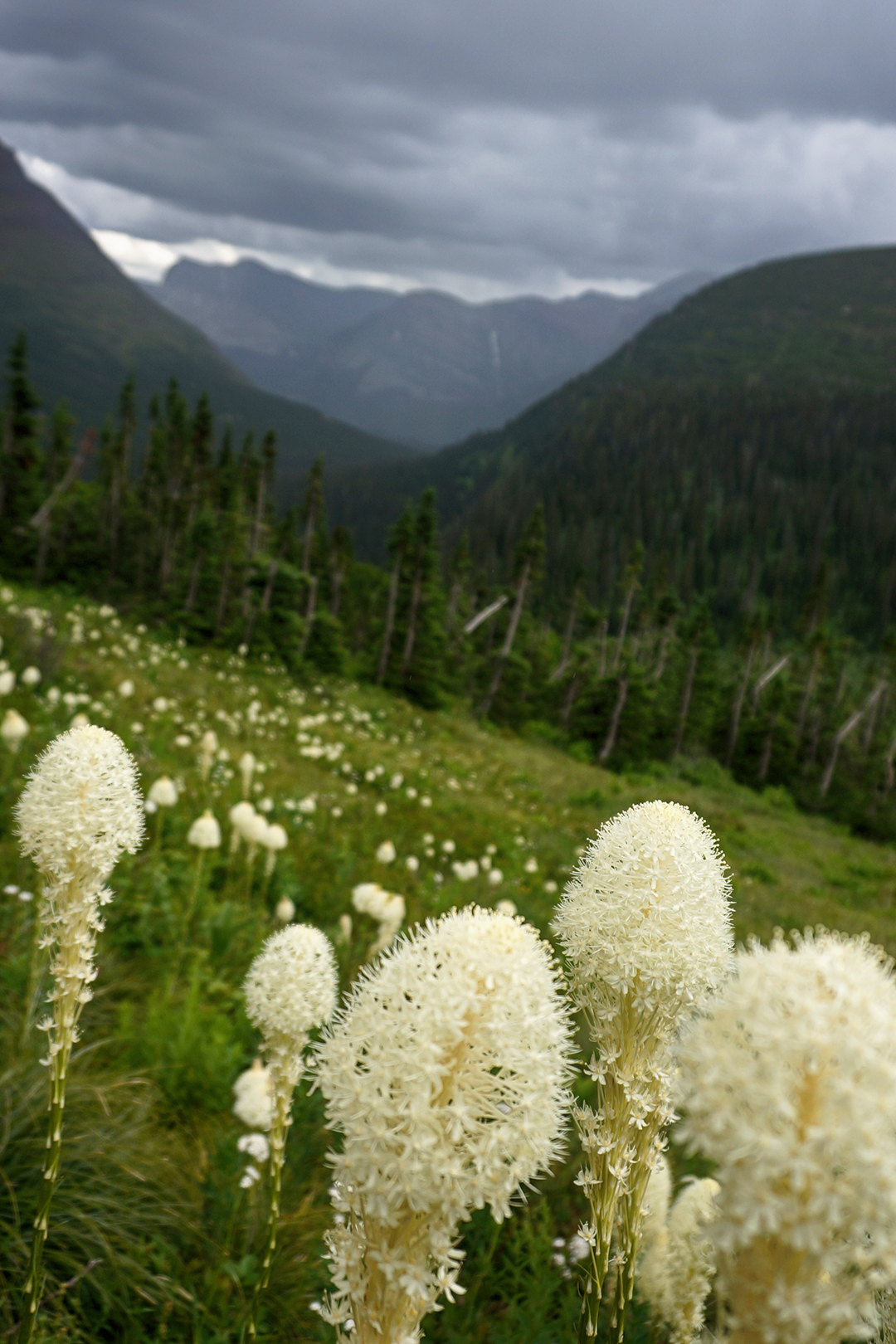
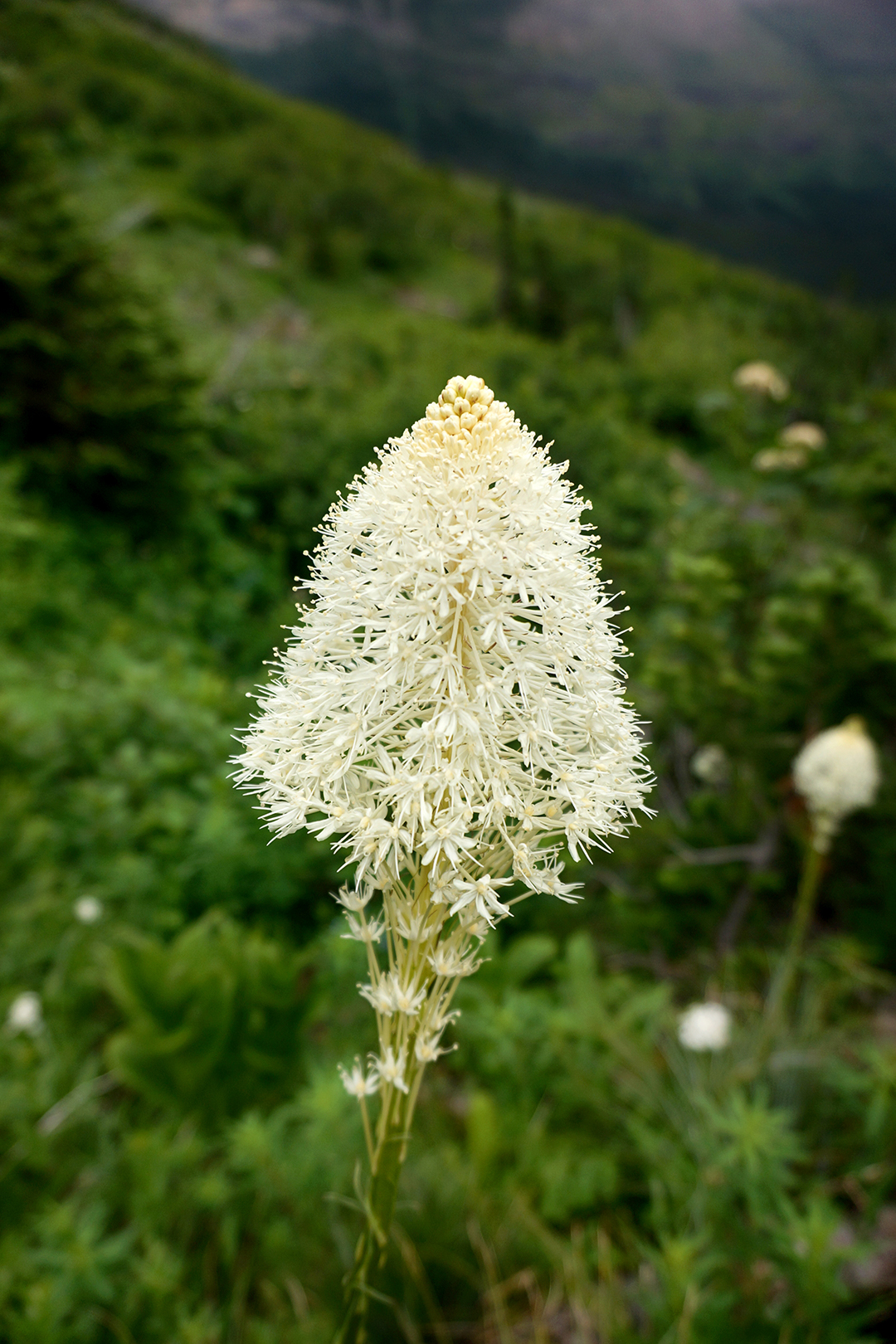

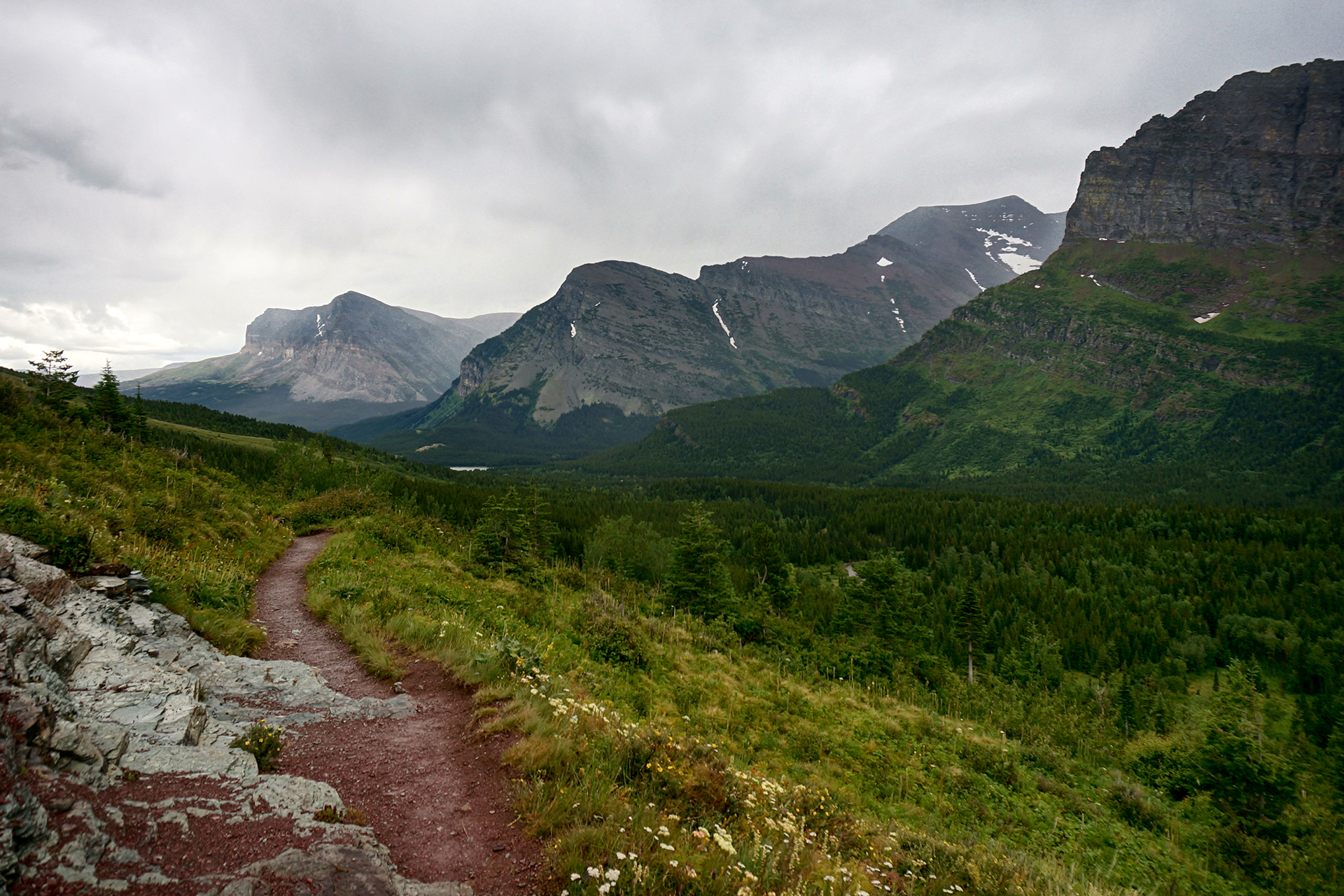
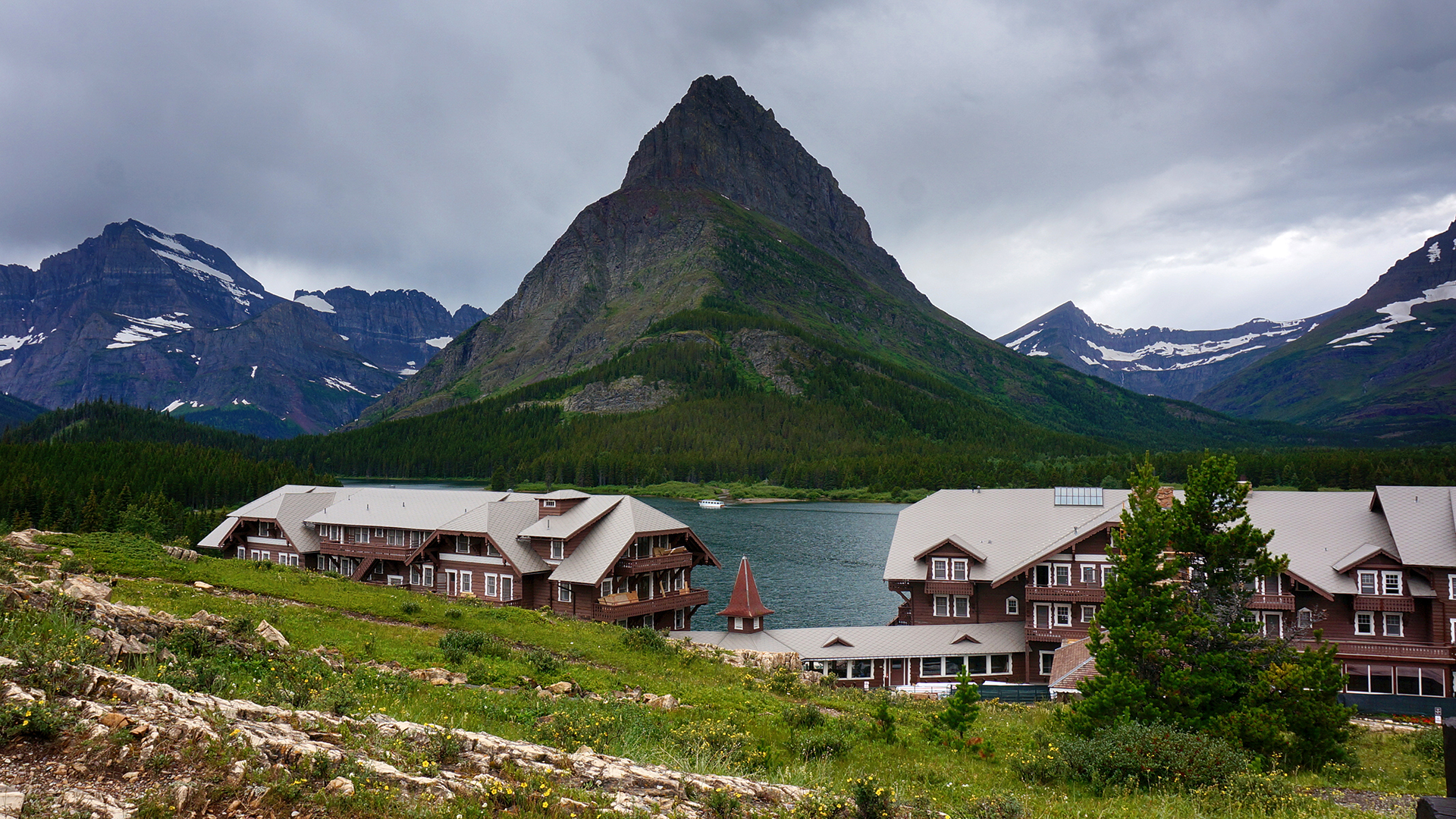
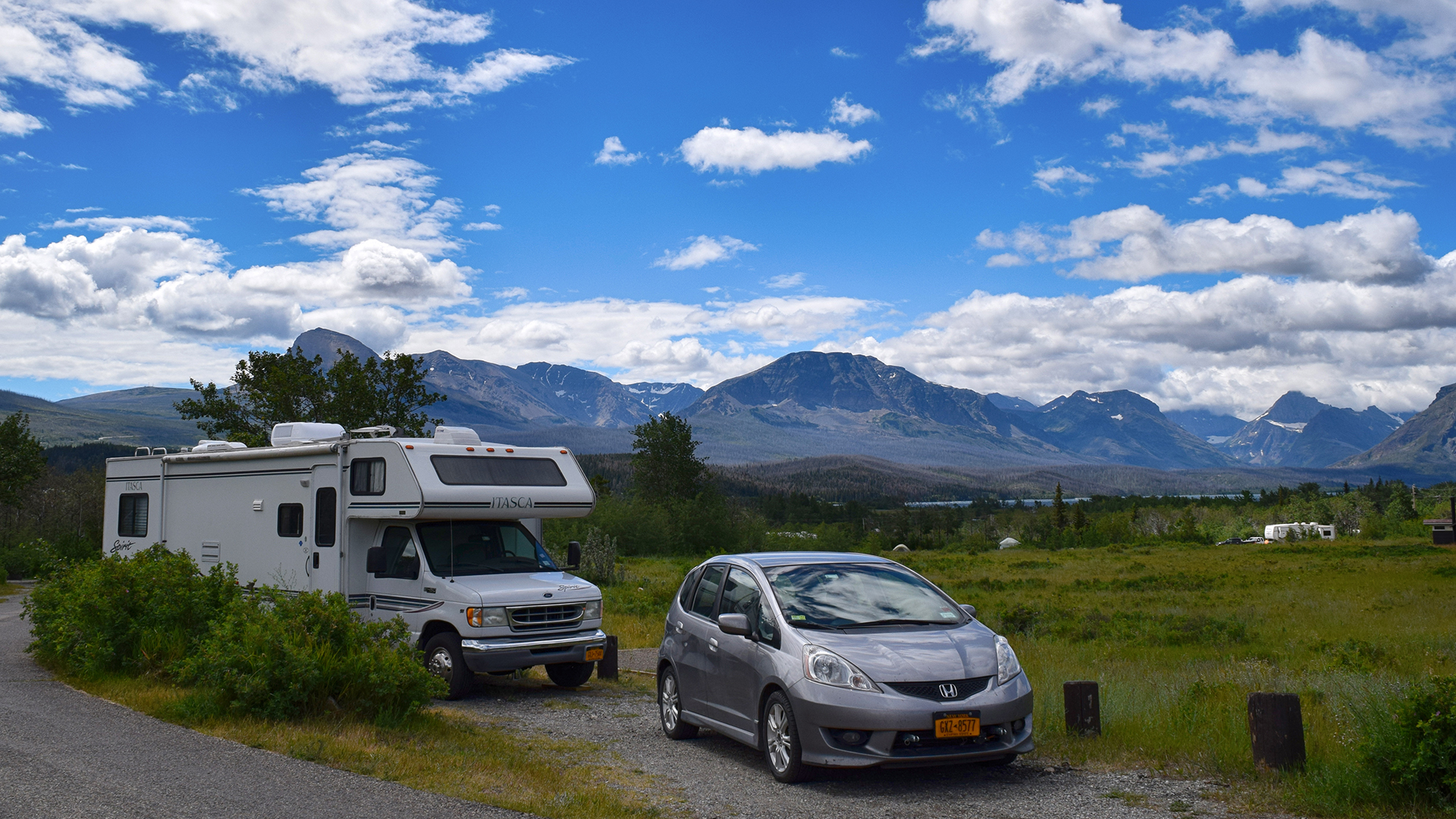
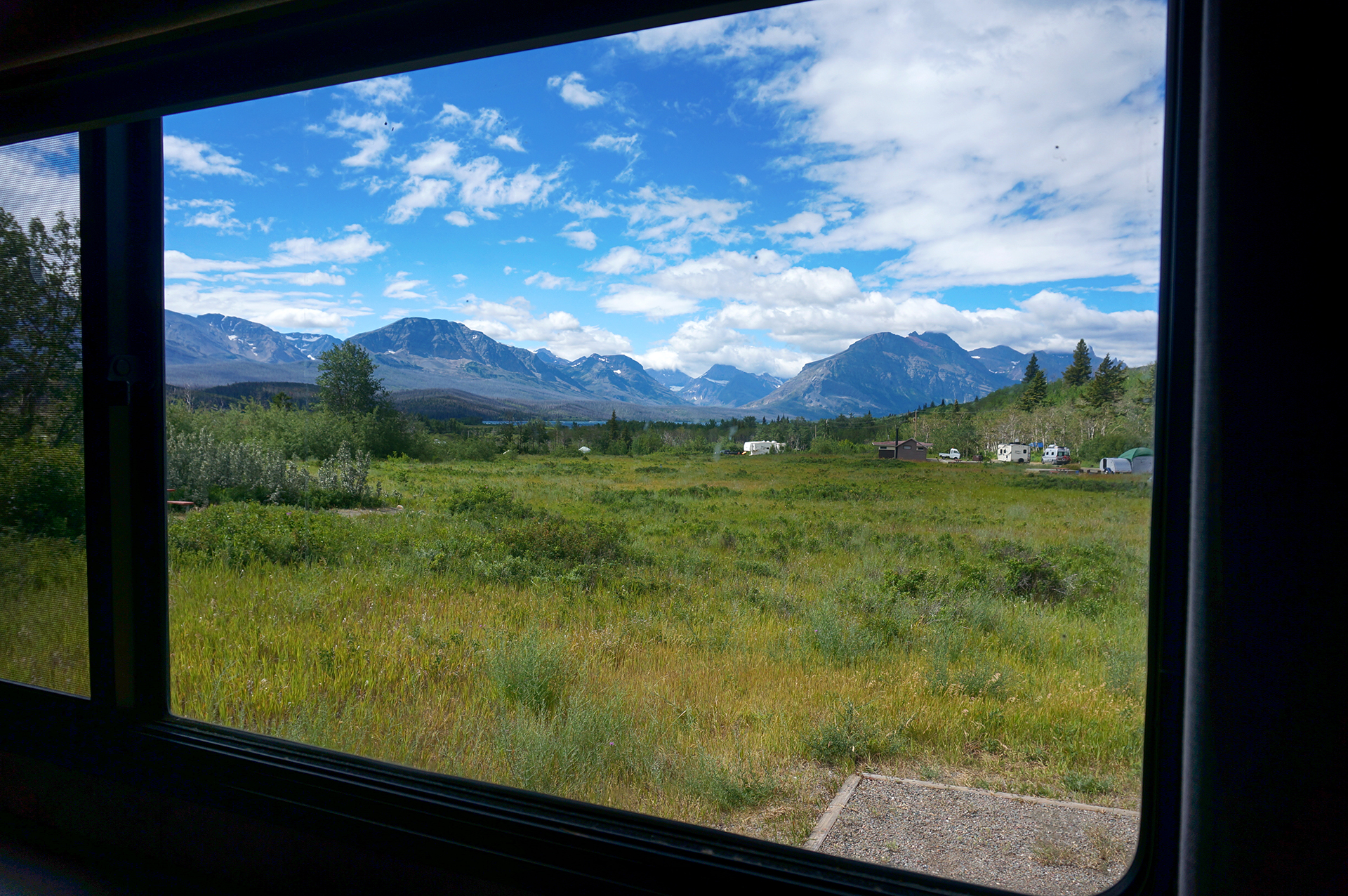
































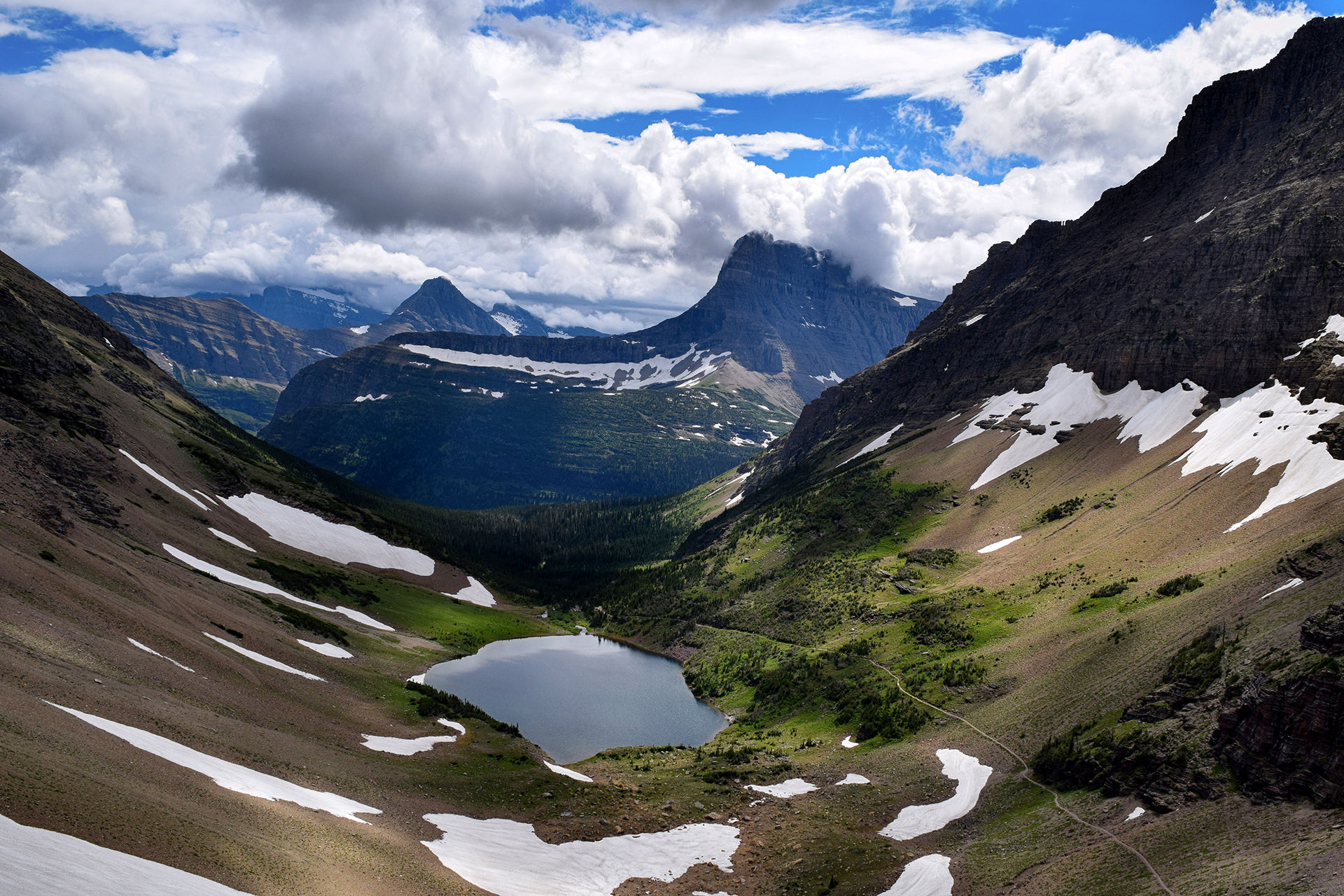
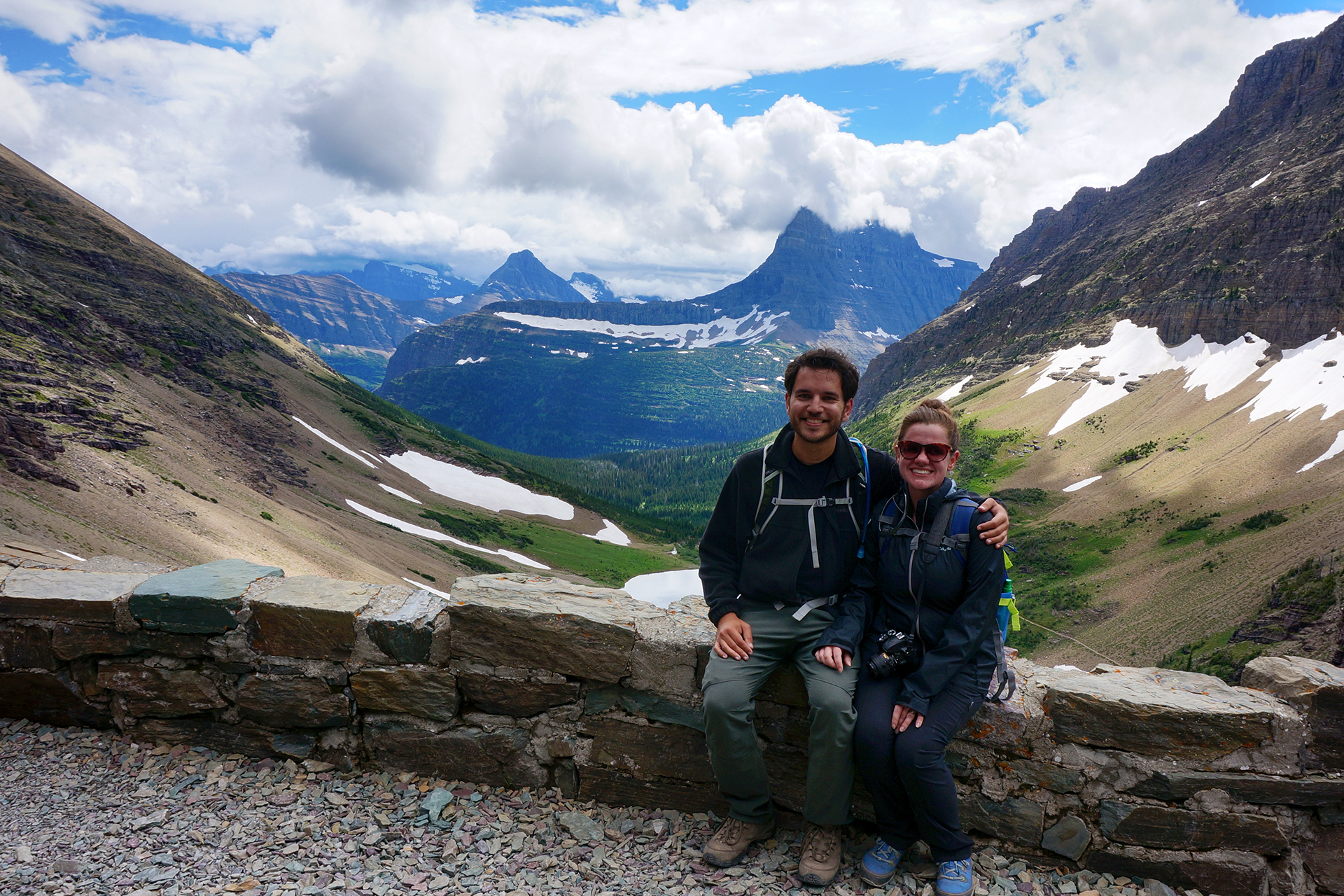

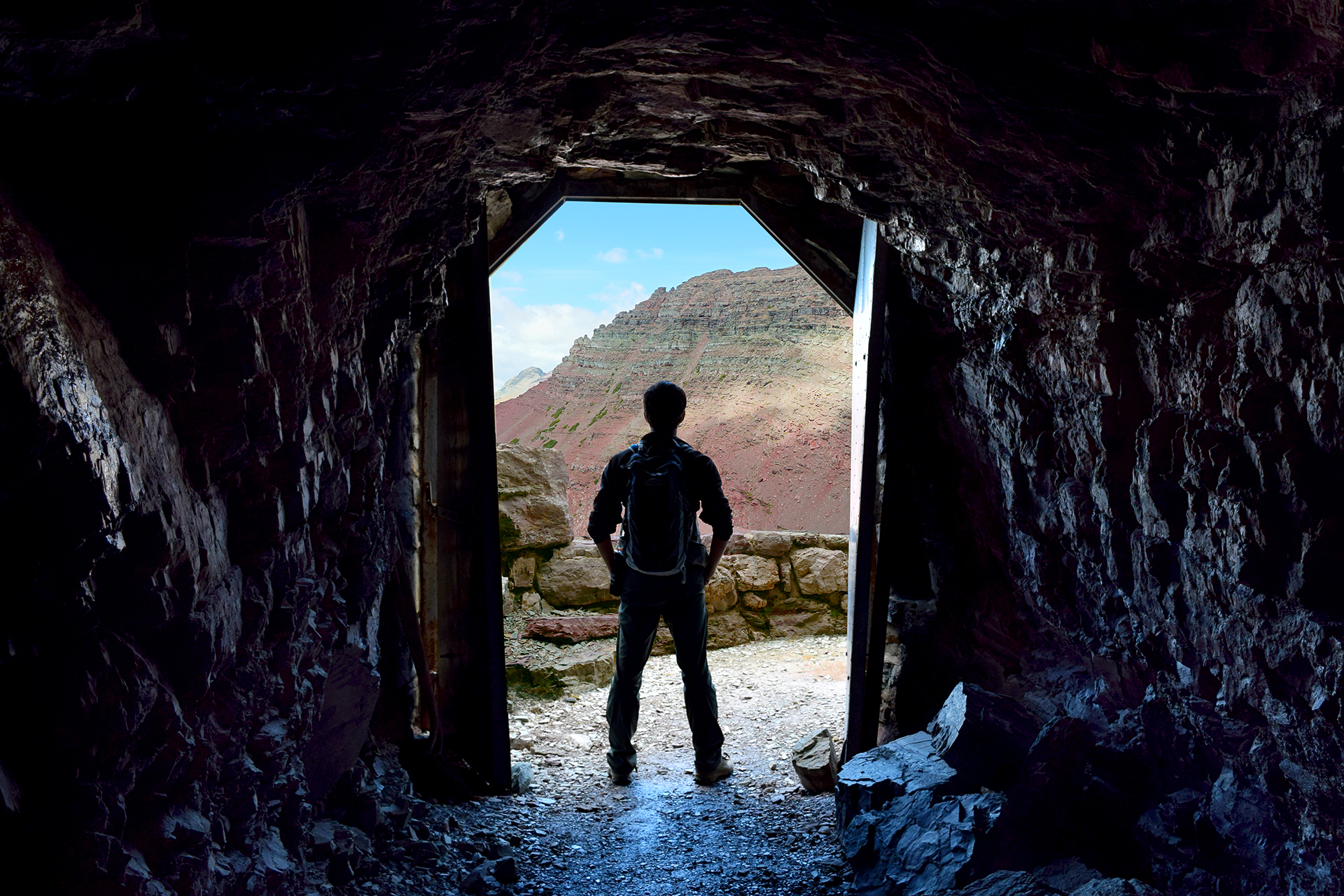
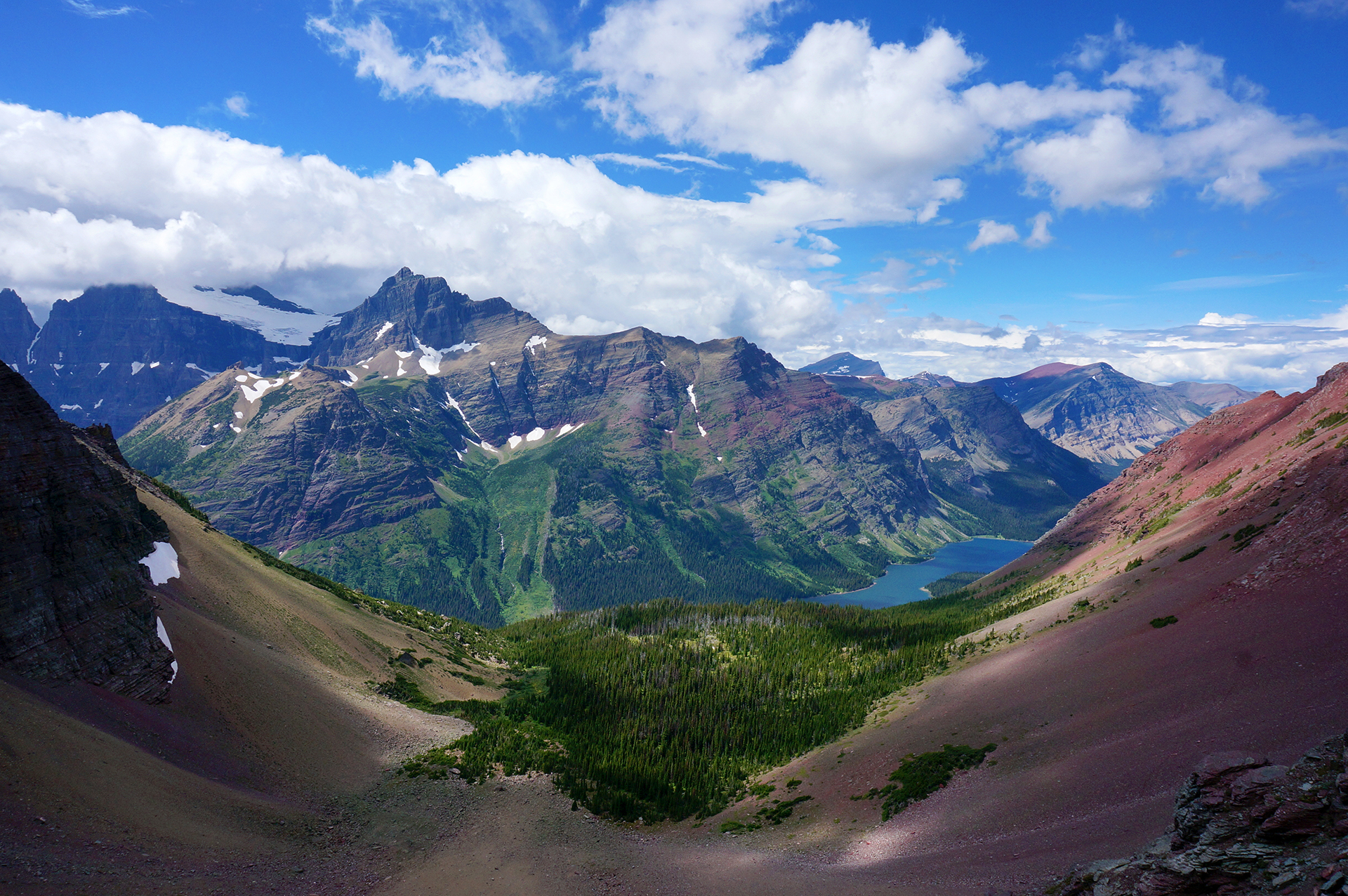
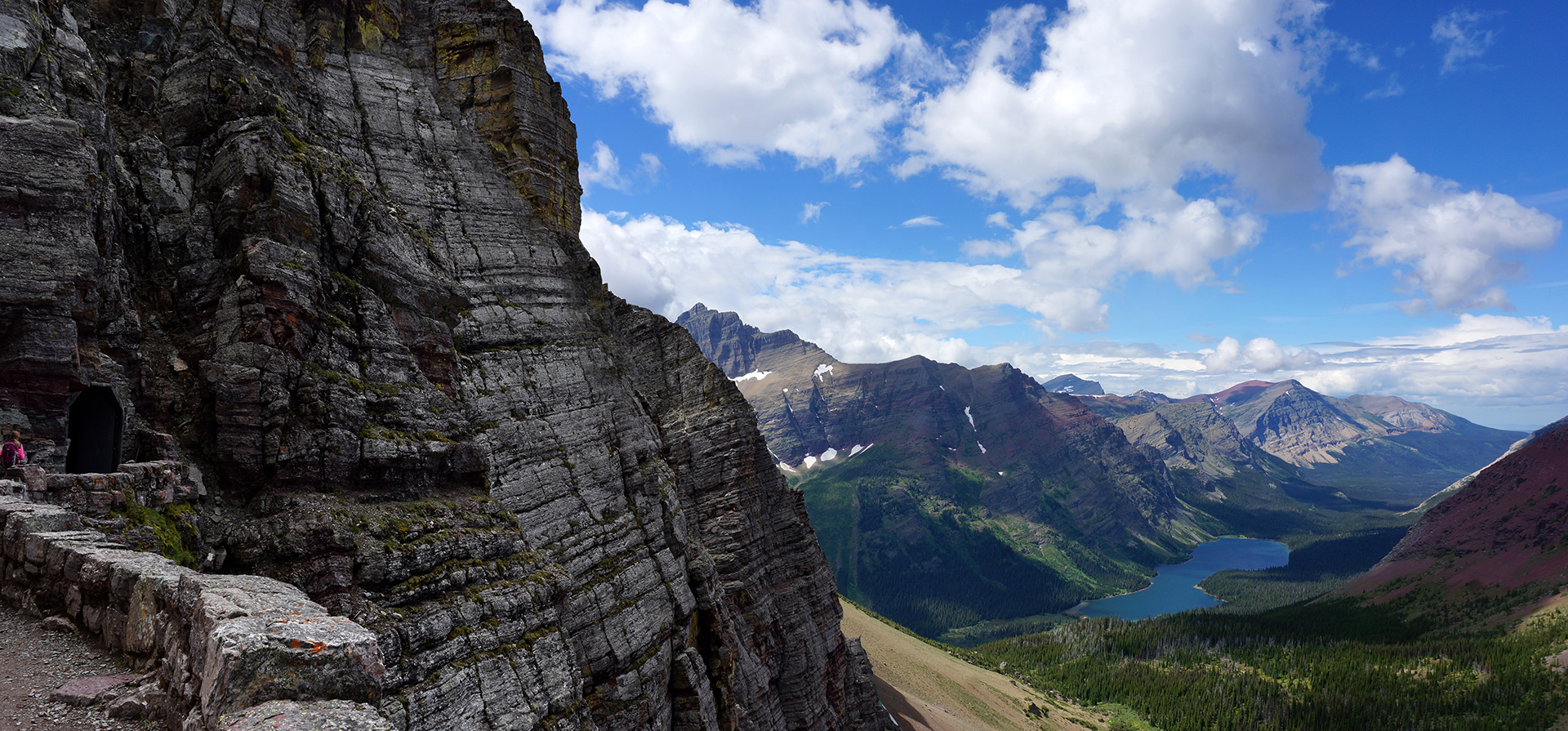






















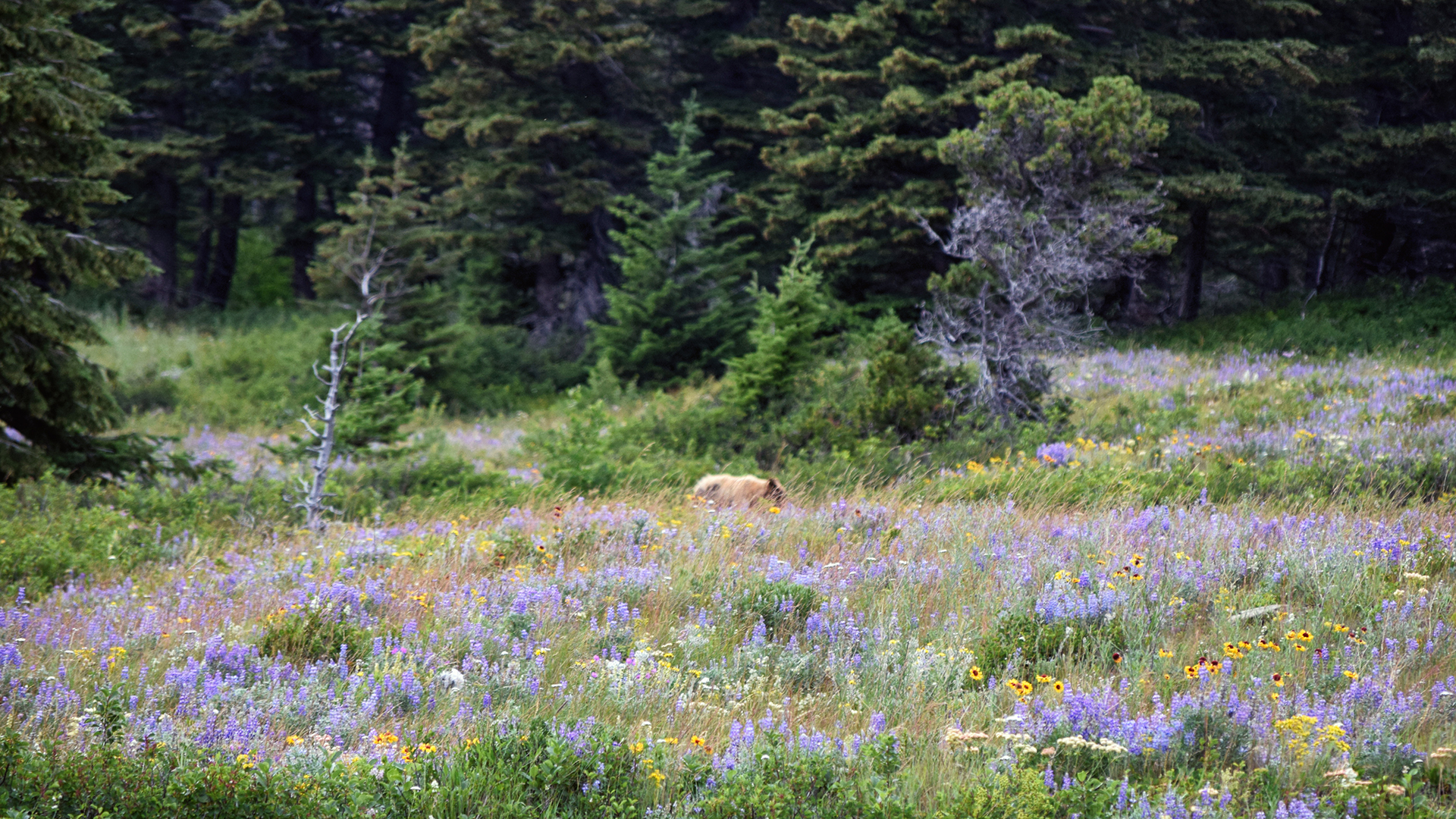










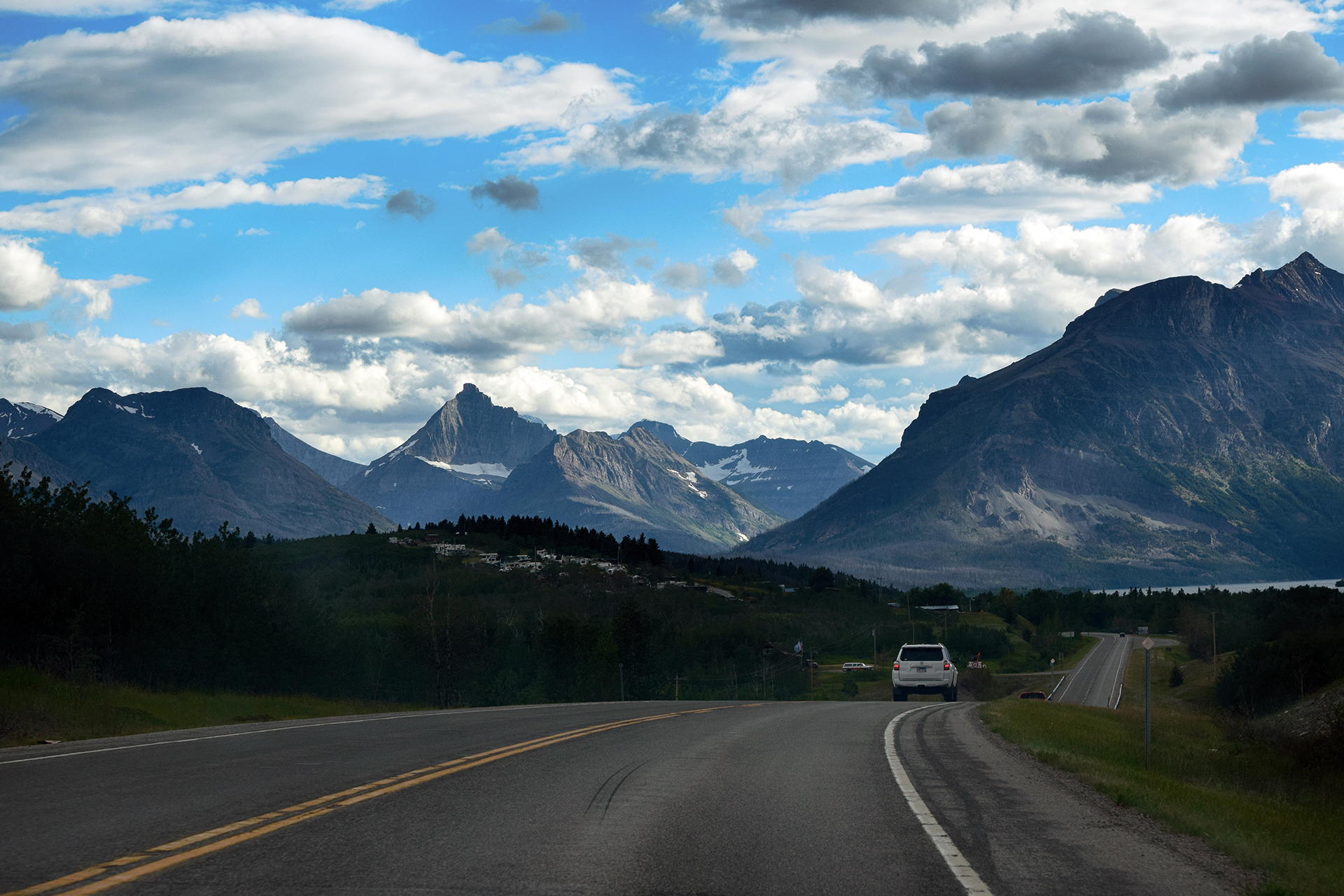
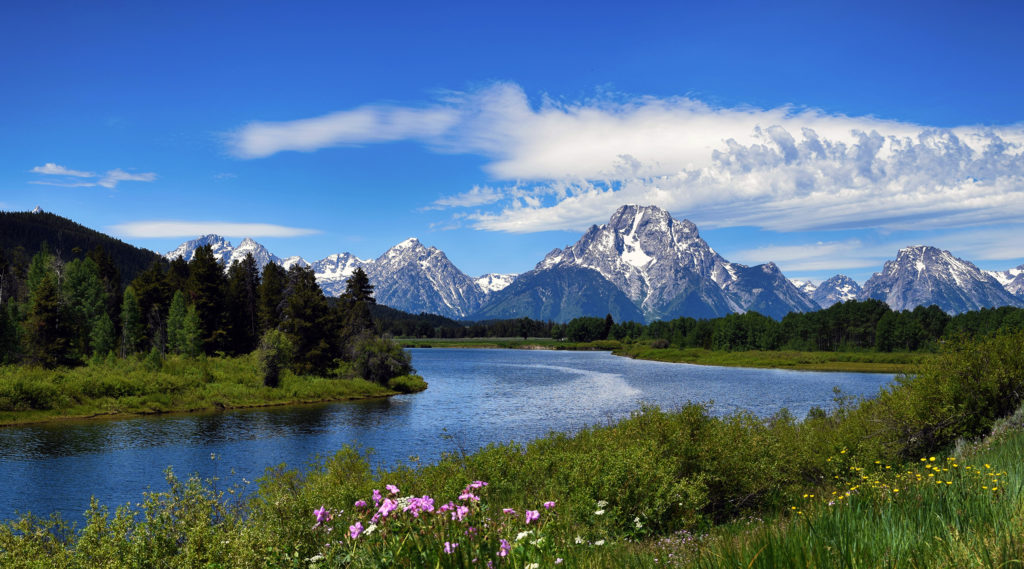
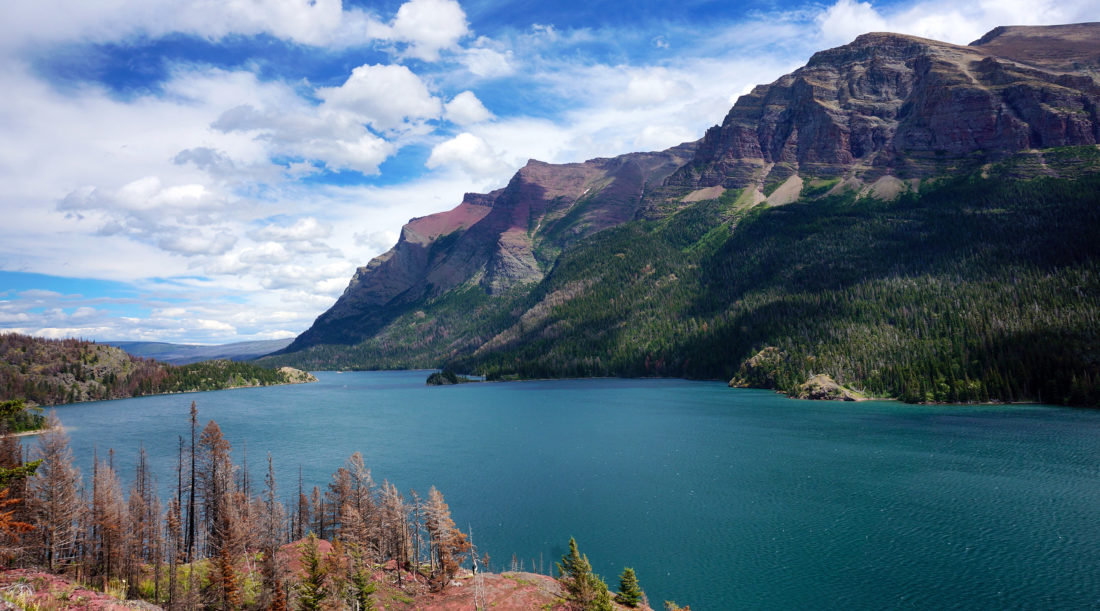
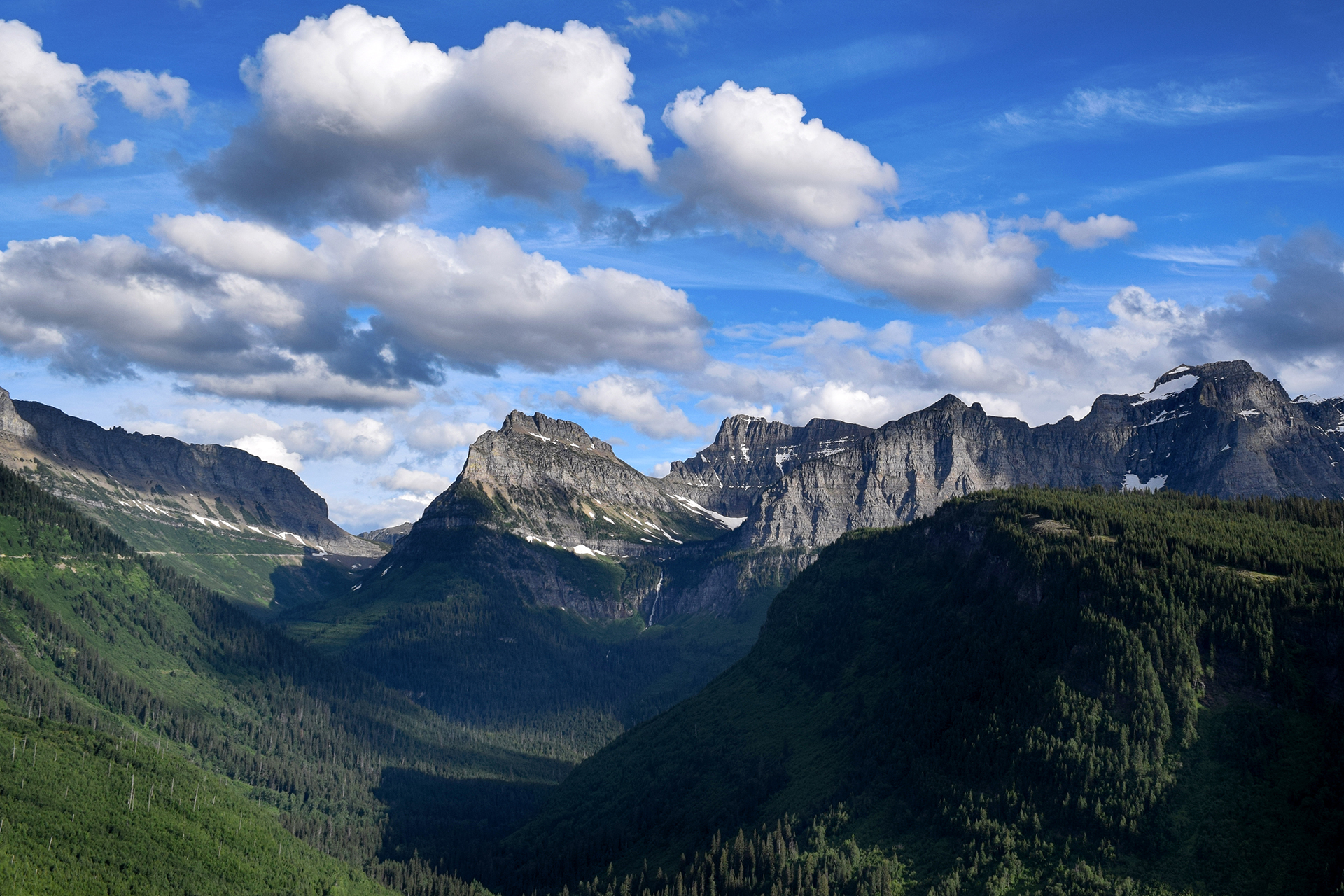

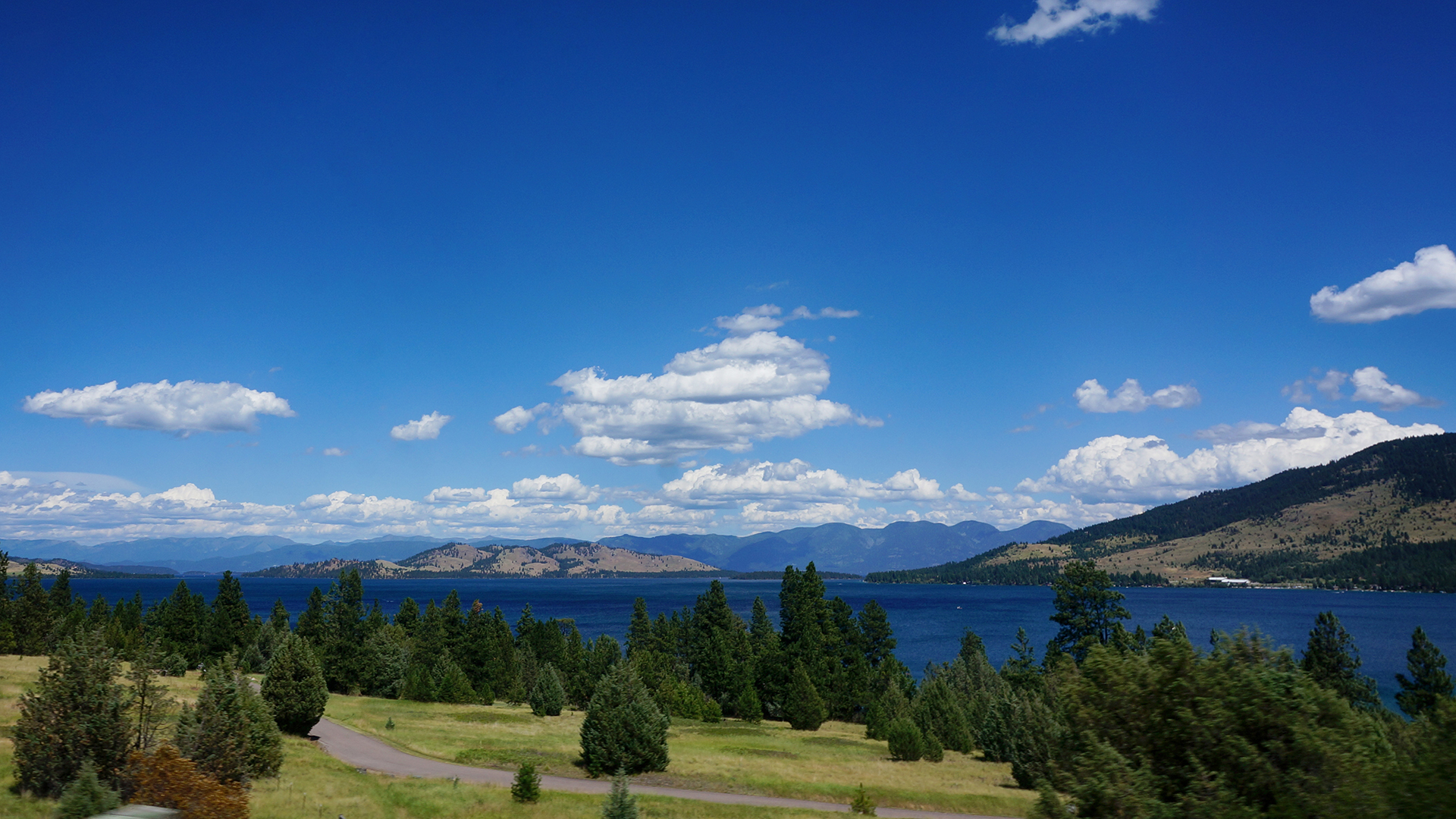
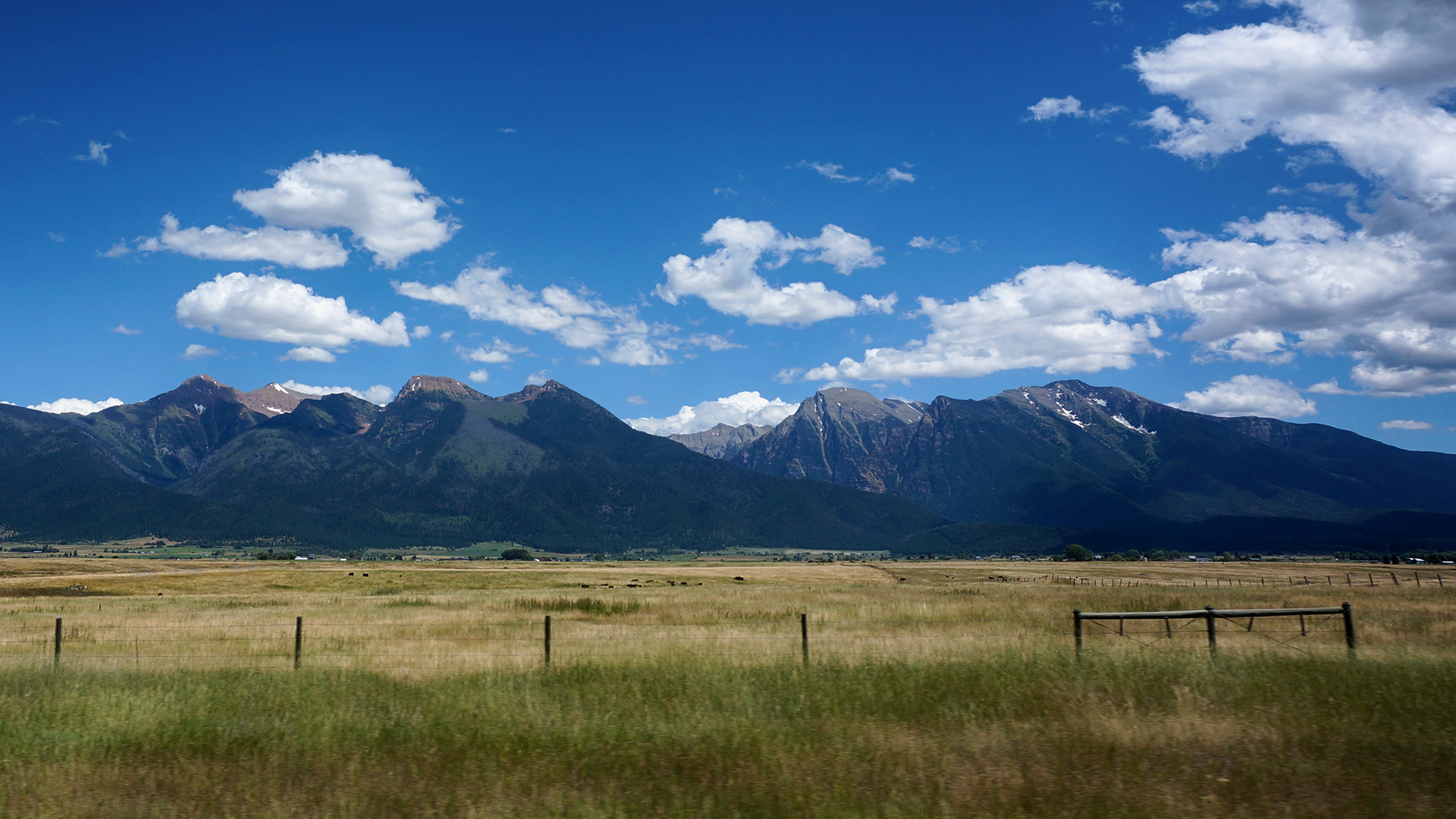
































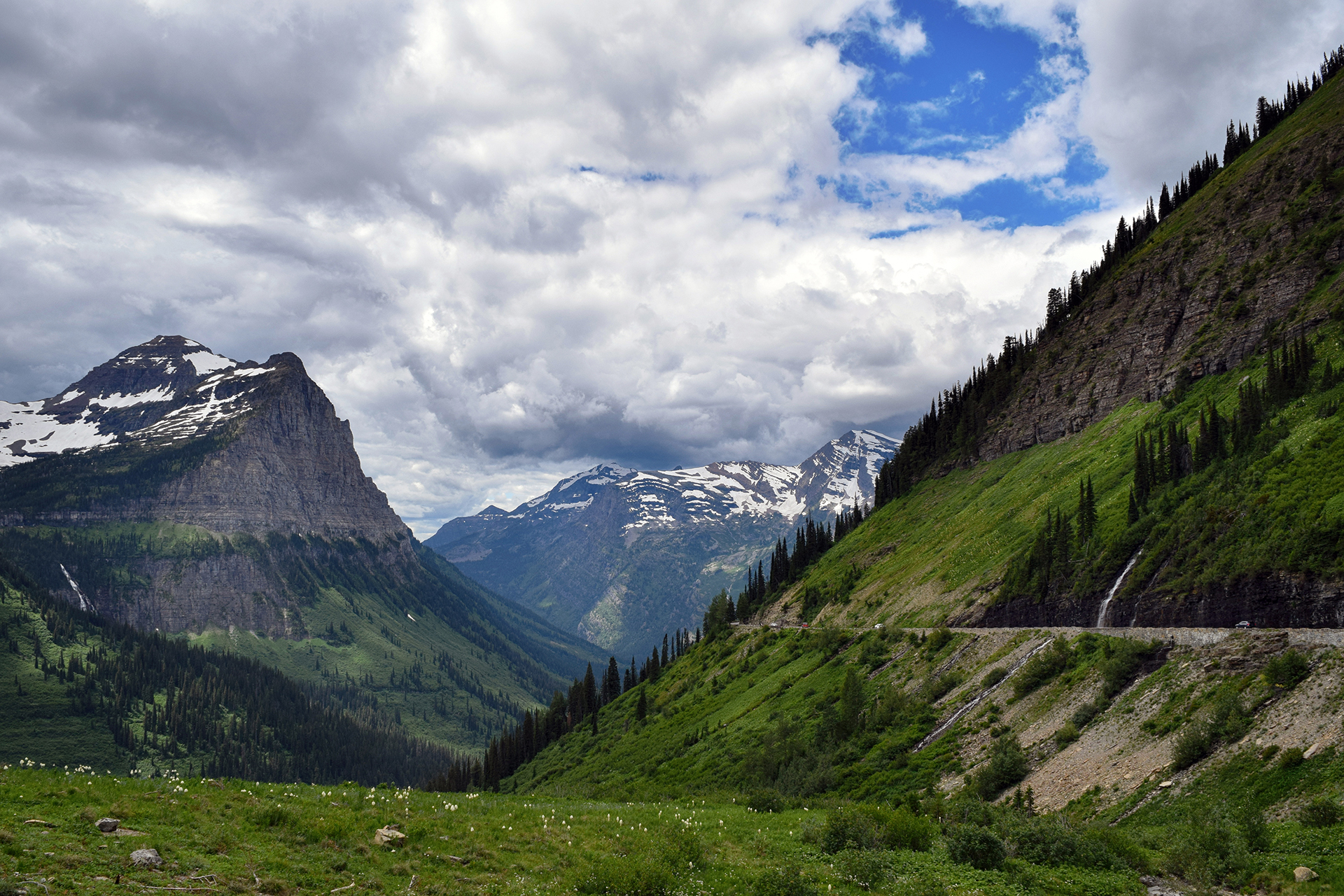



















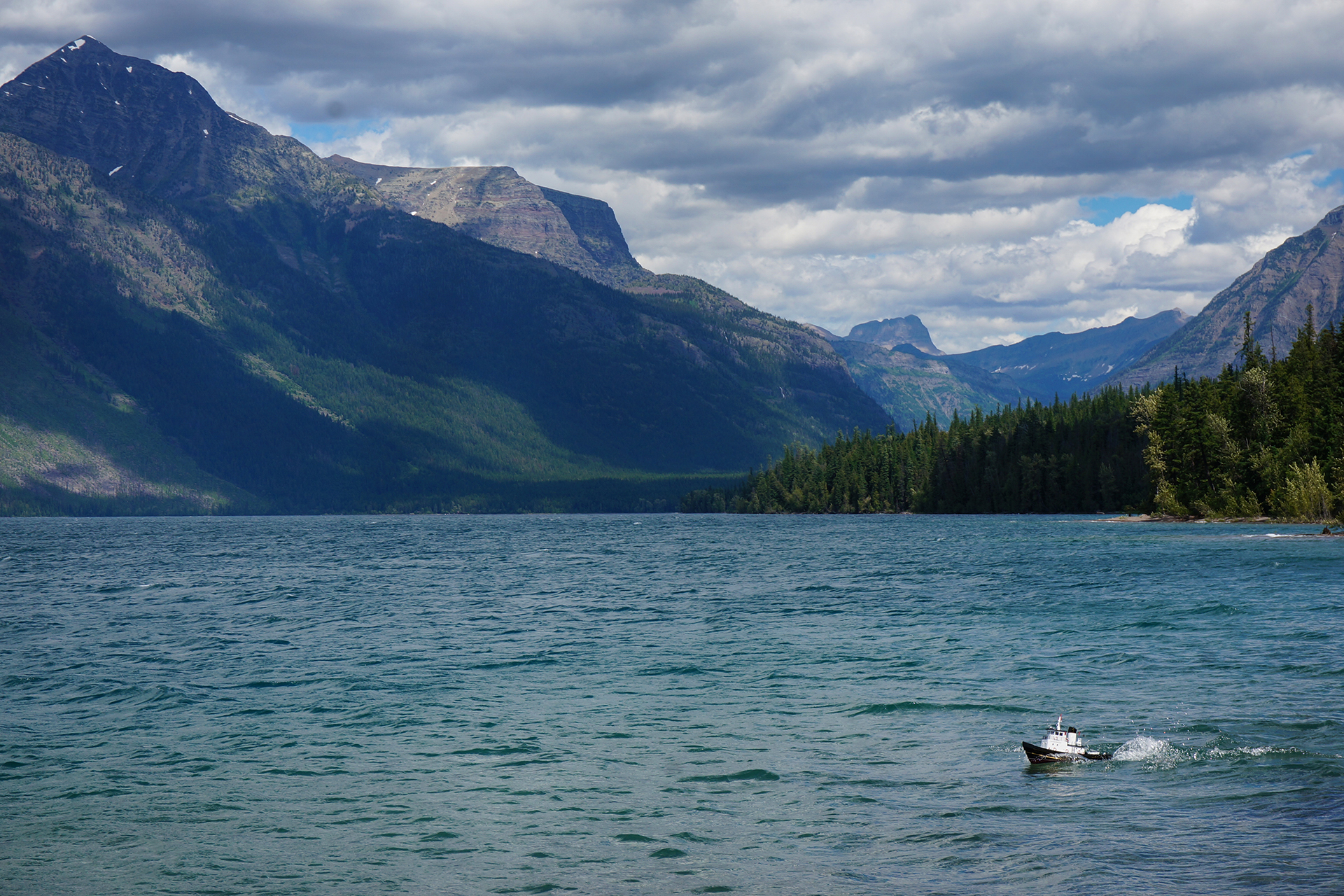




































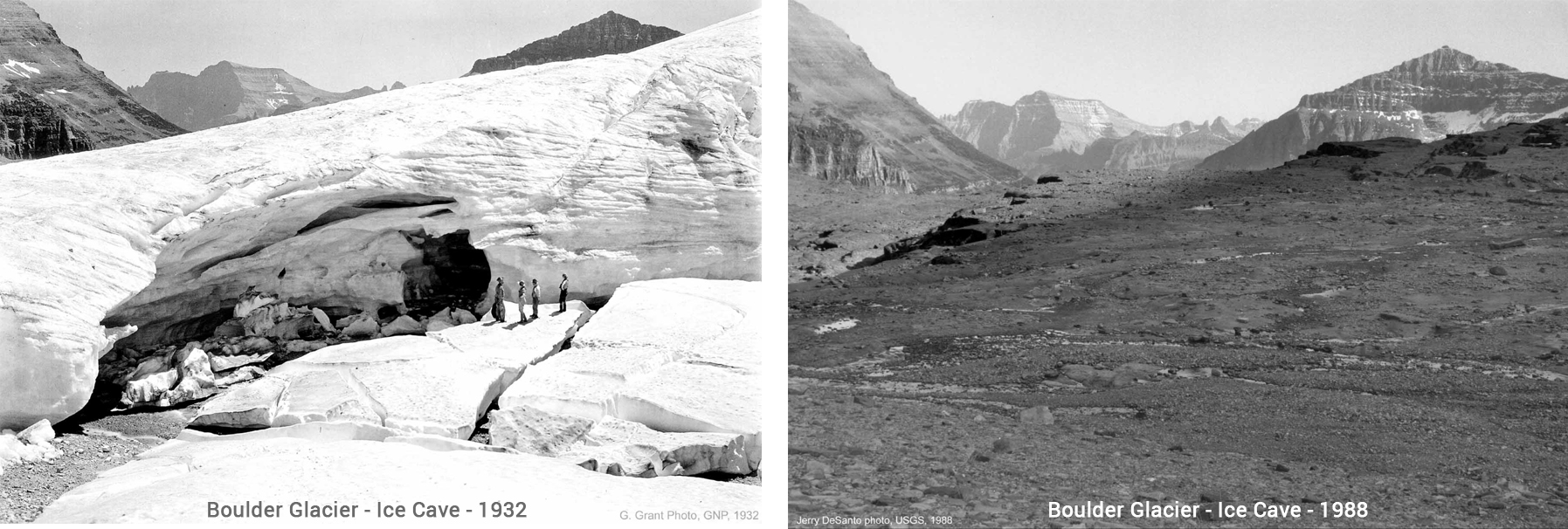
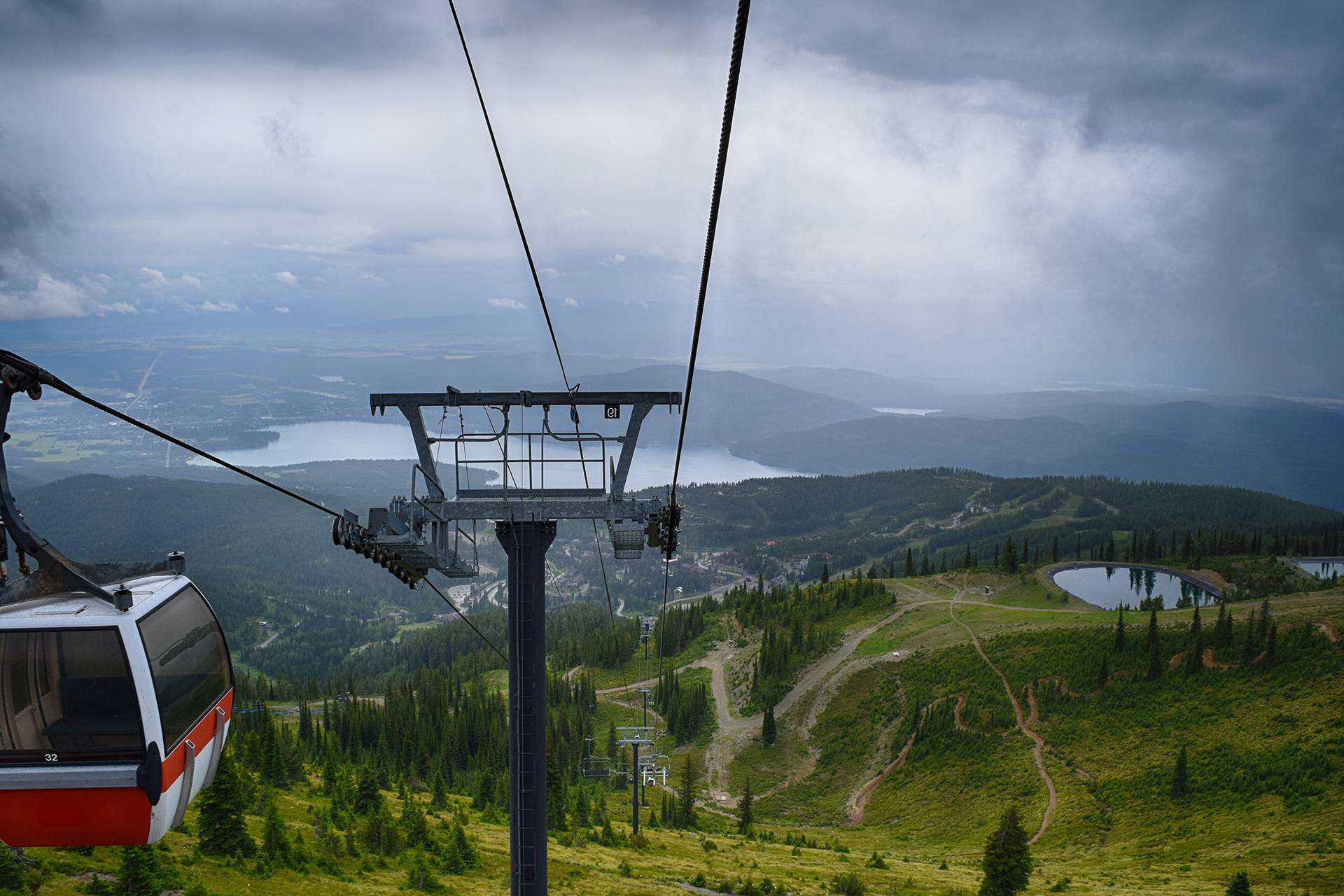
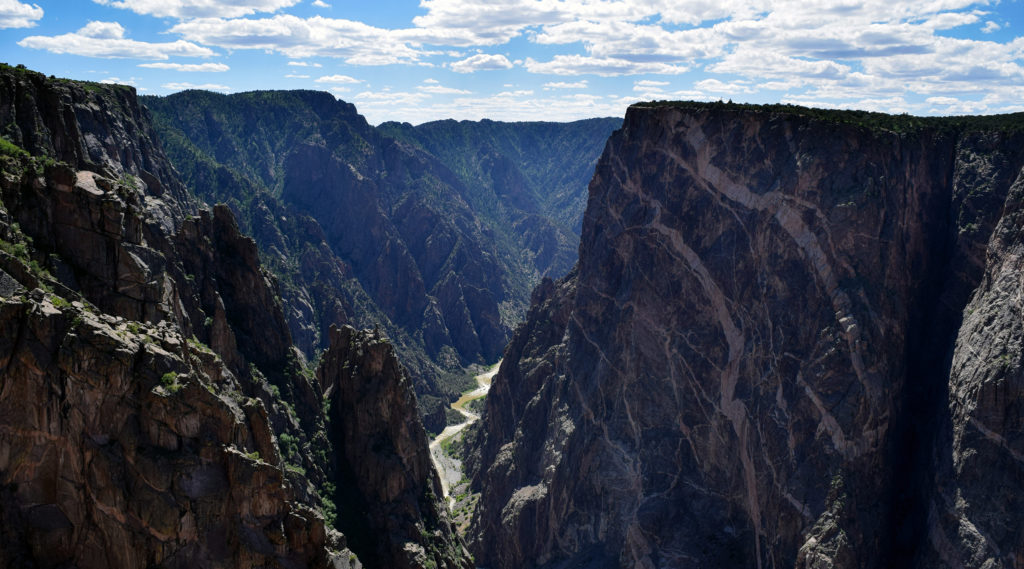
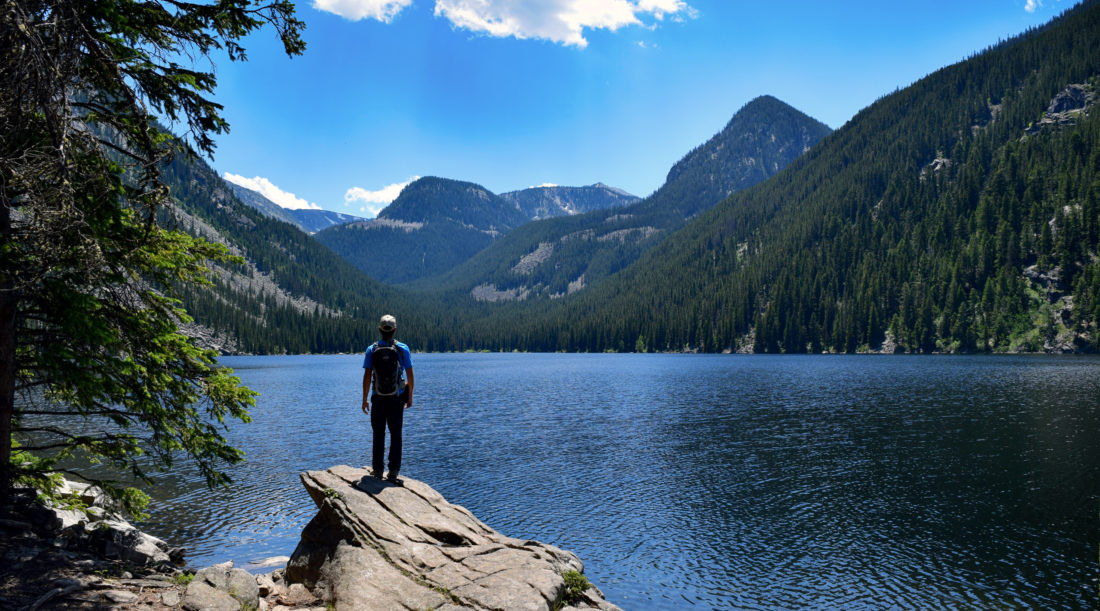
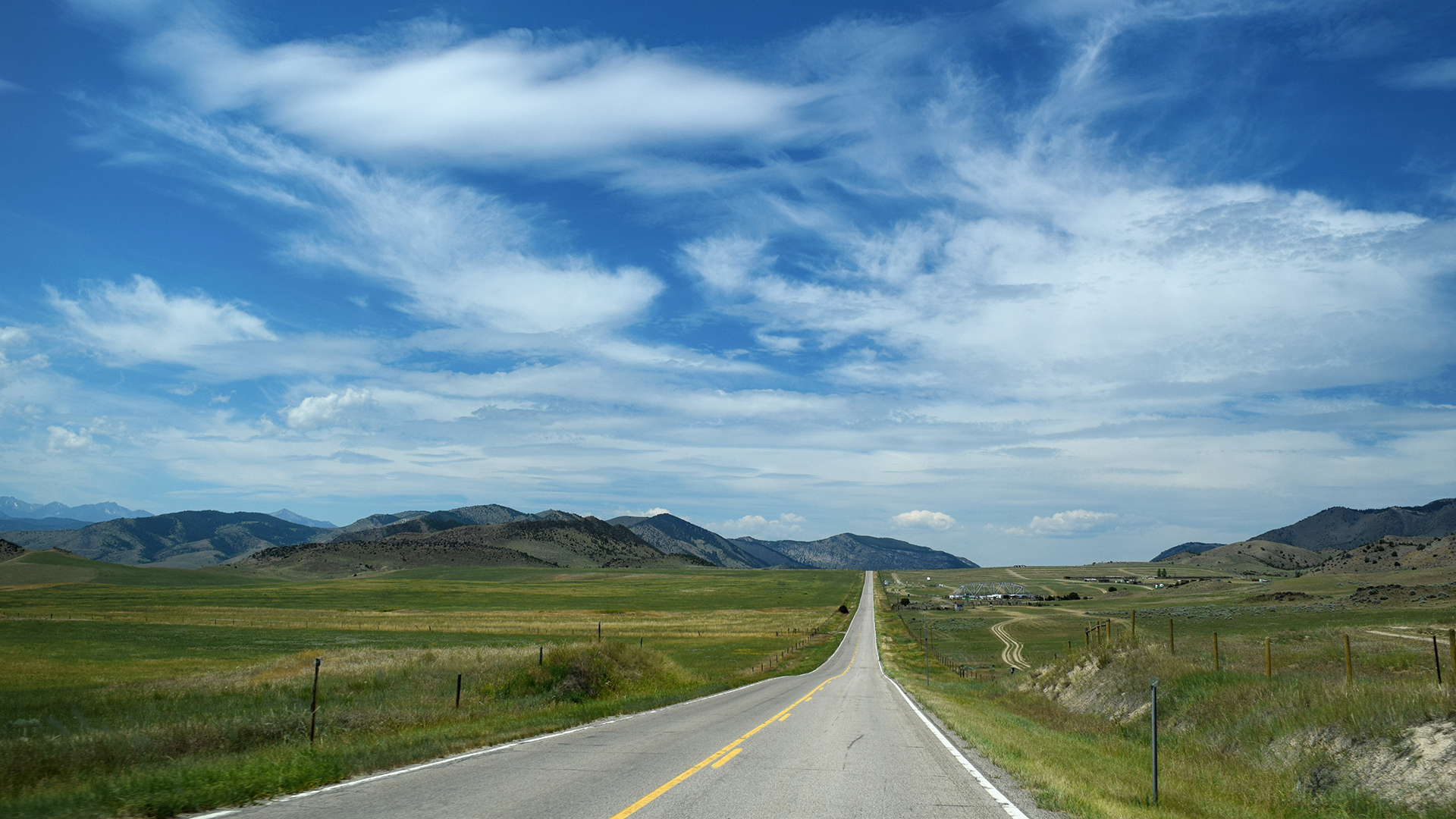

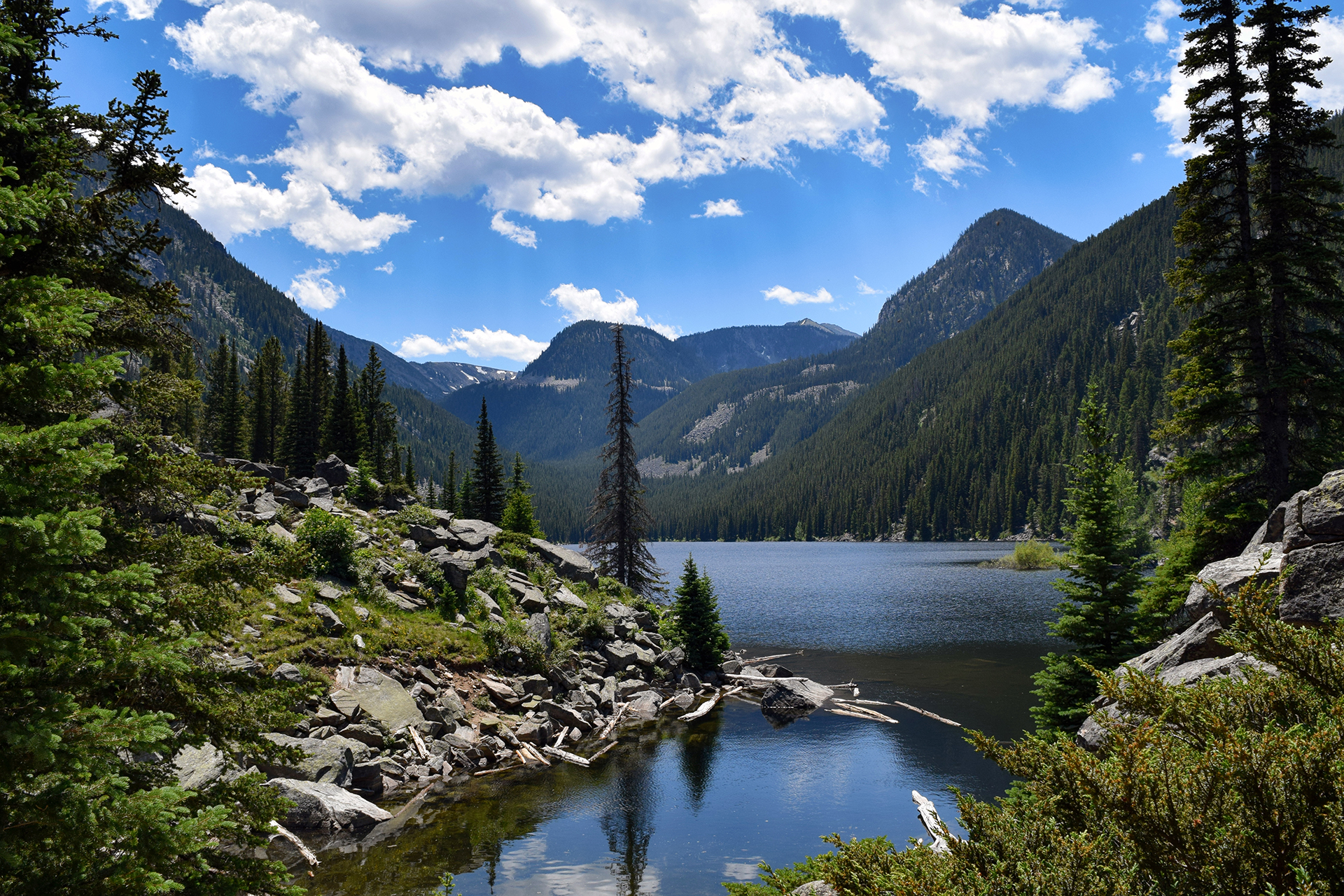
























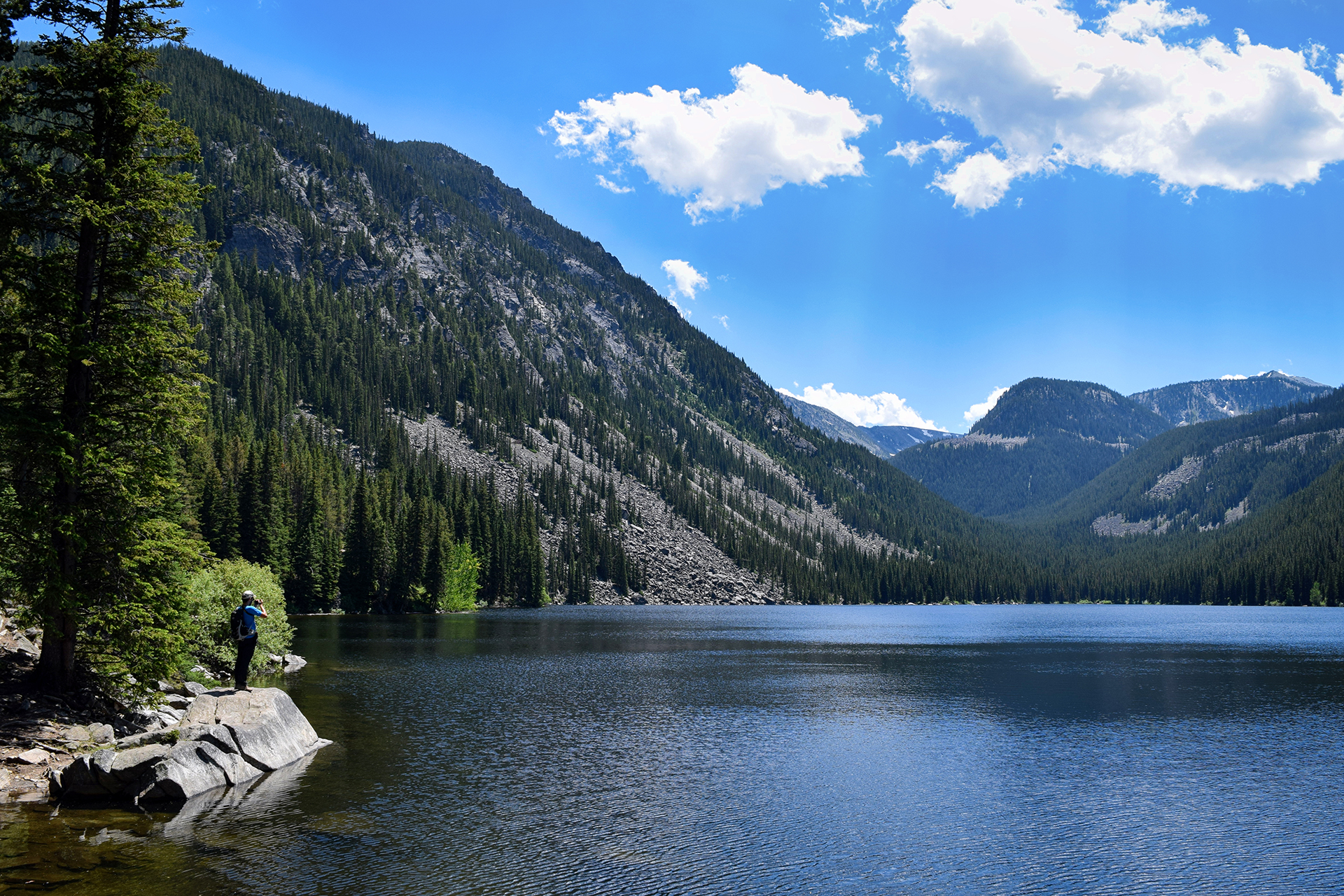
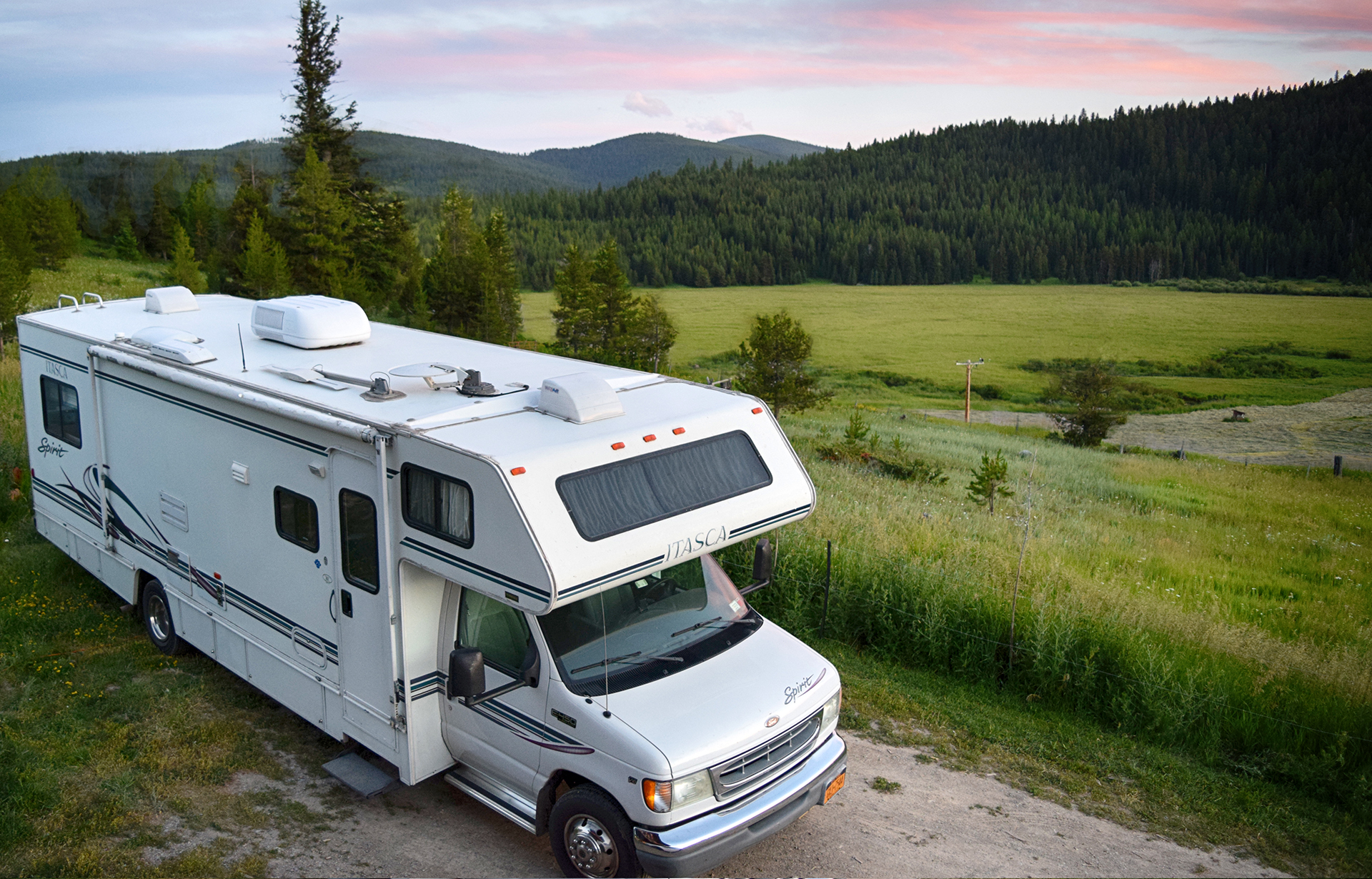
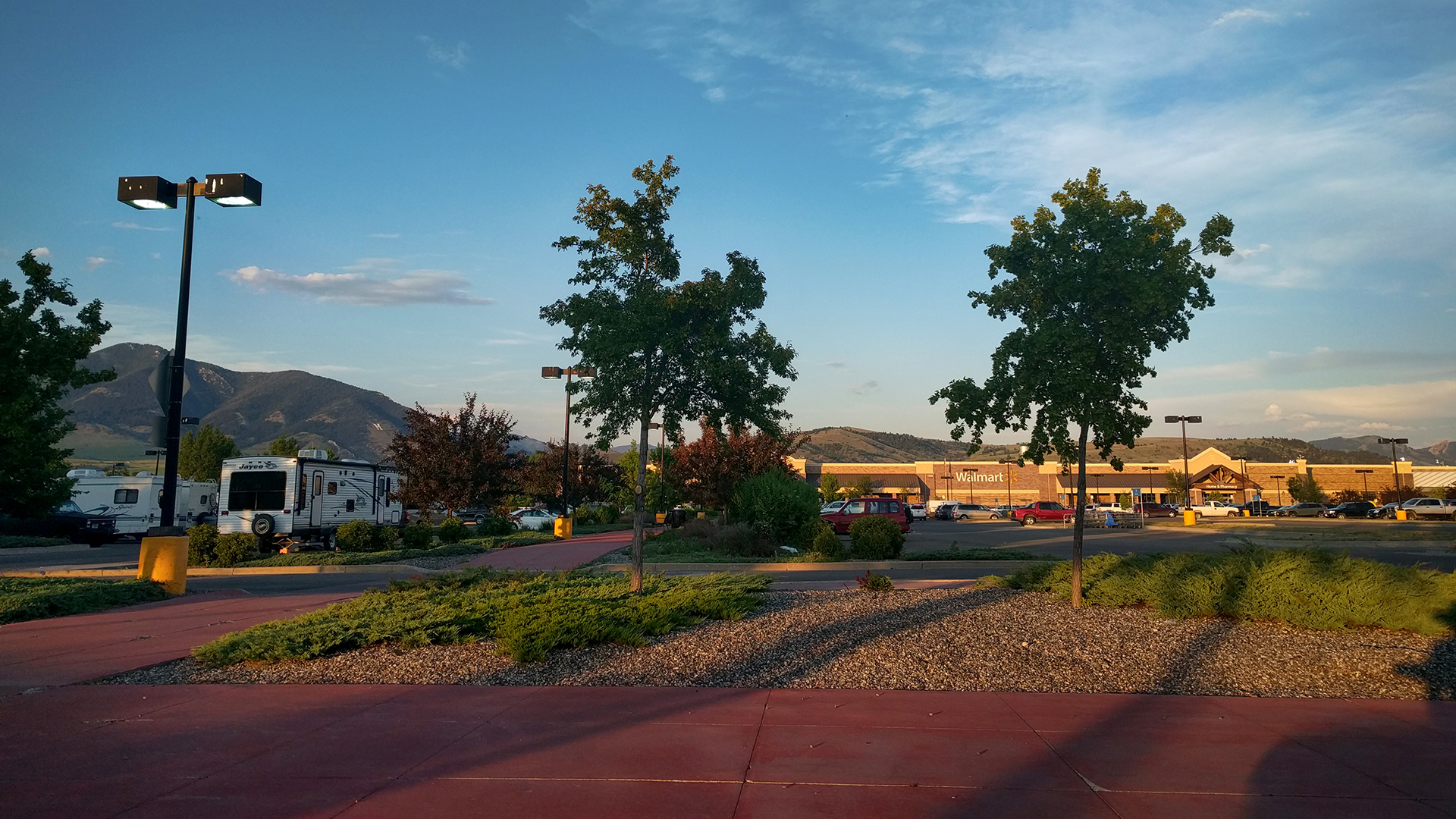














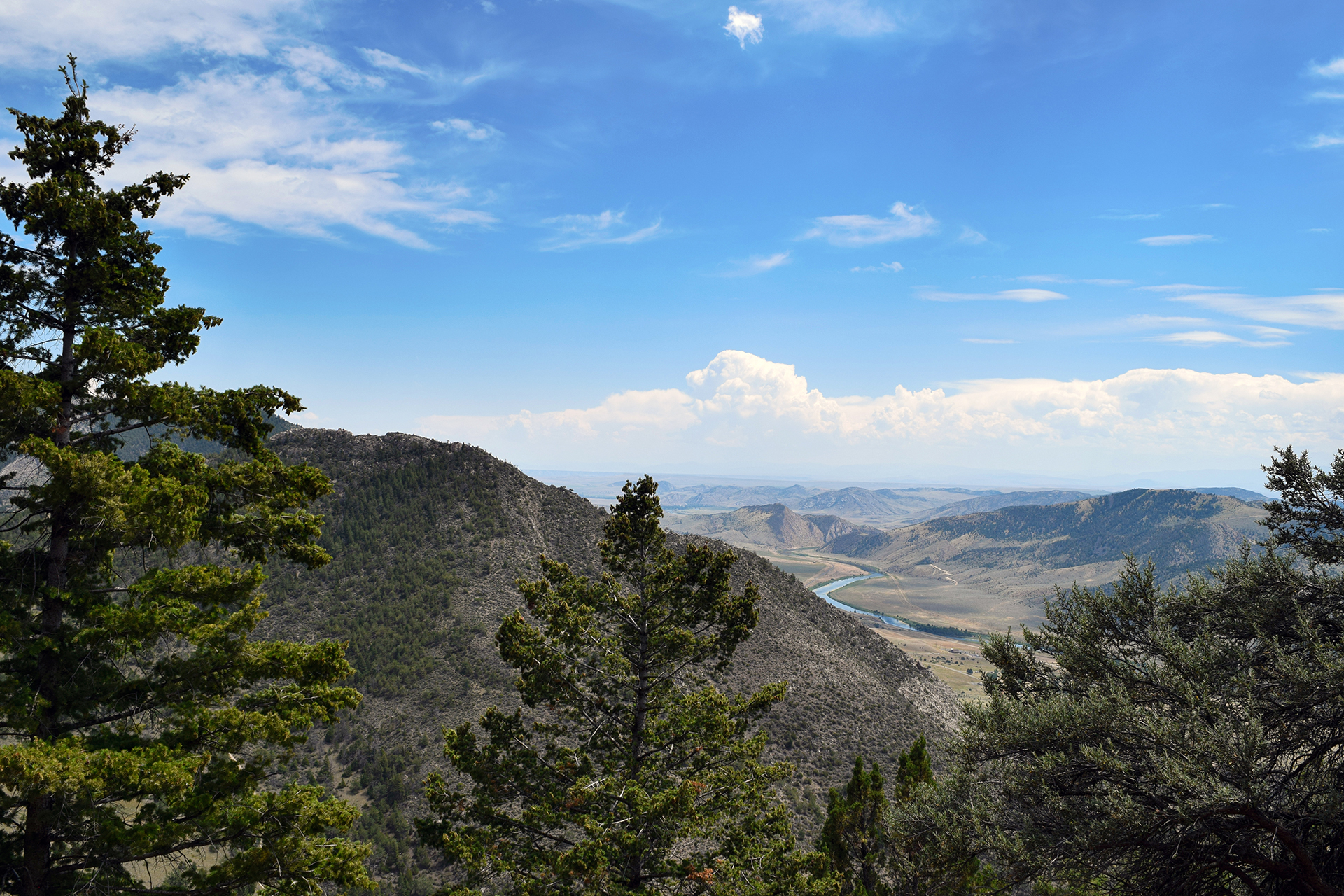
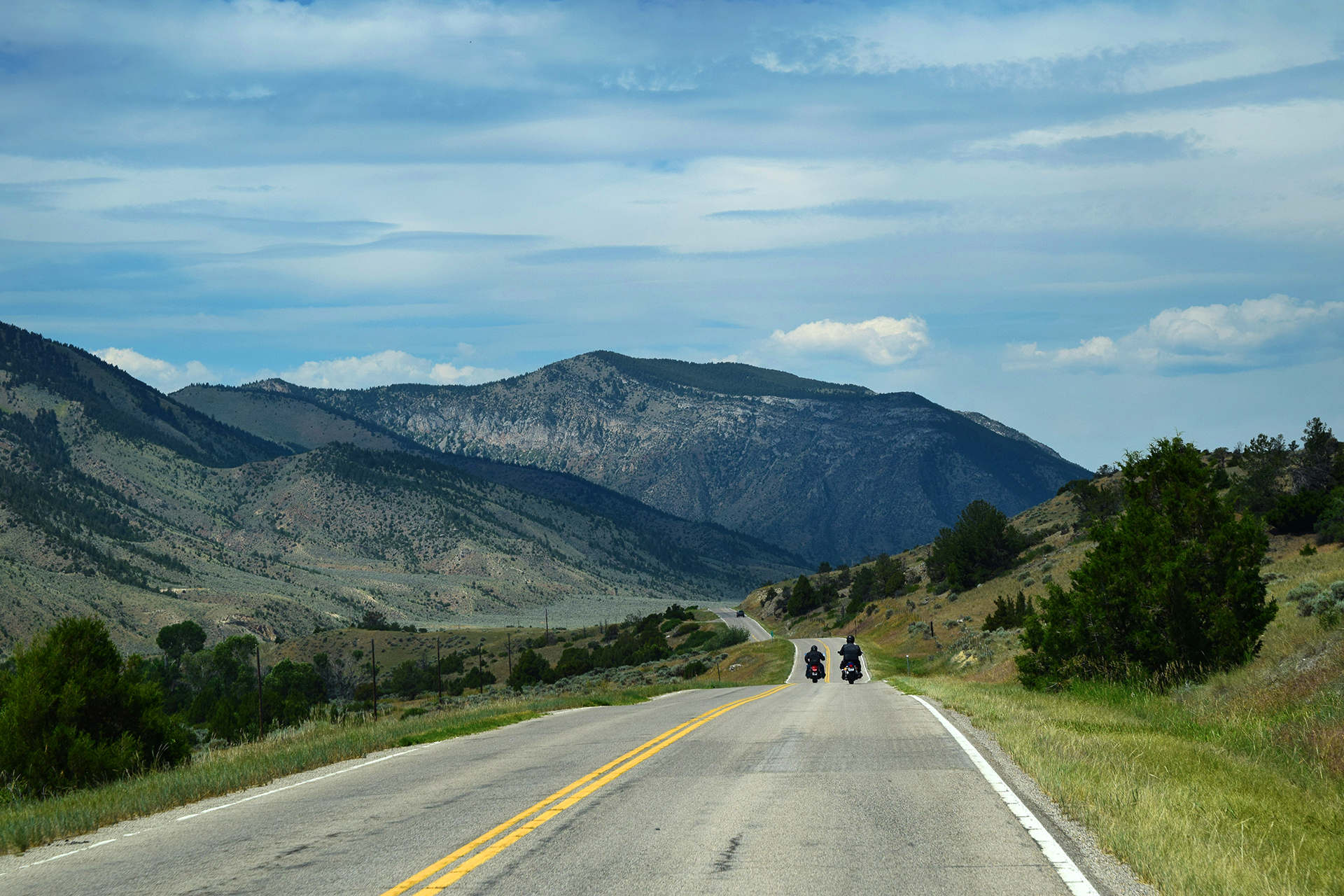
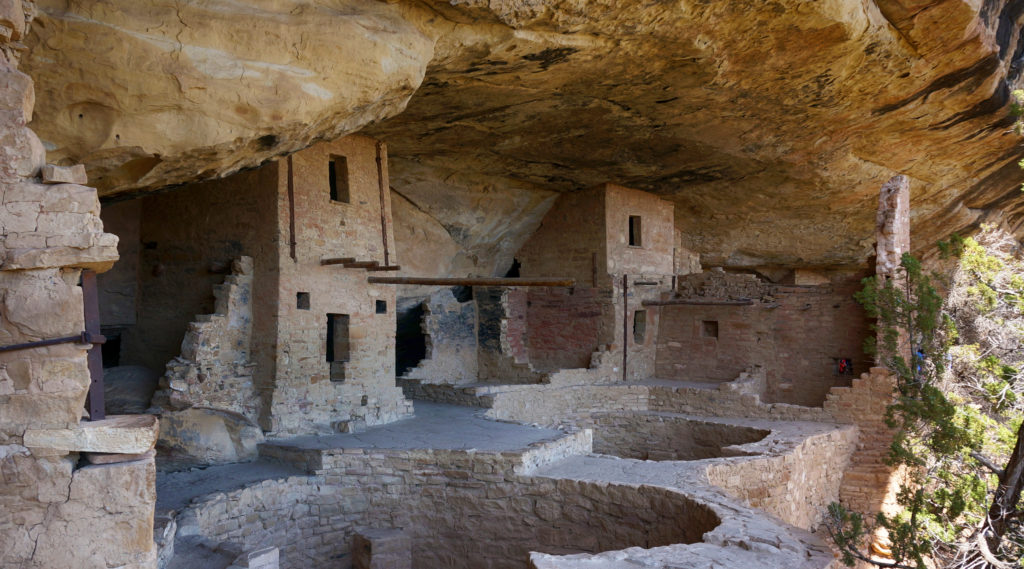

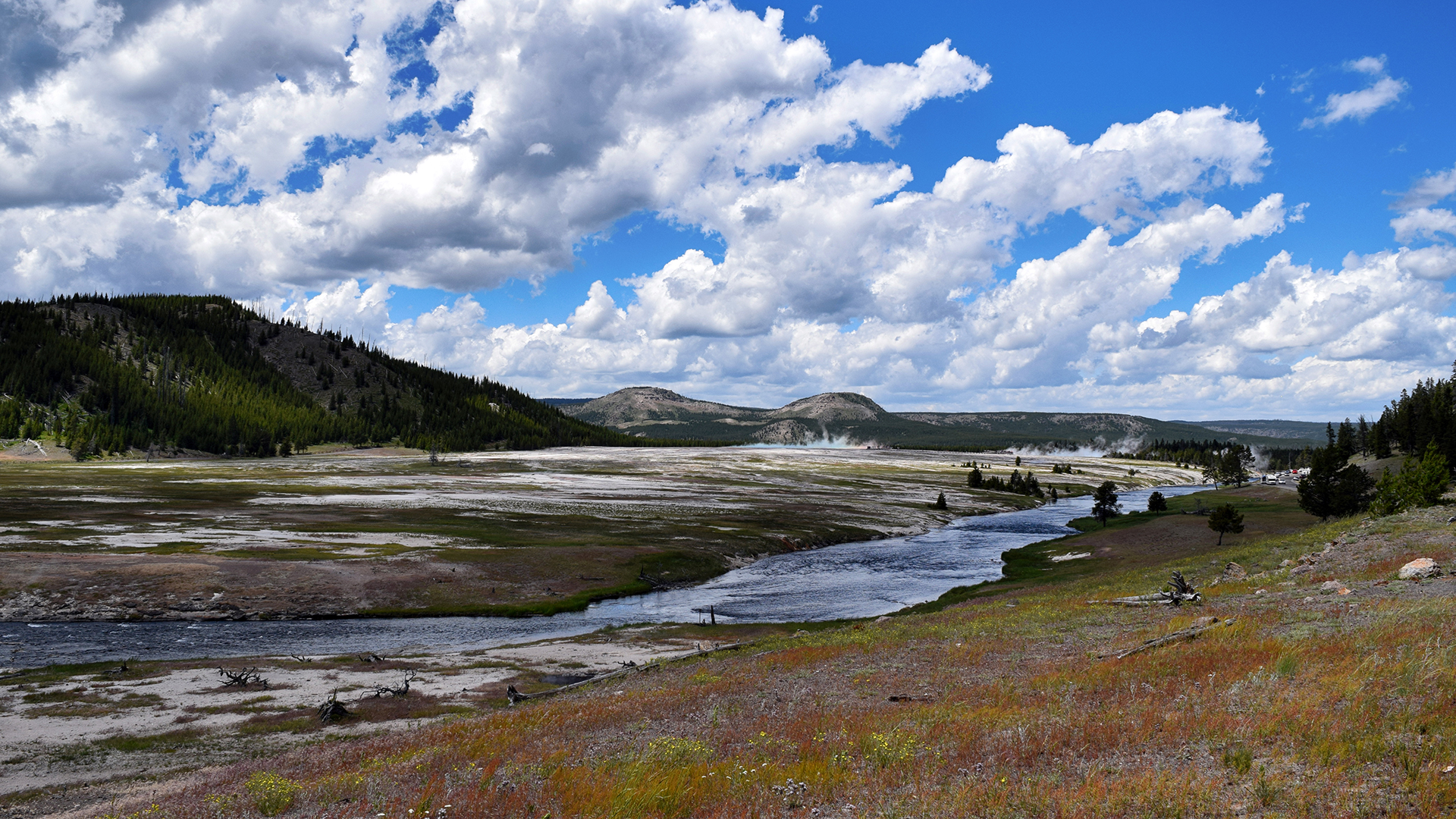
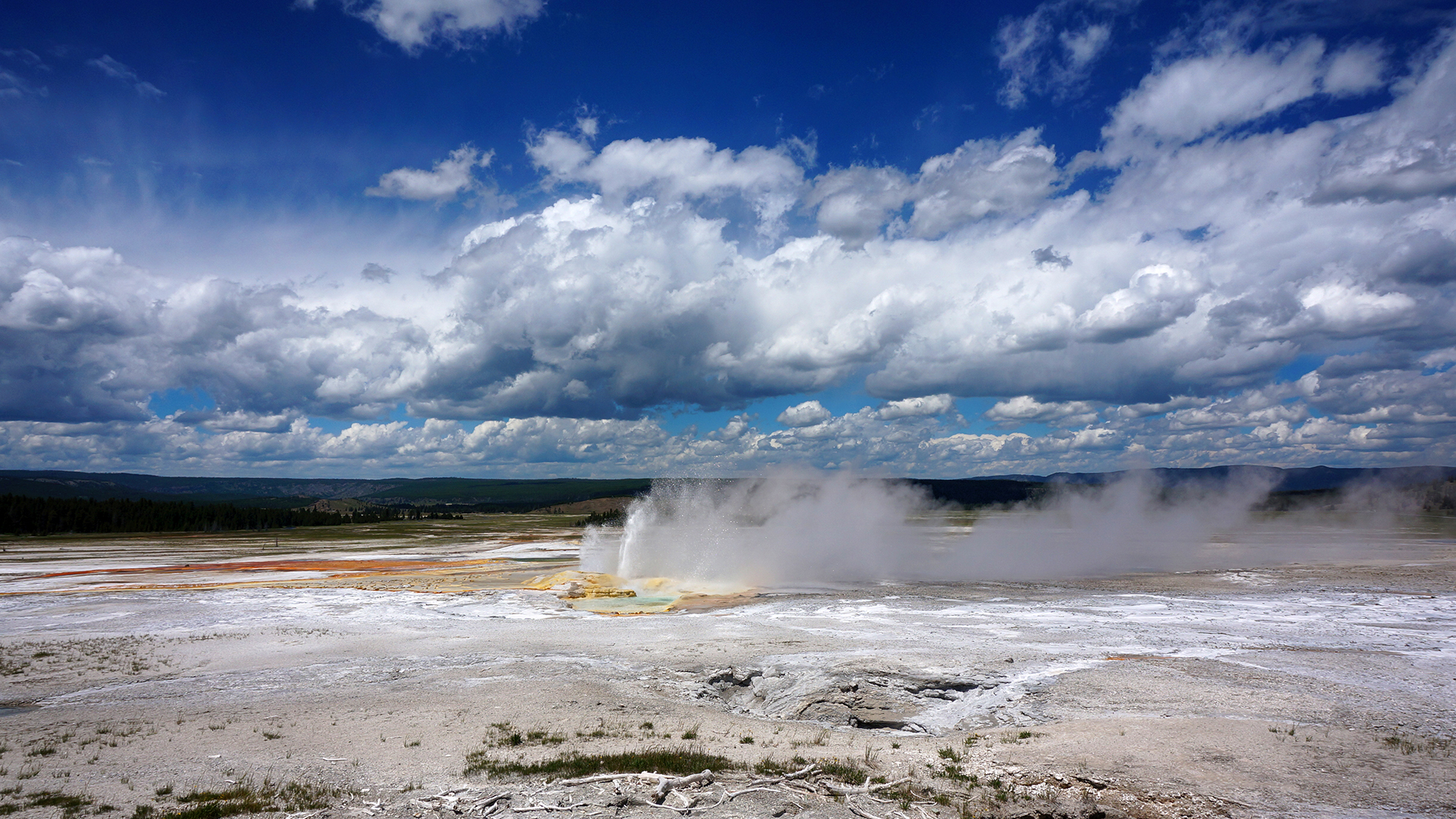















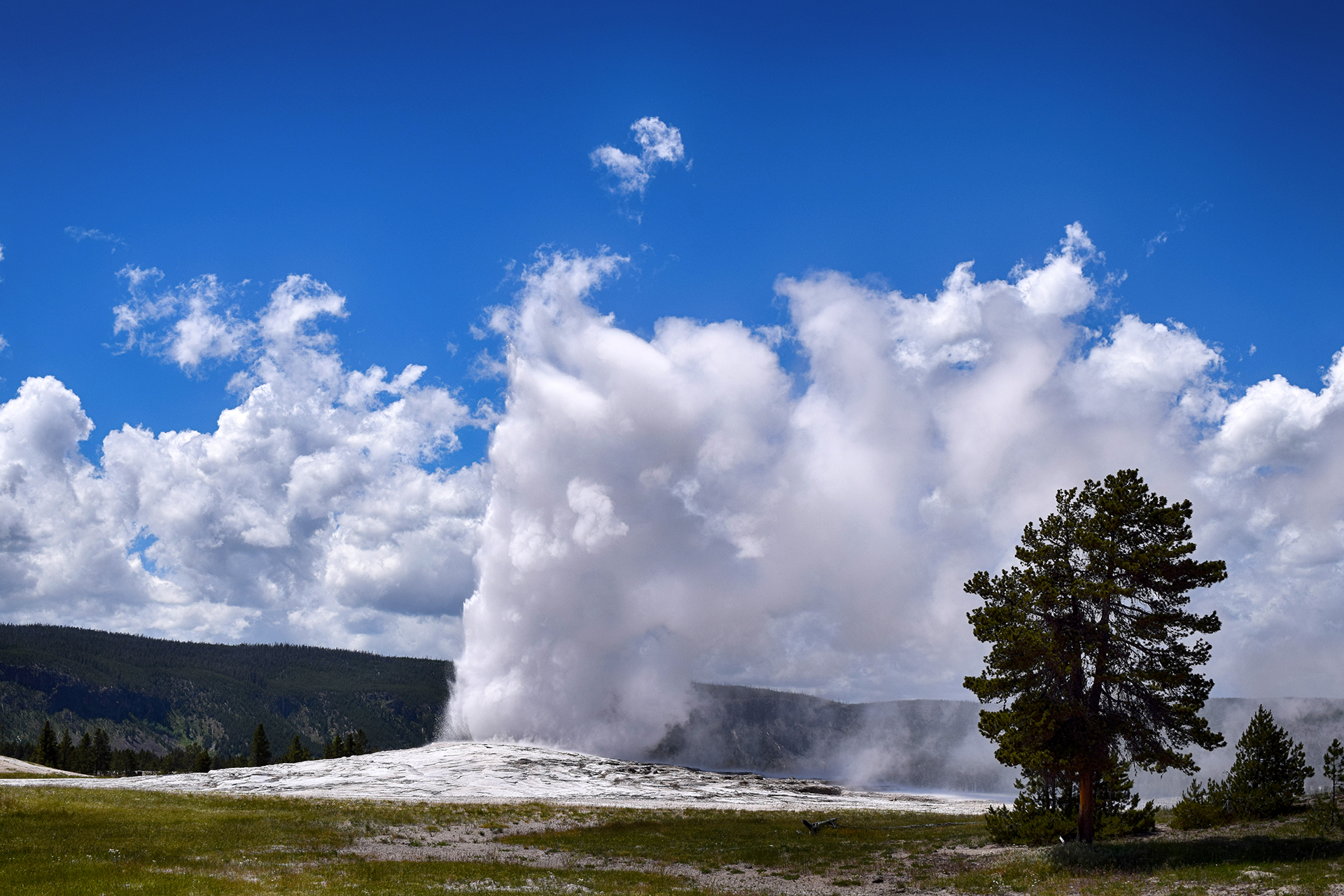
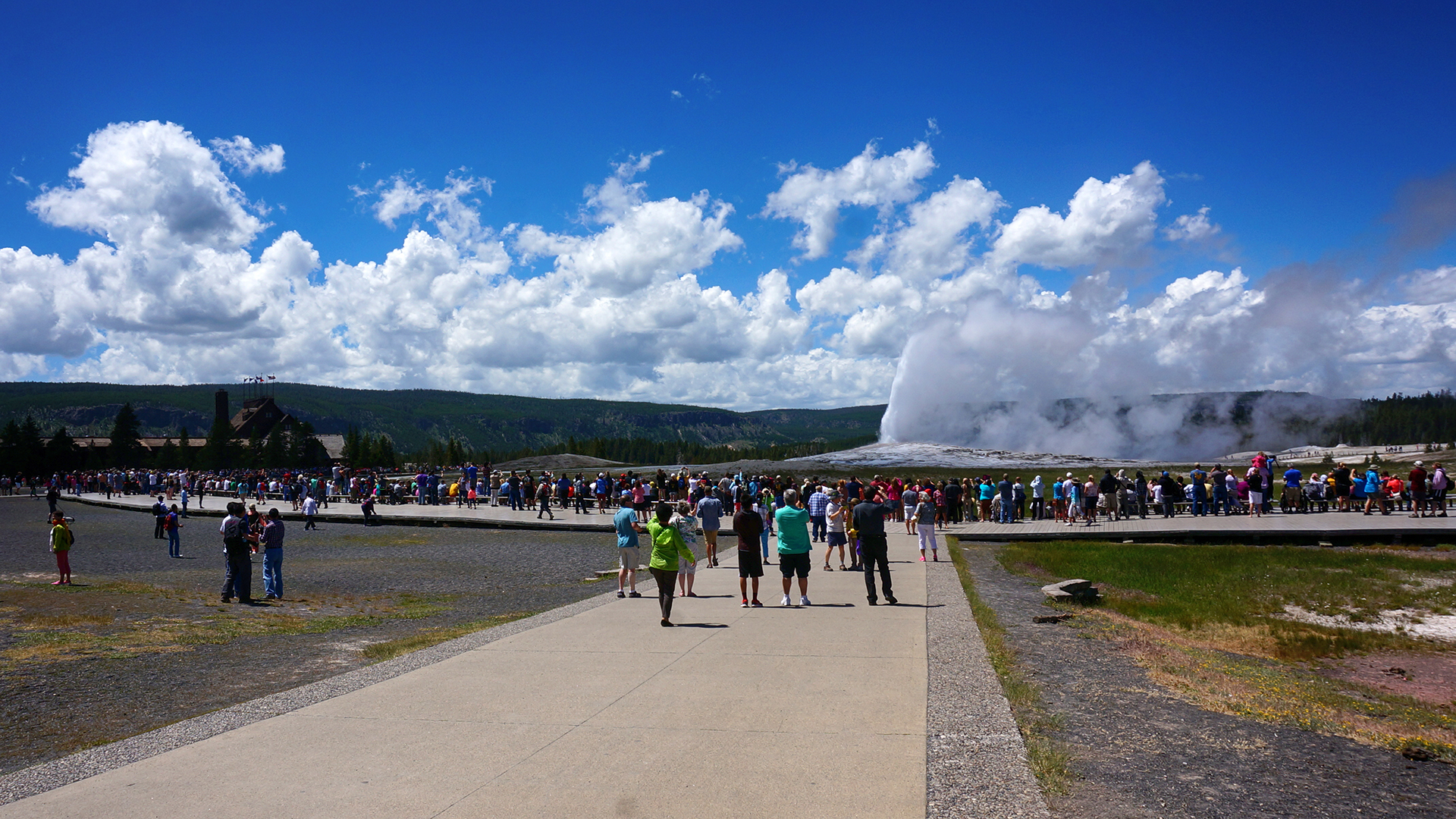














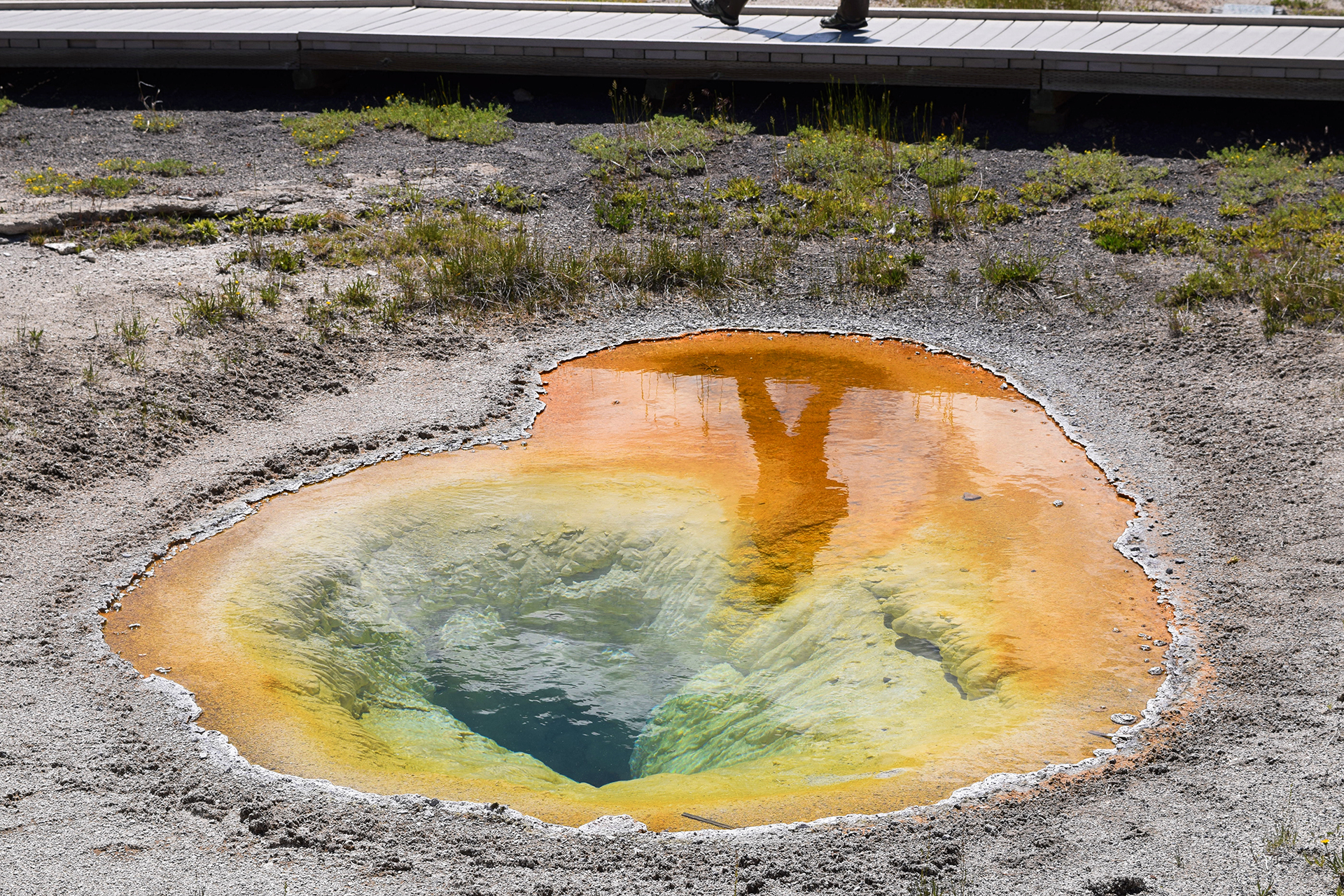
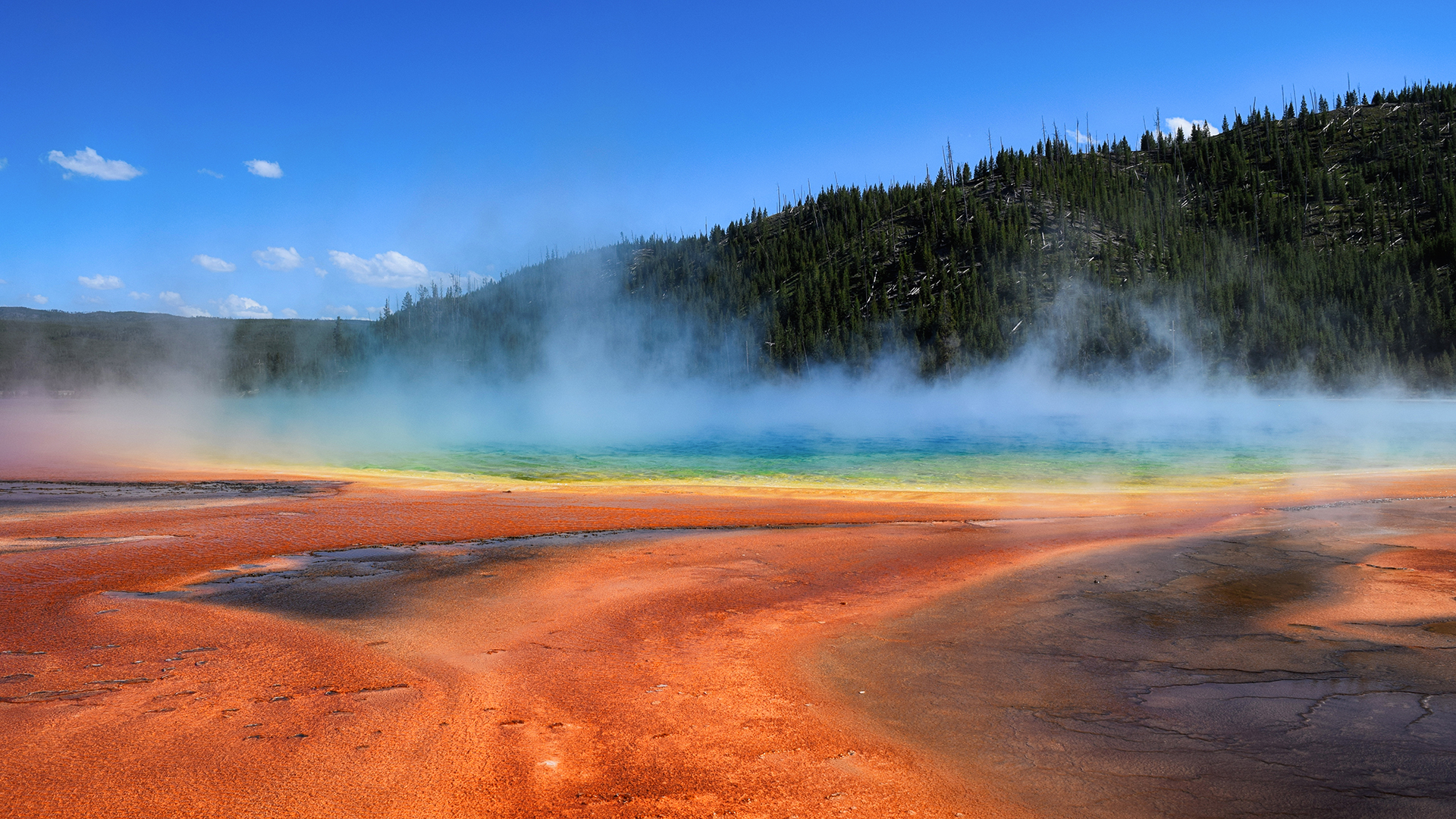
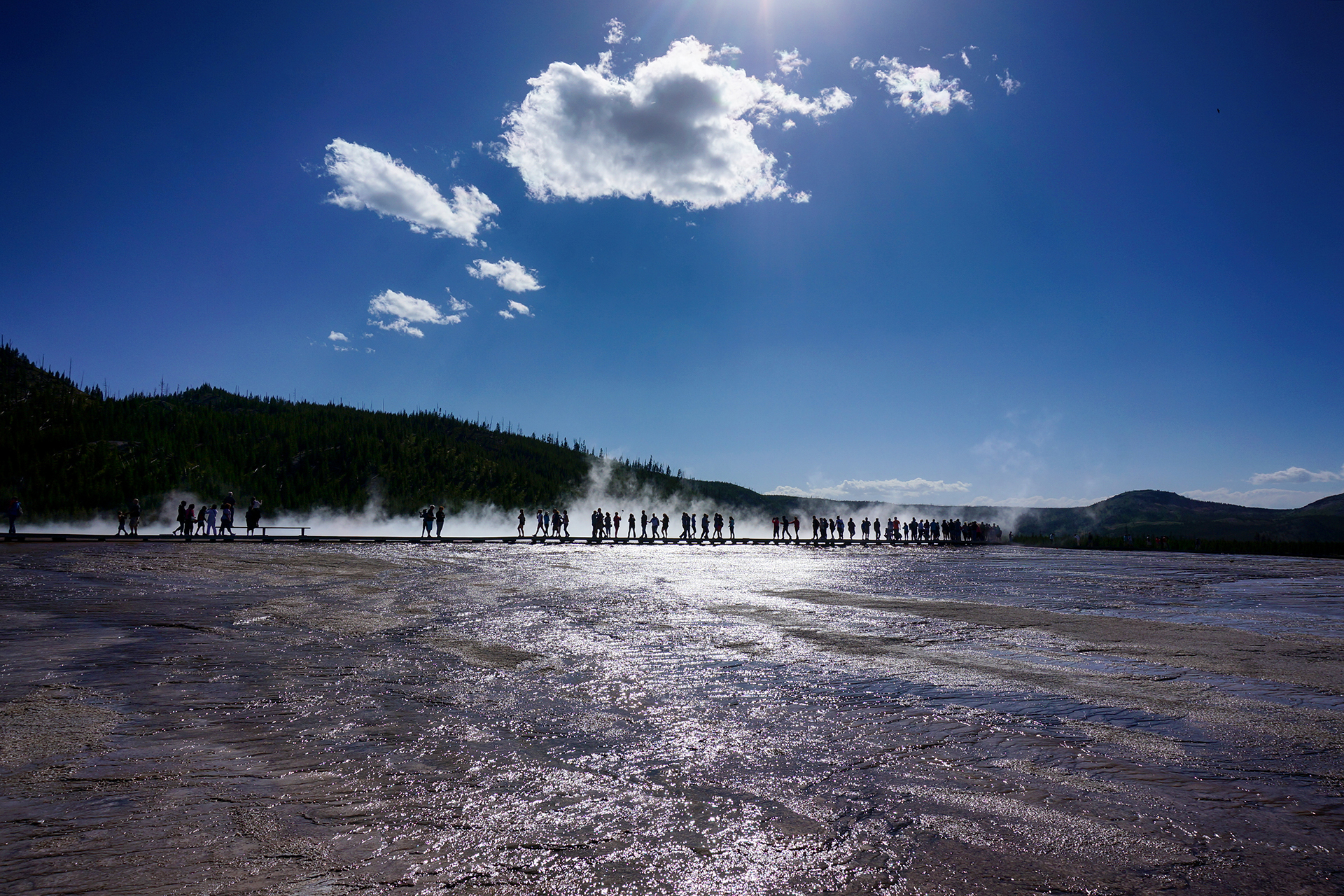
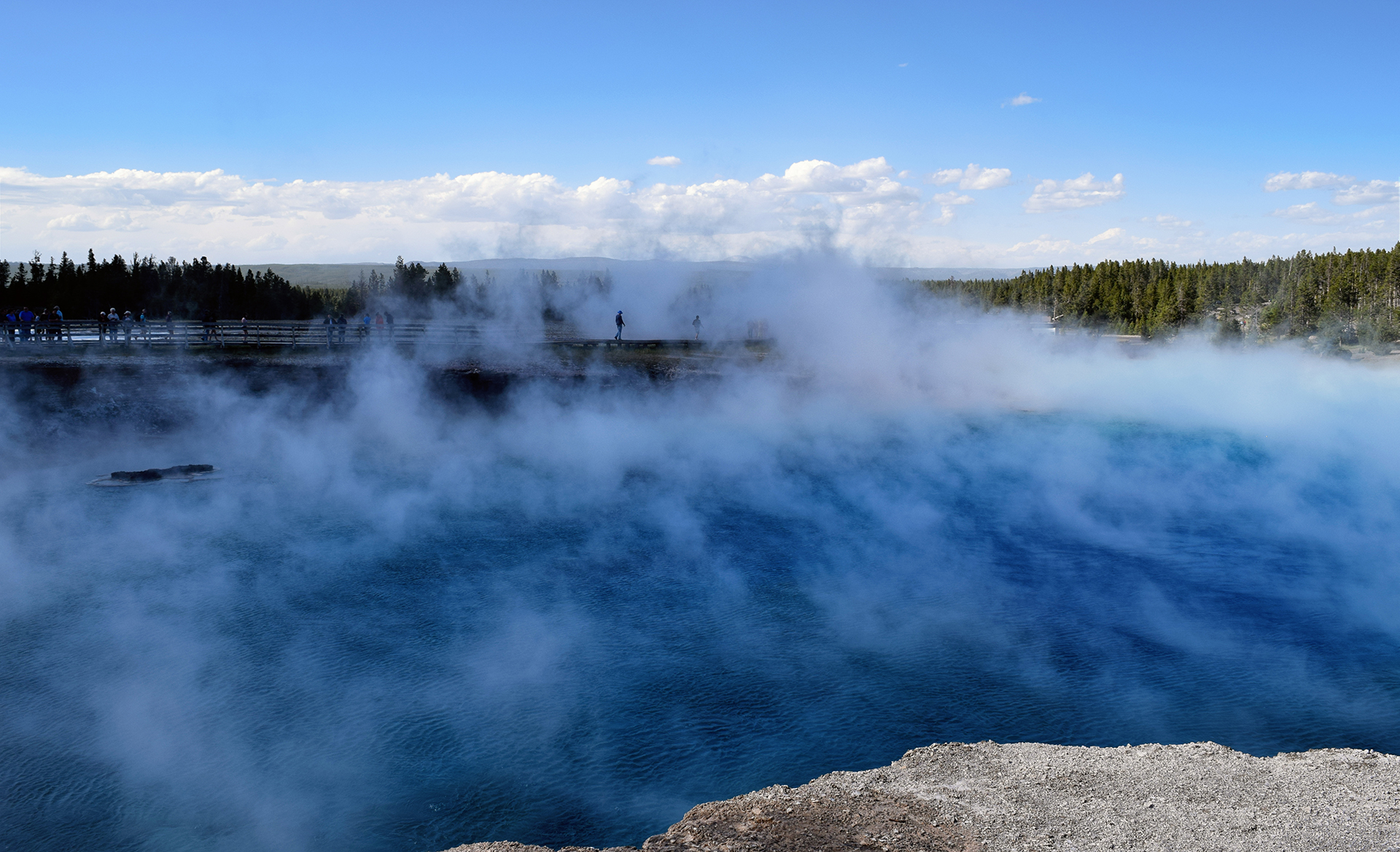






















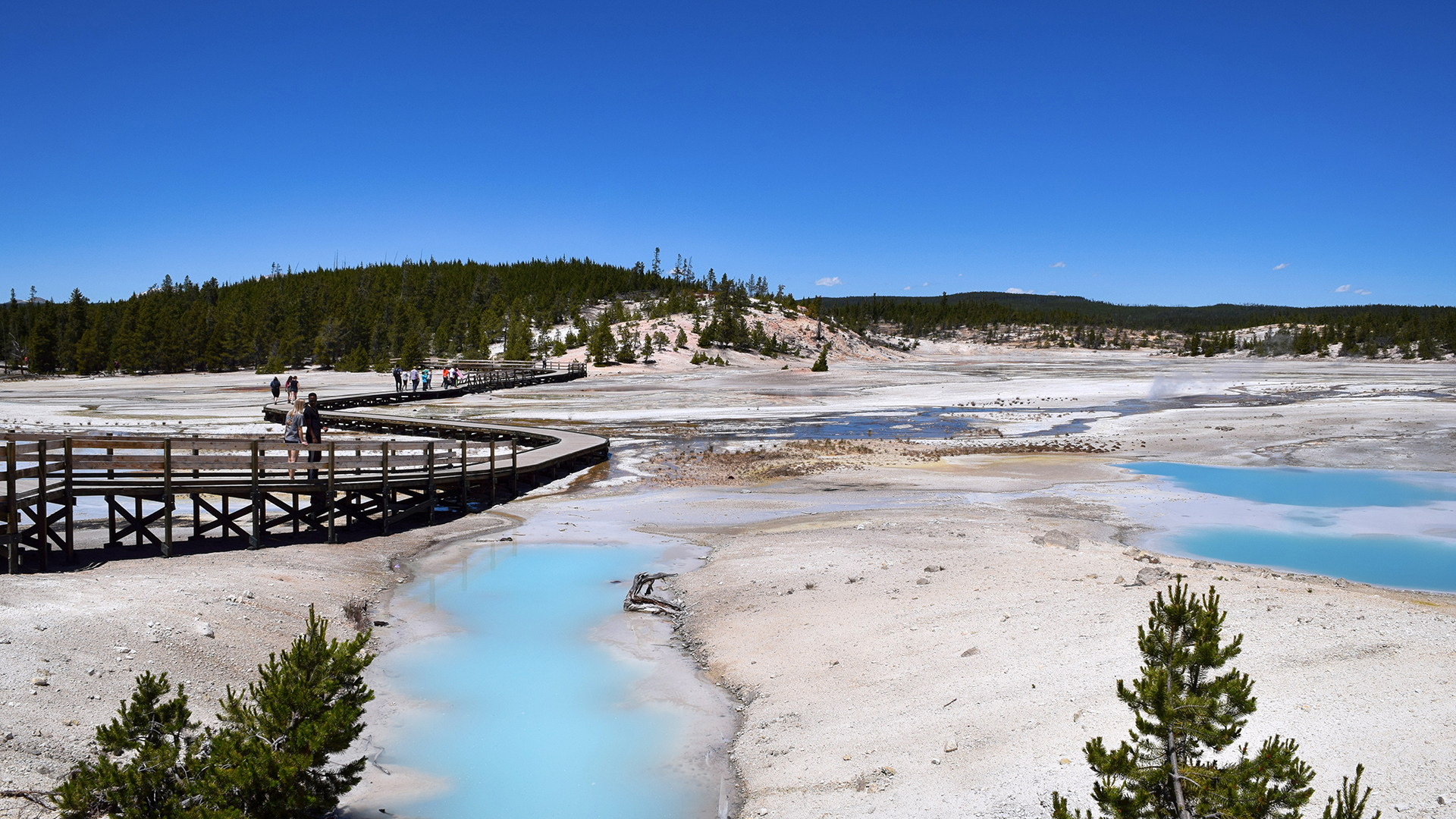
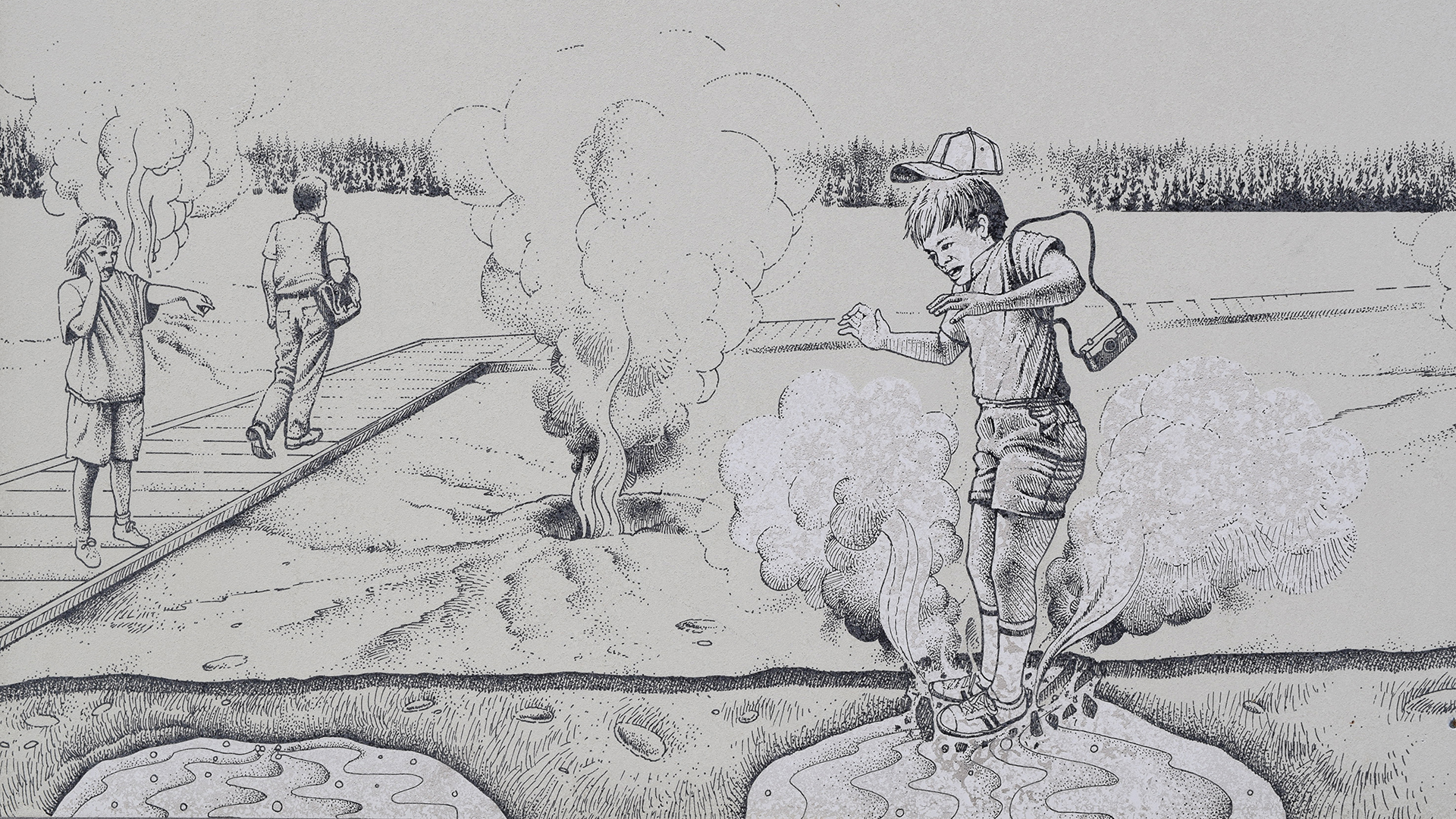

















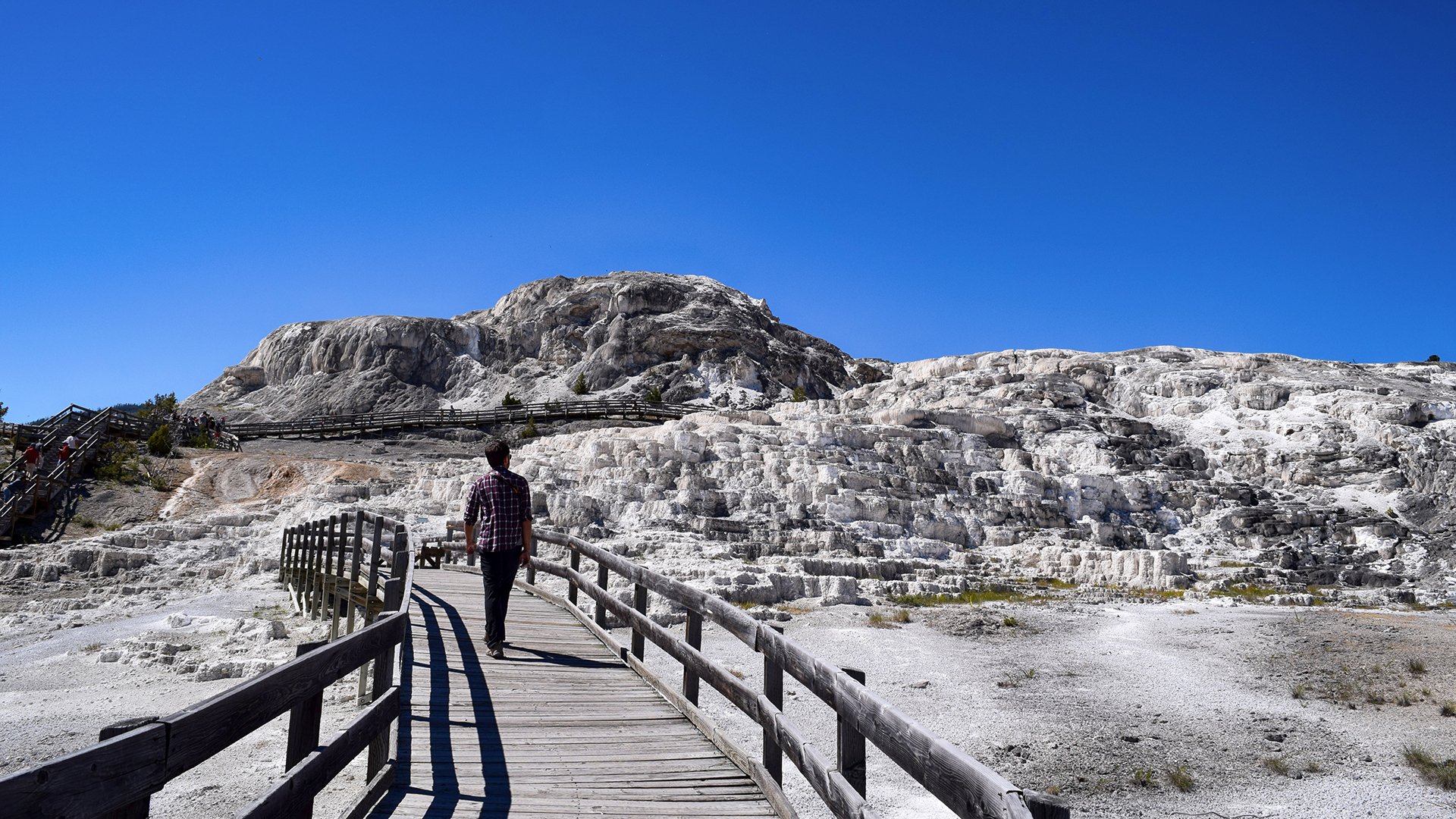
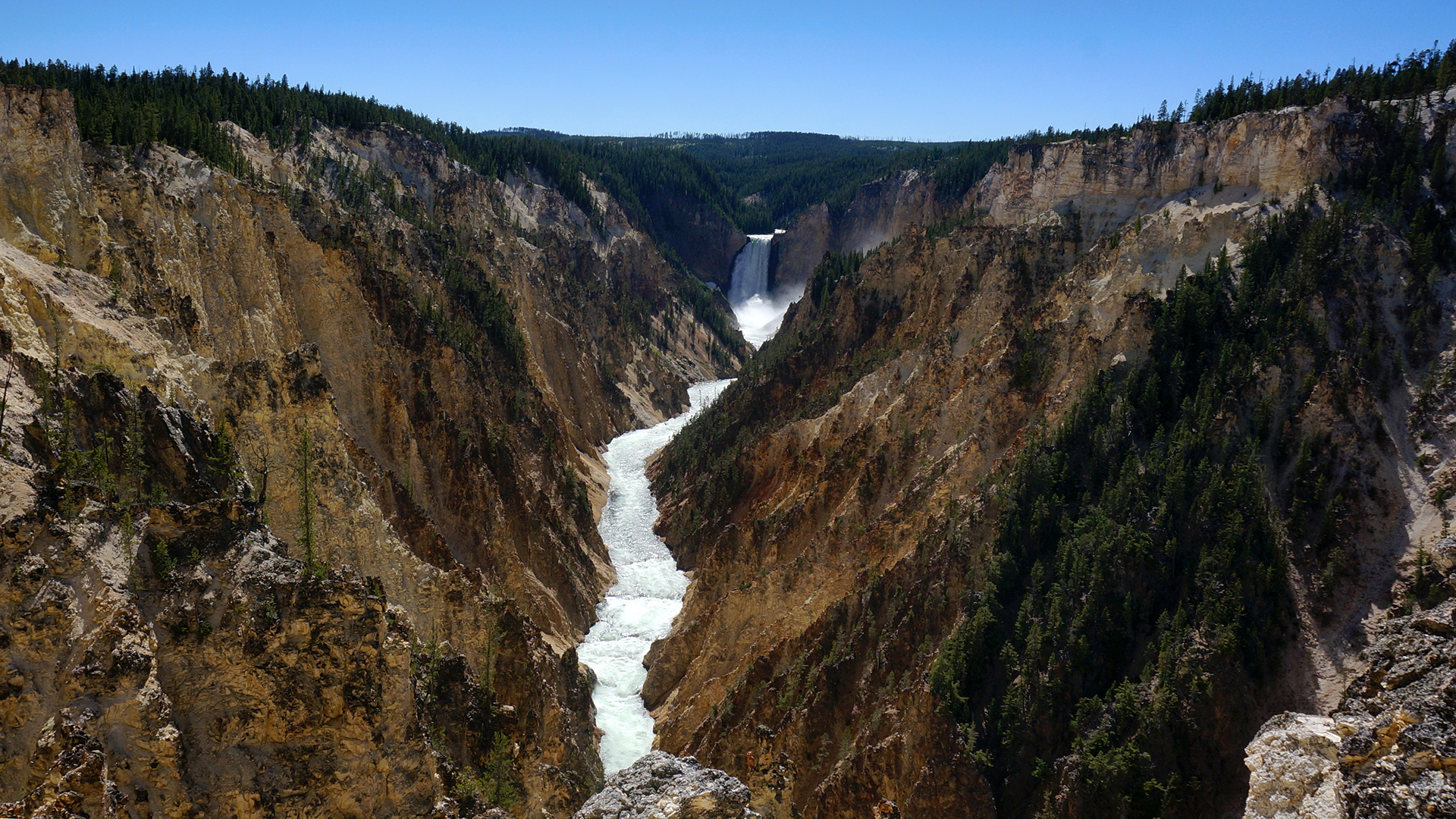
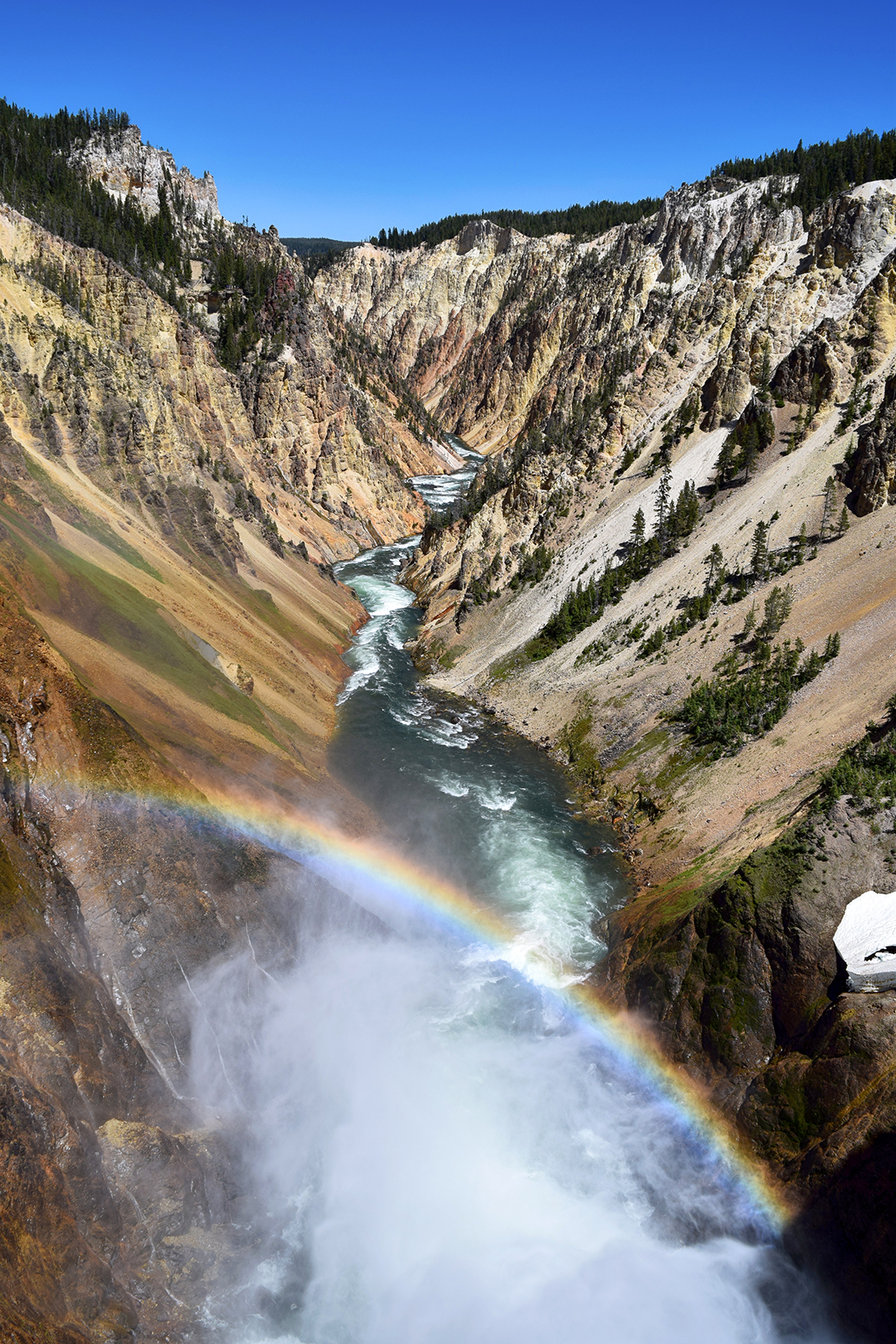














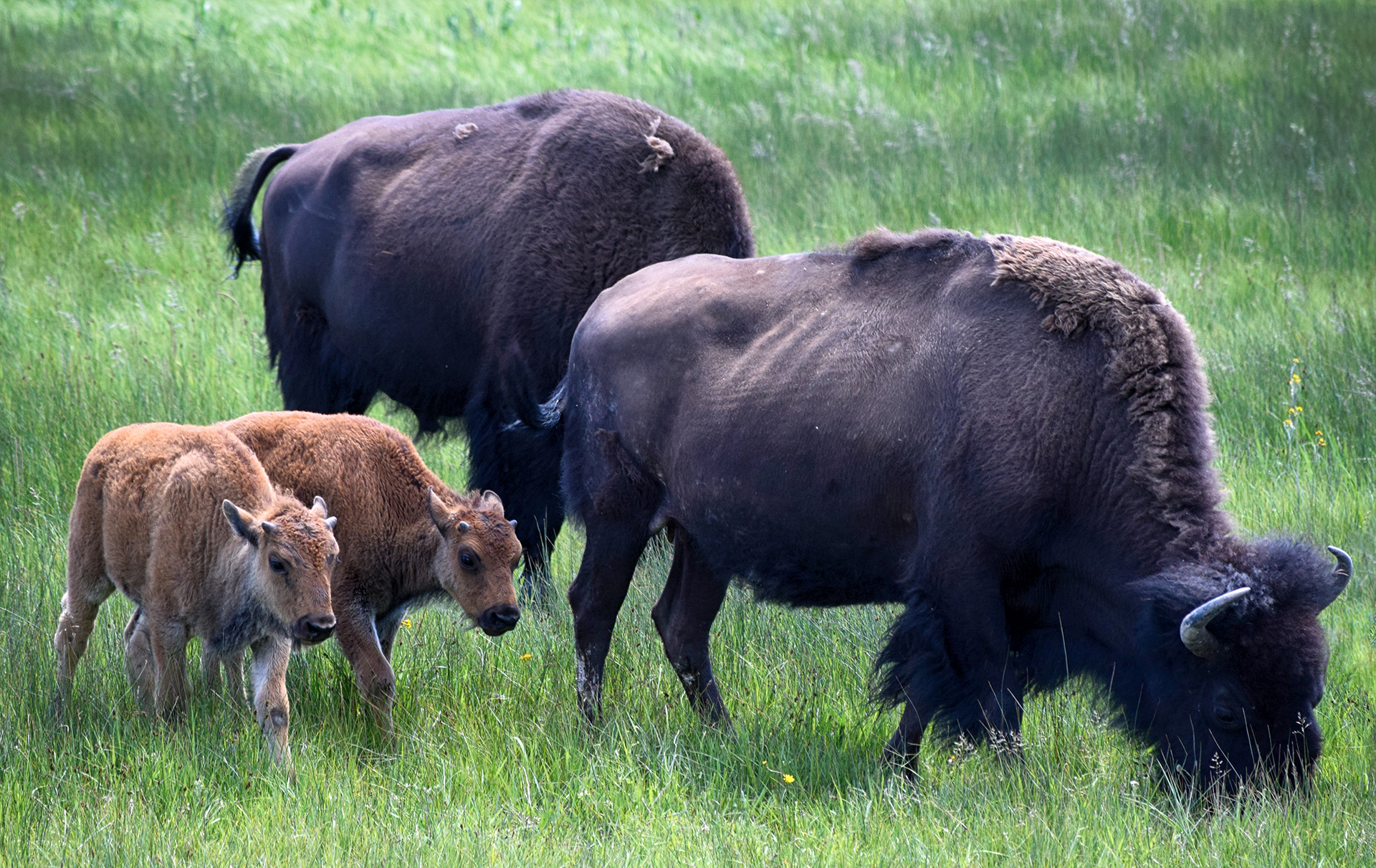
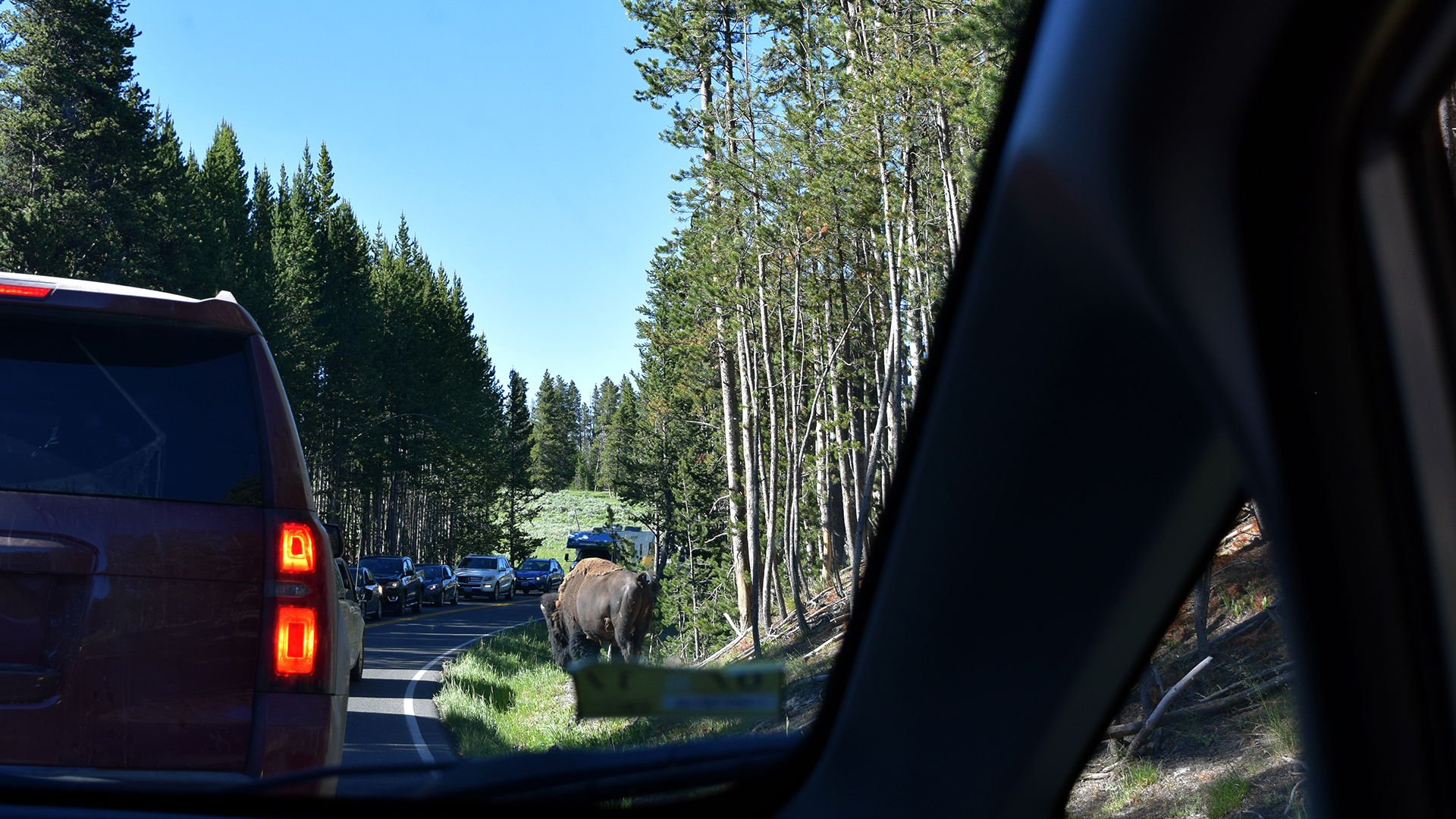
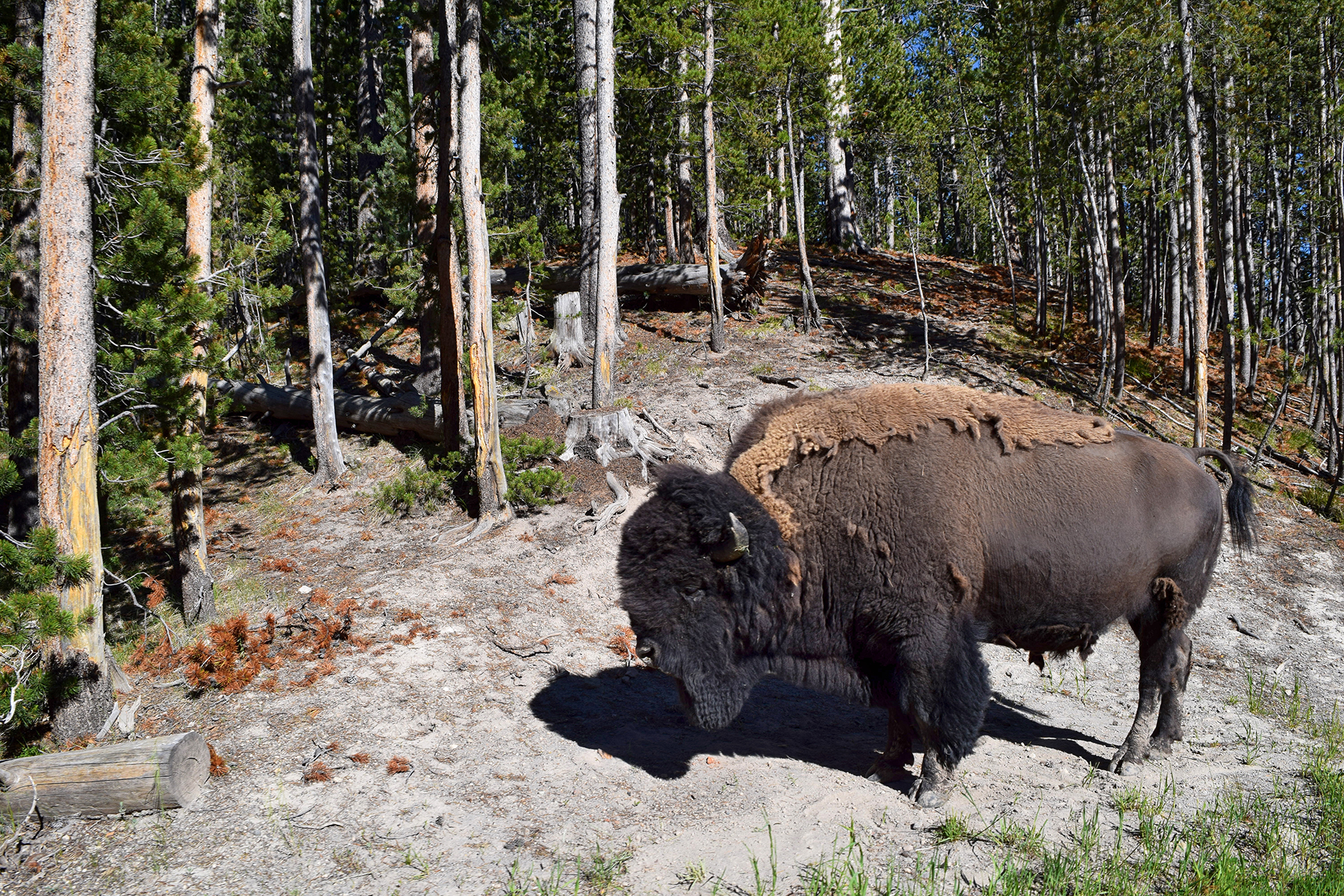
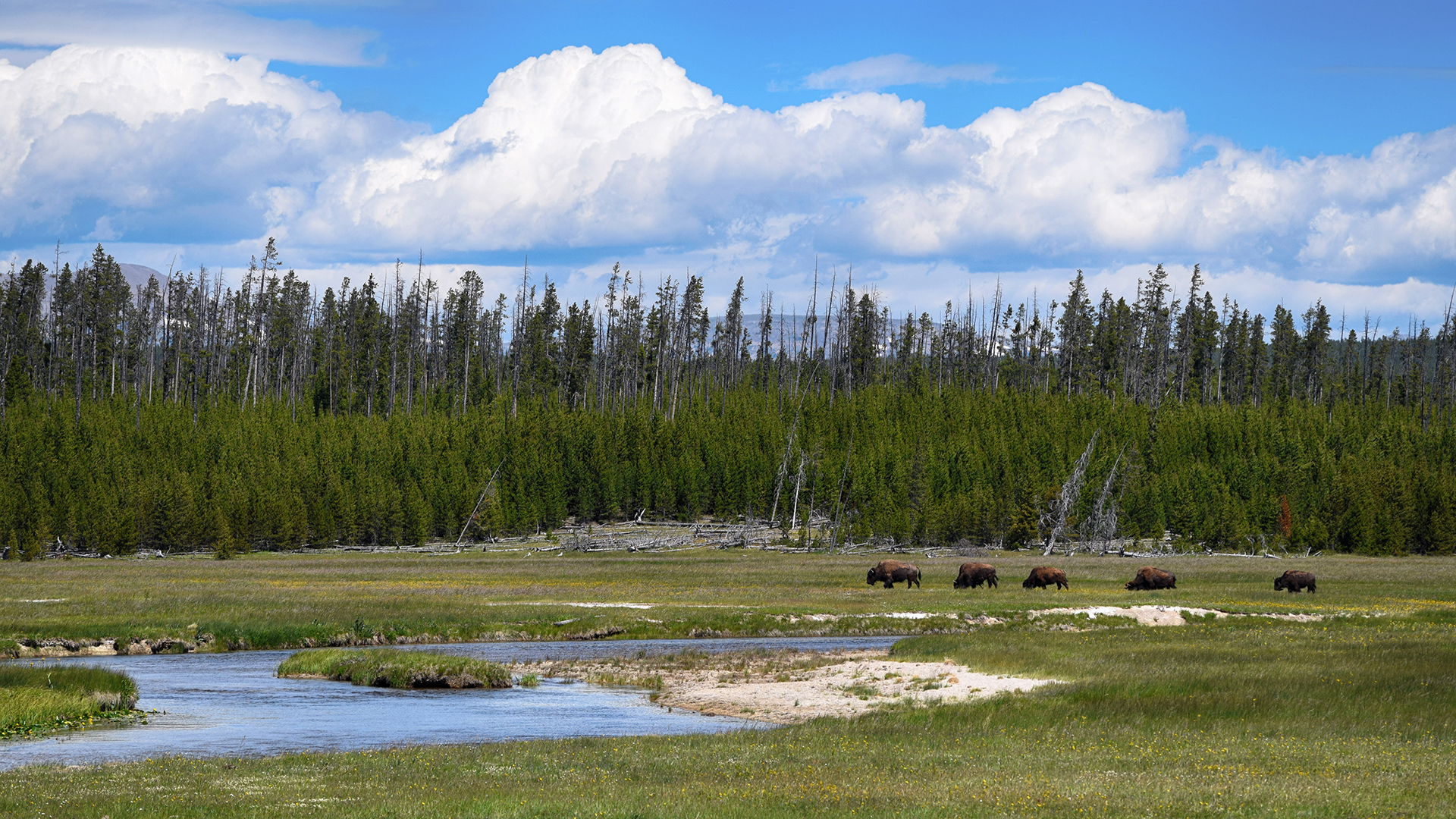
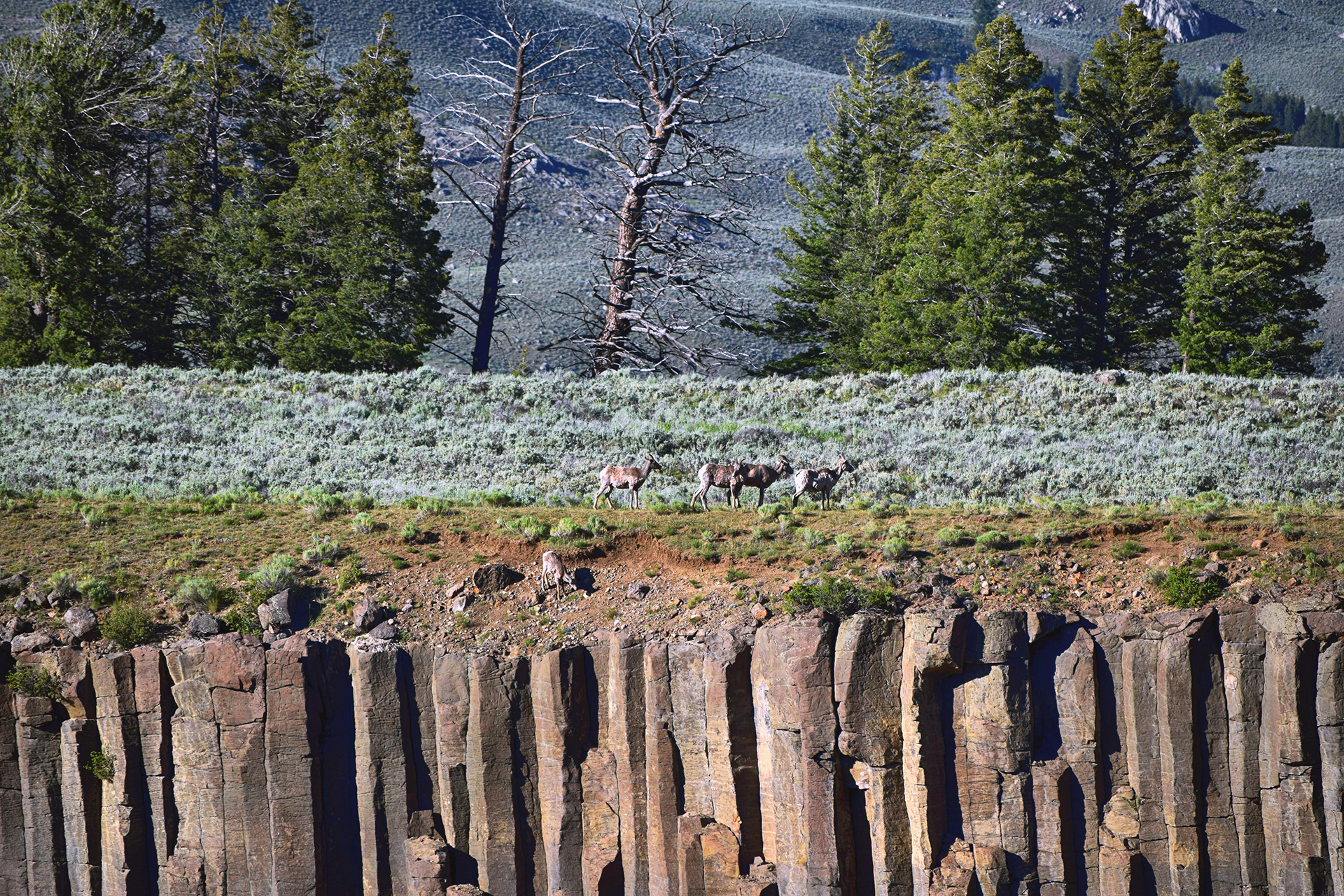
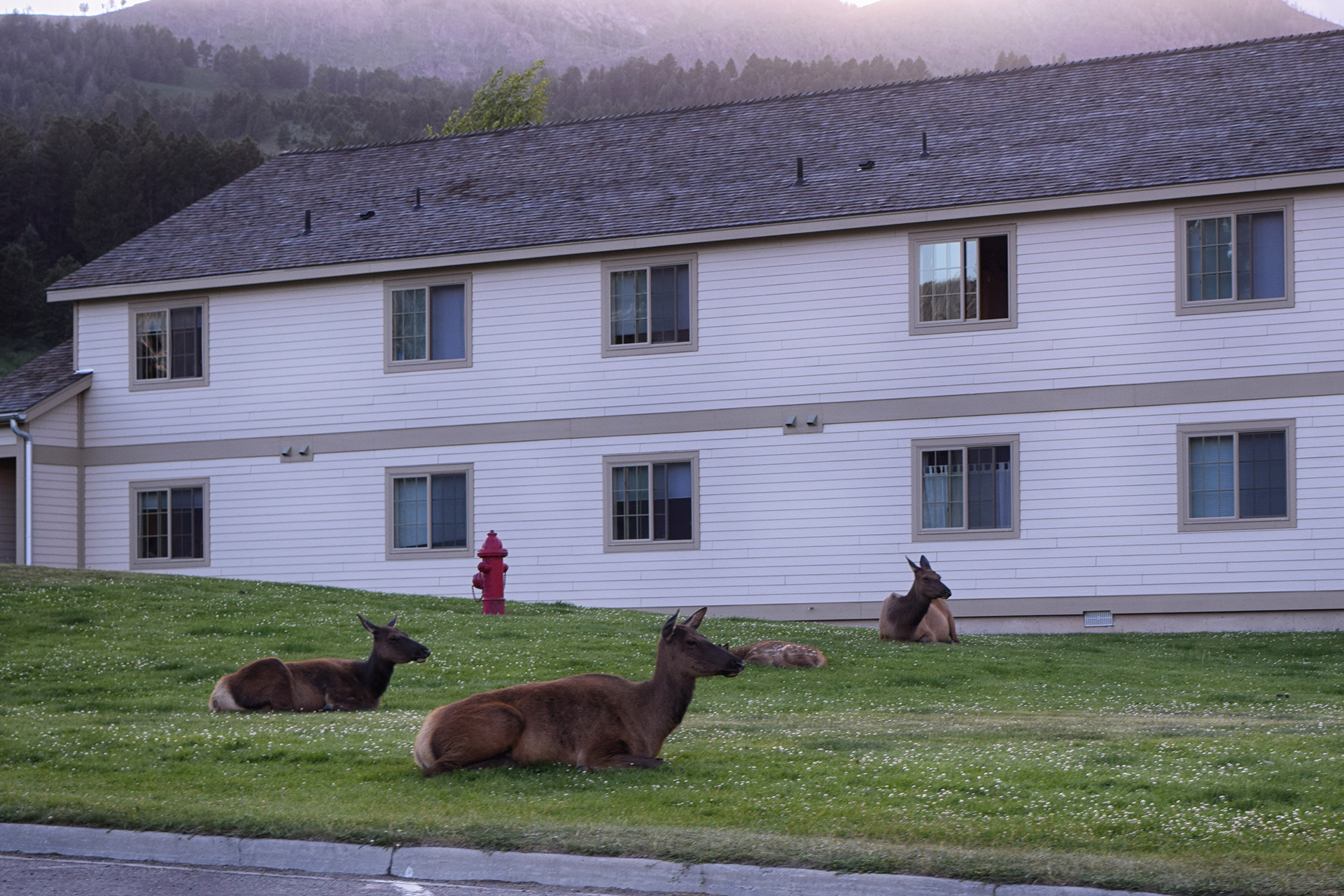
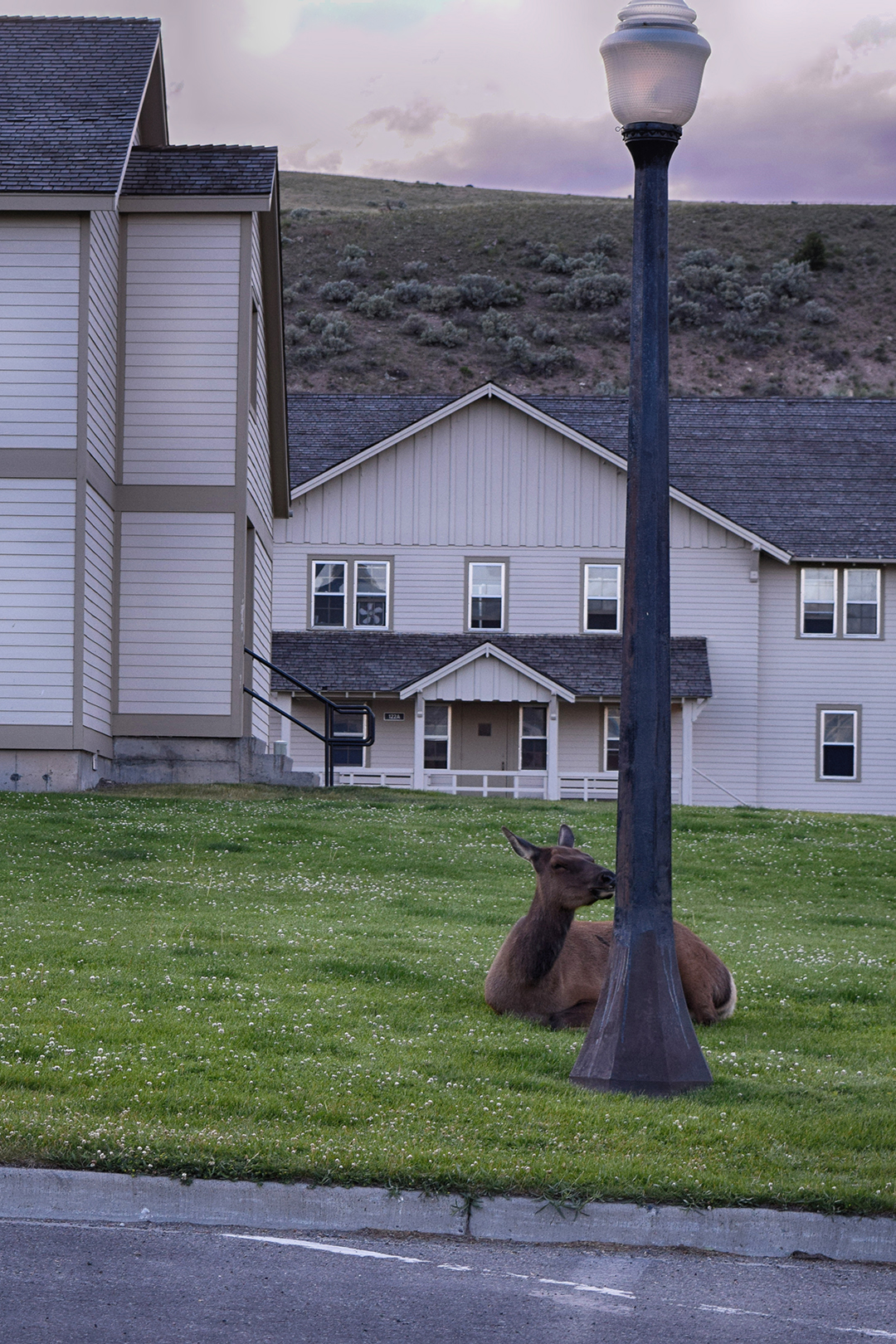
































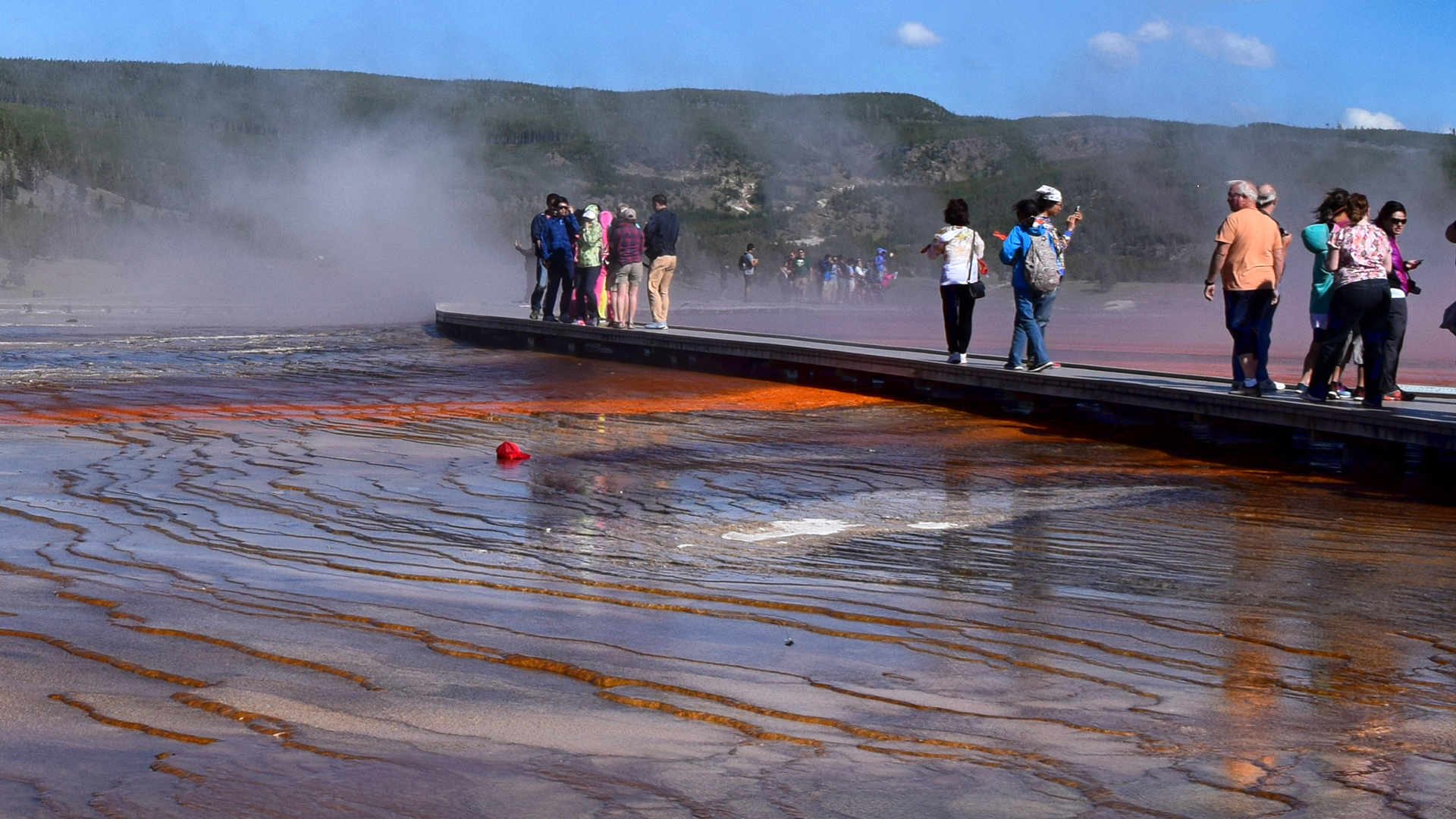

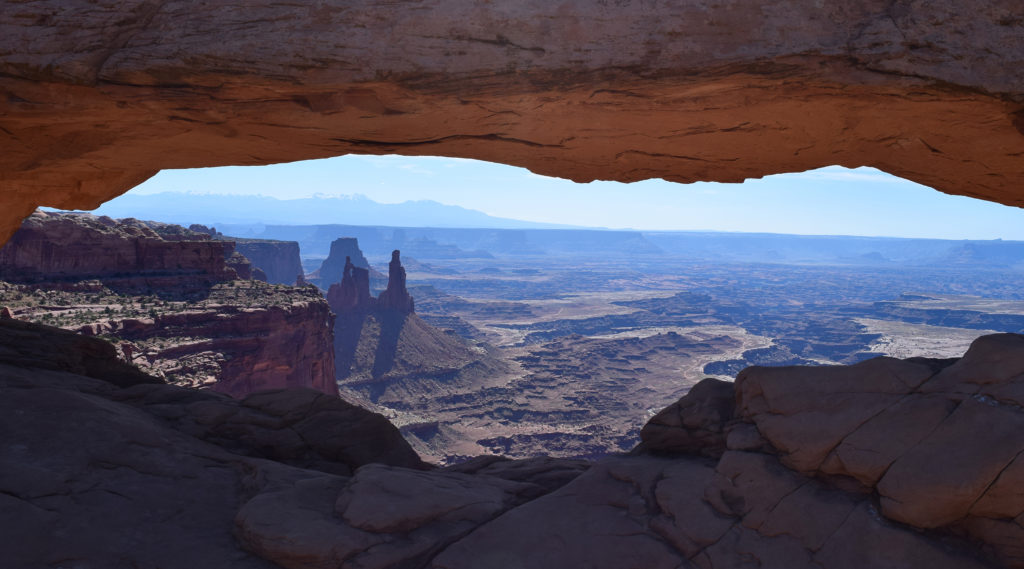
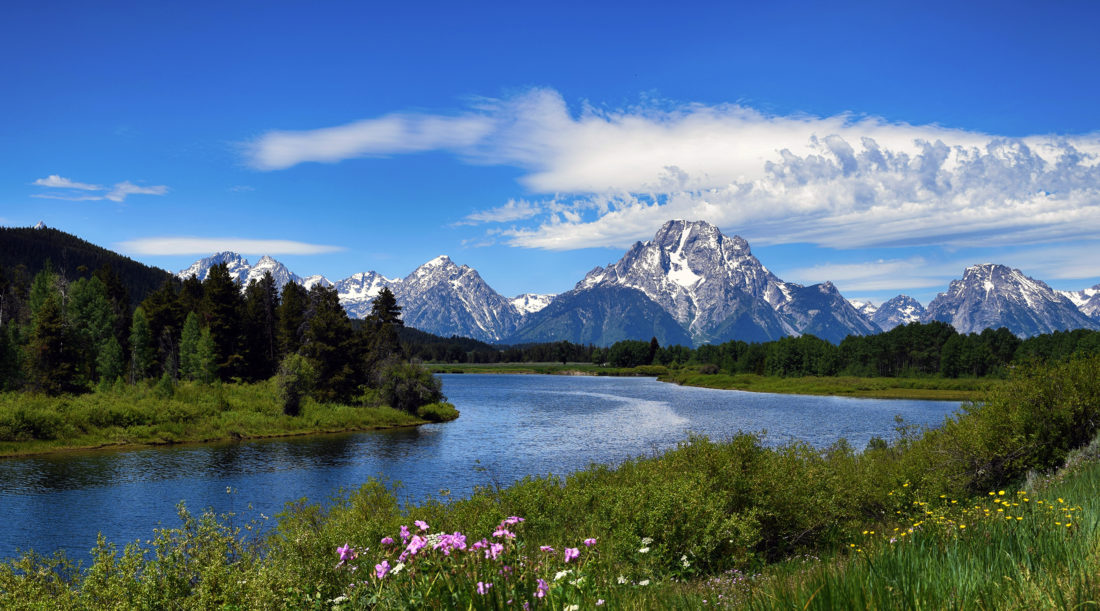
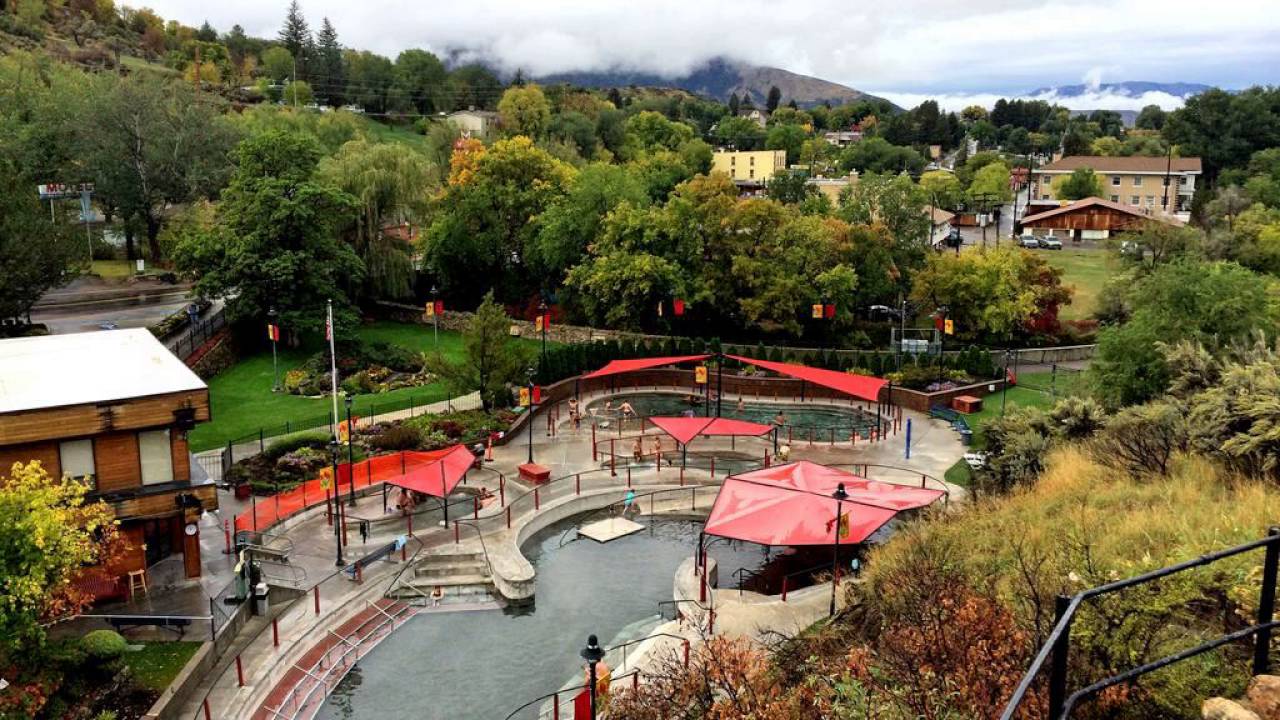
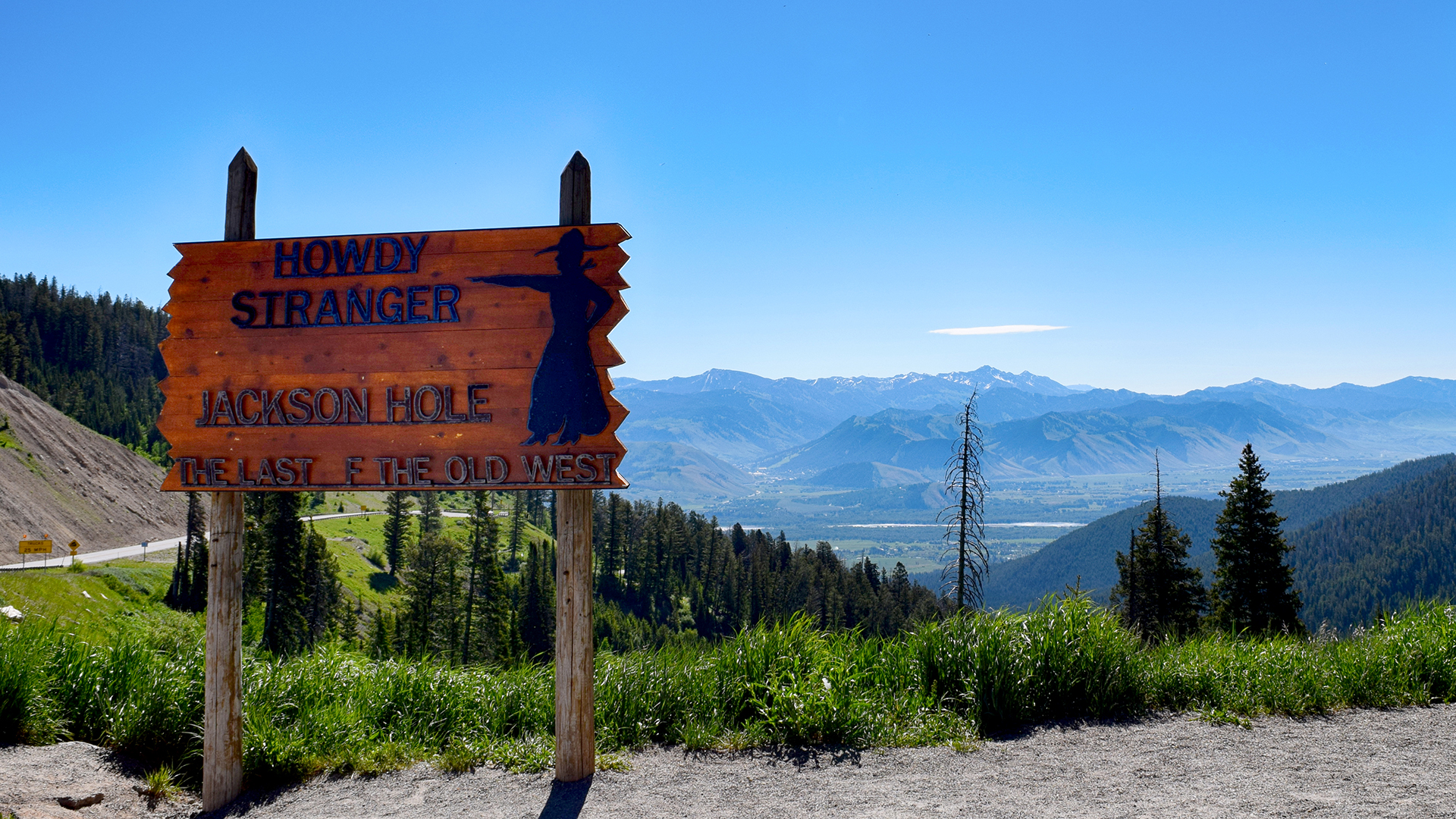

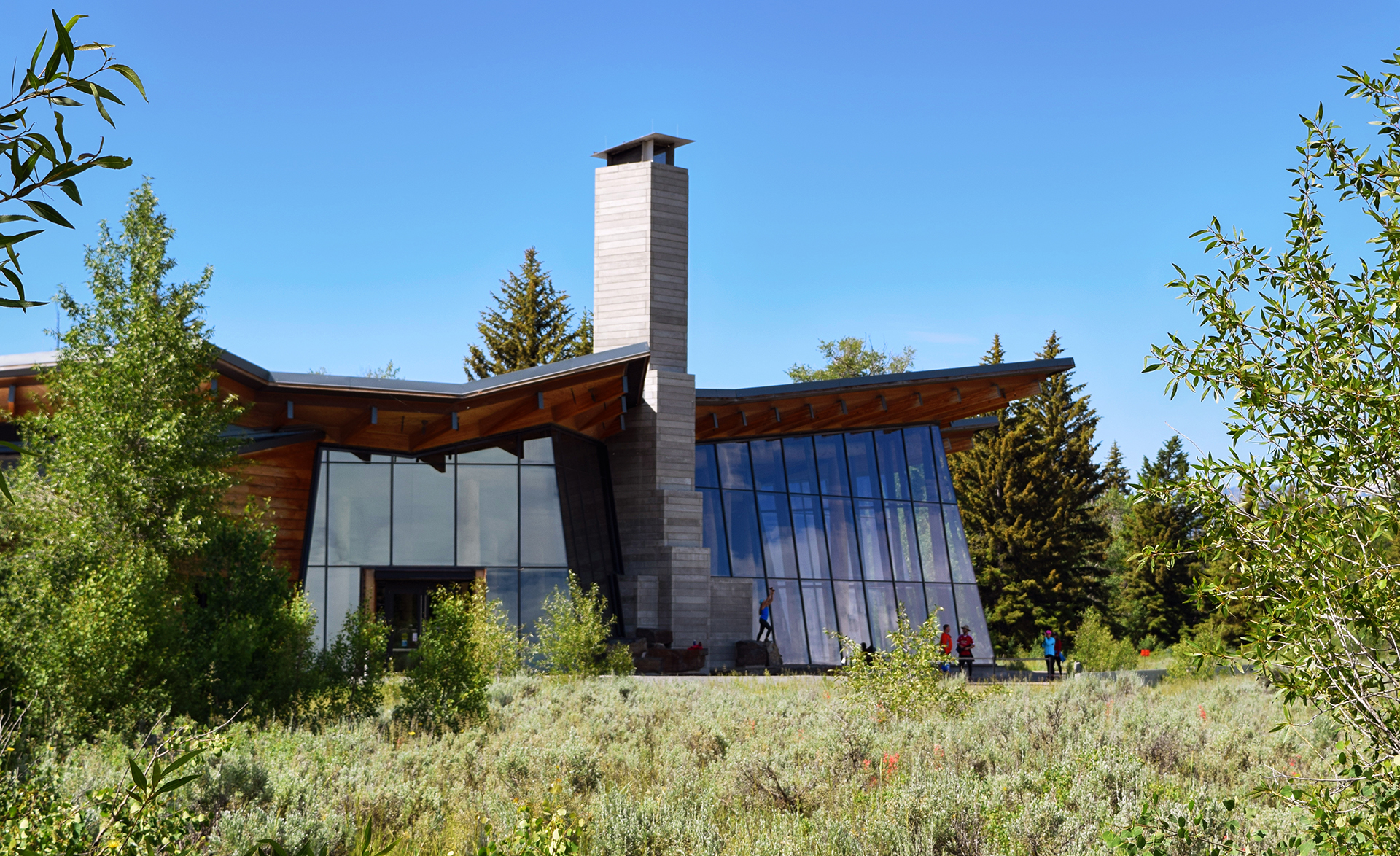

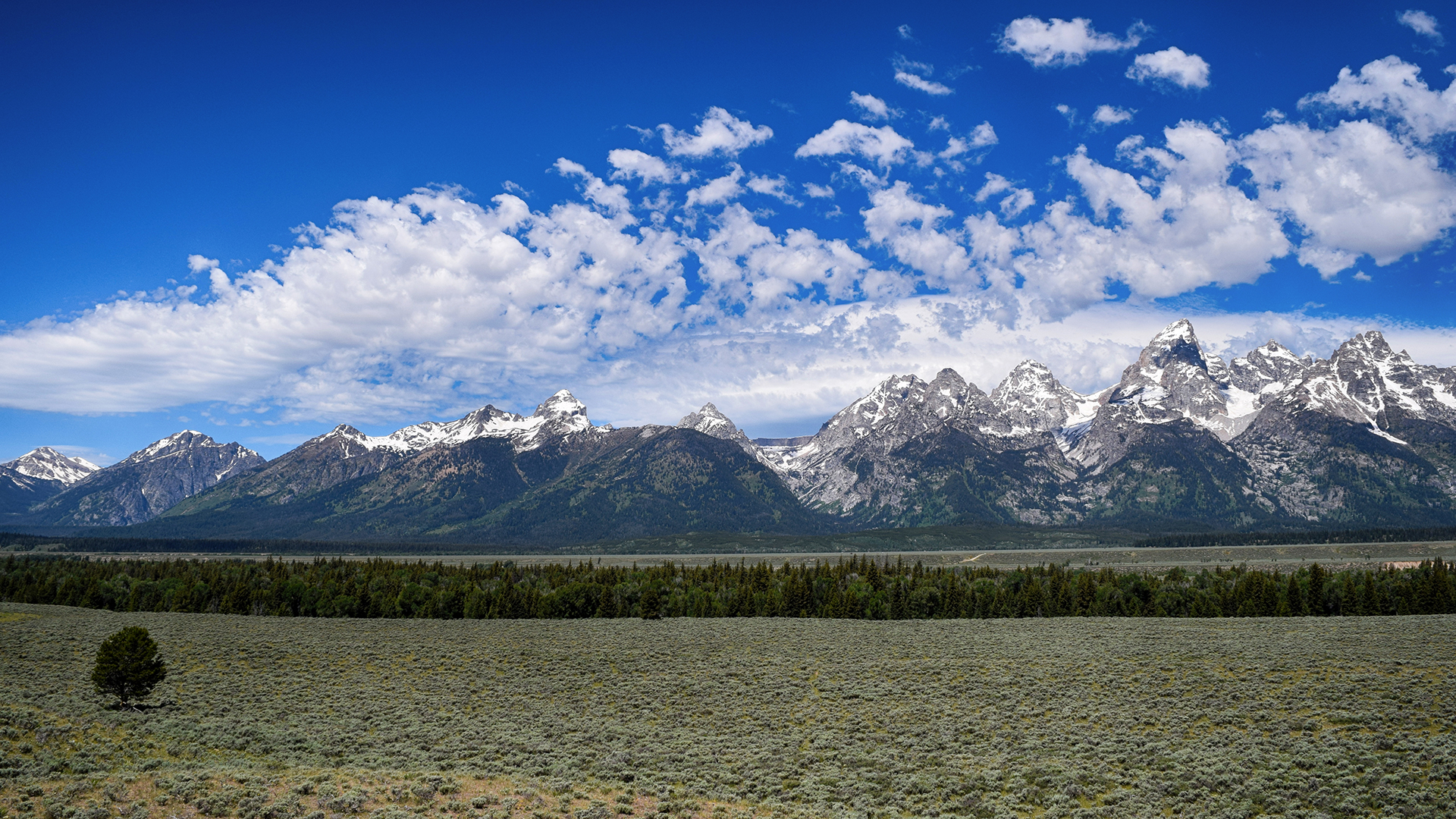























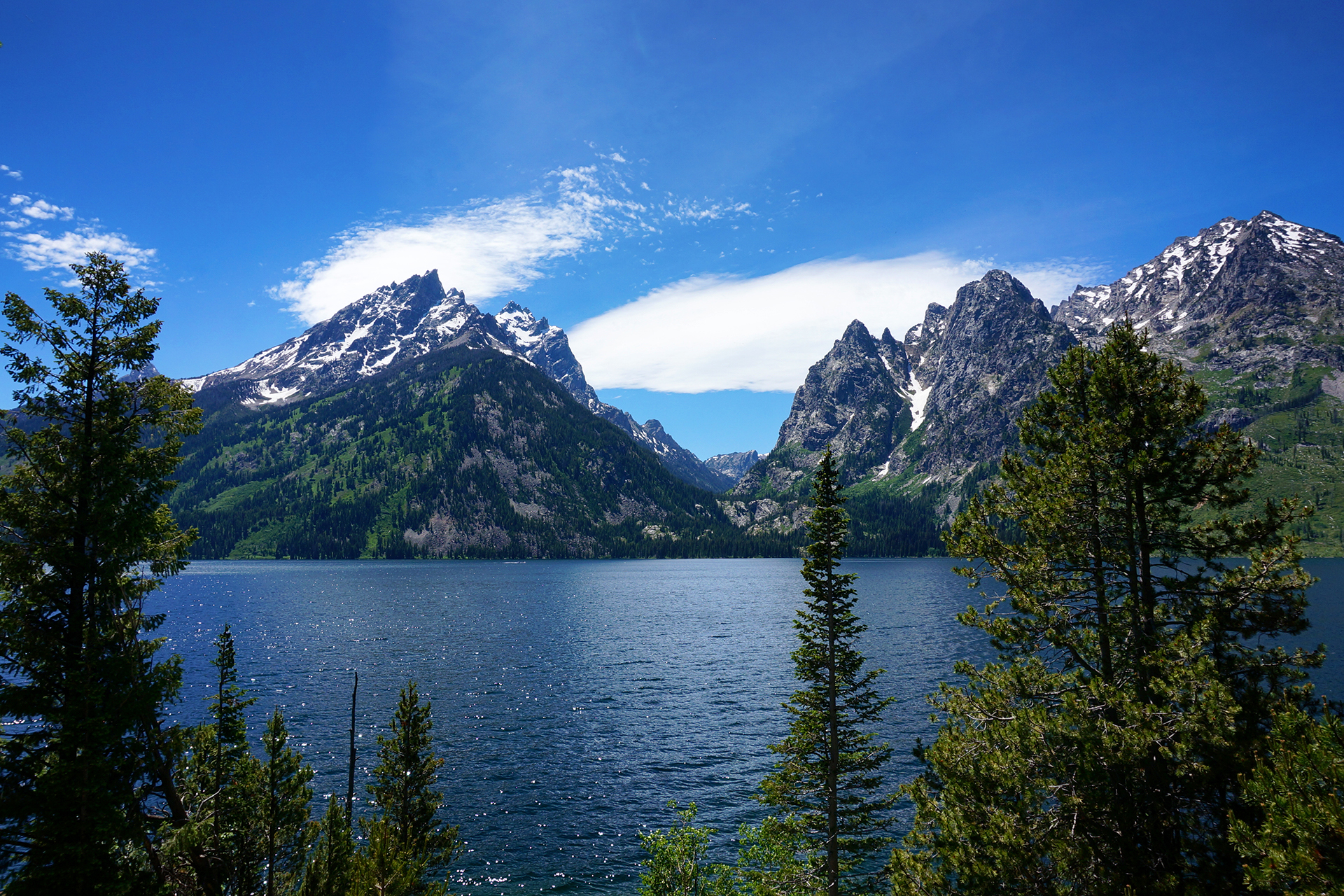
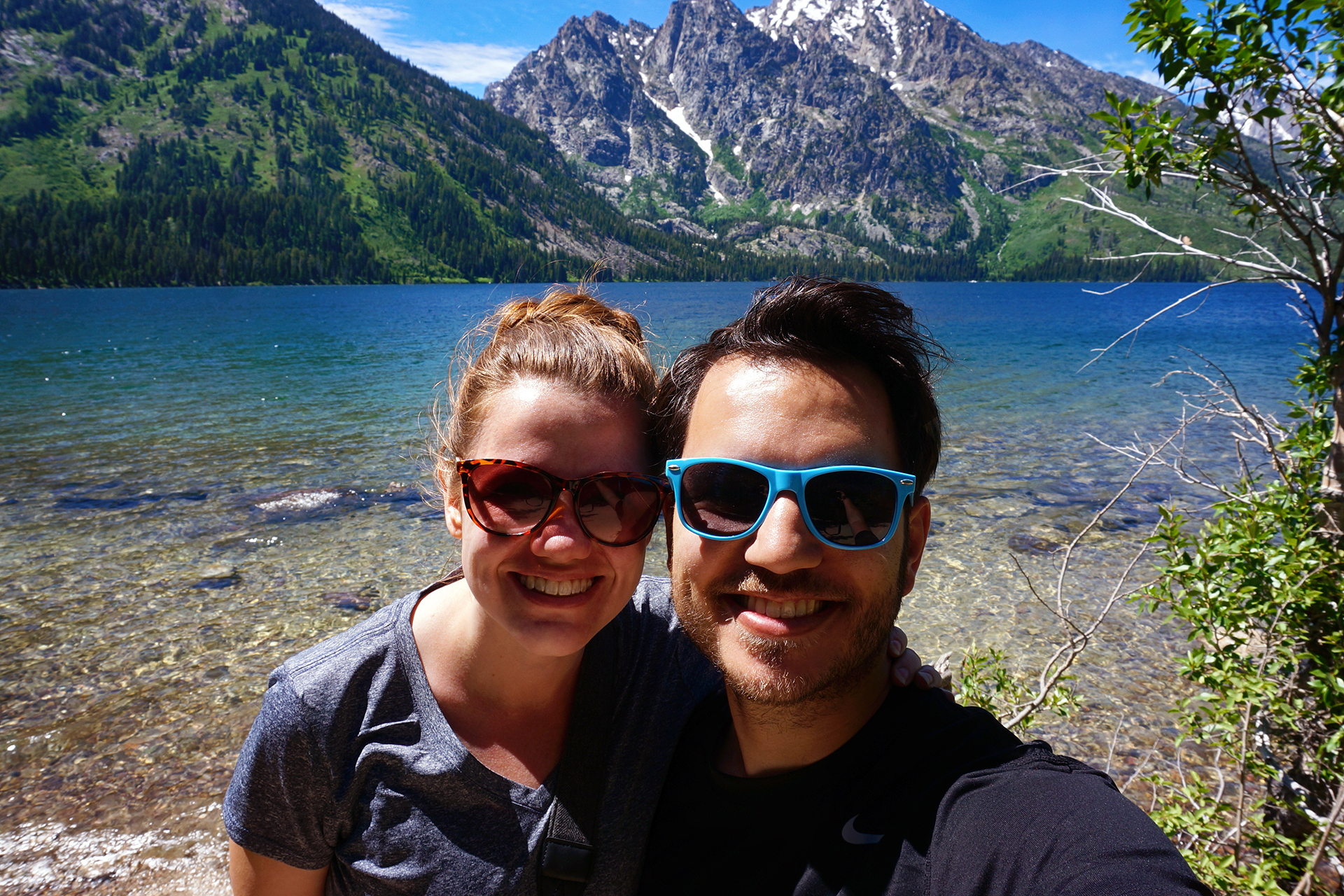
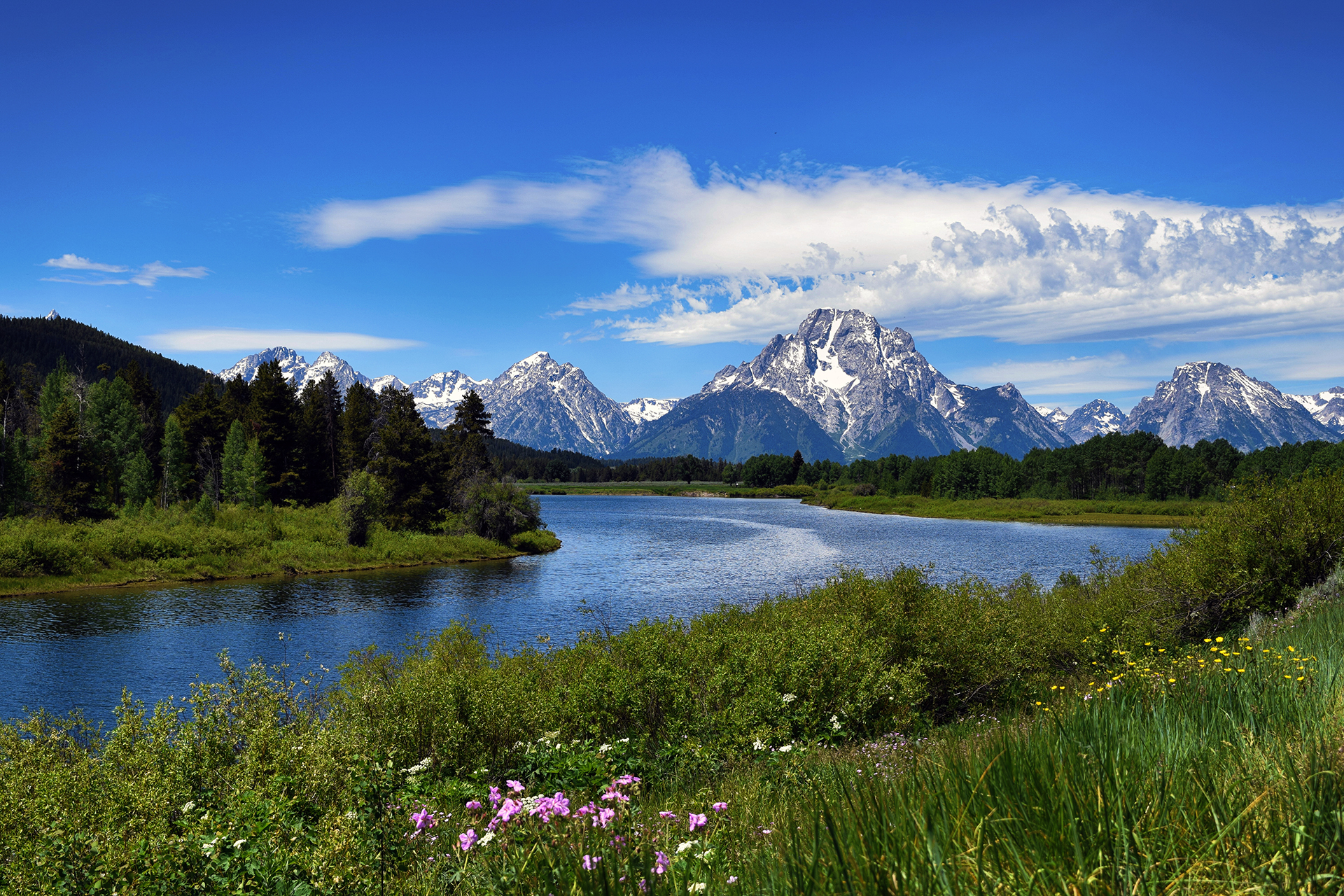
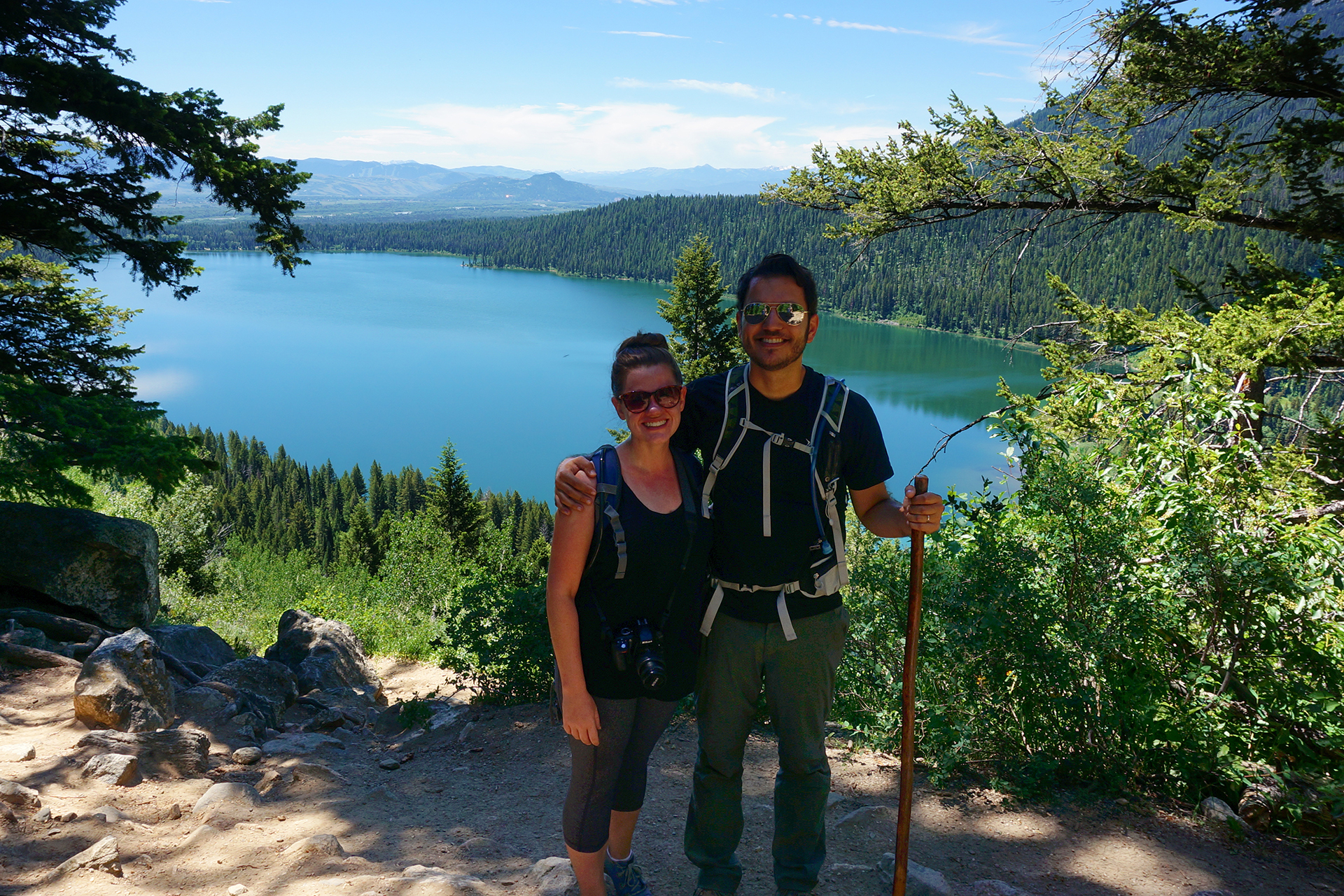










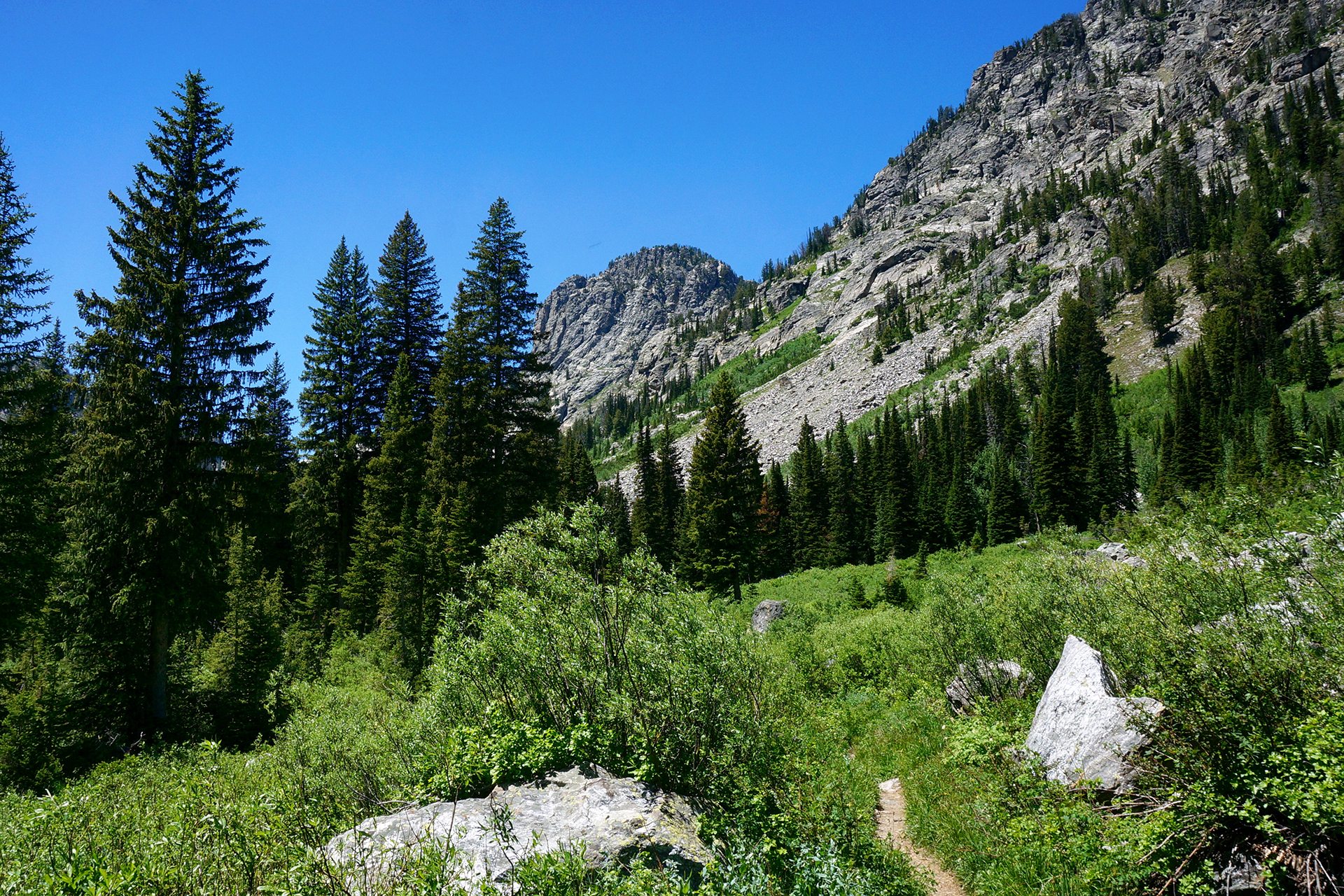














![xkcd-100-family_circus[1] Courtesy of xkcd](http://nothing-mundane.com/wp-content/uploads/2017/03/xkcd-100-family_circus1.jpg)
